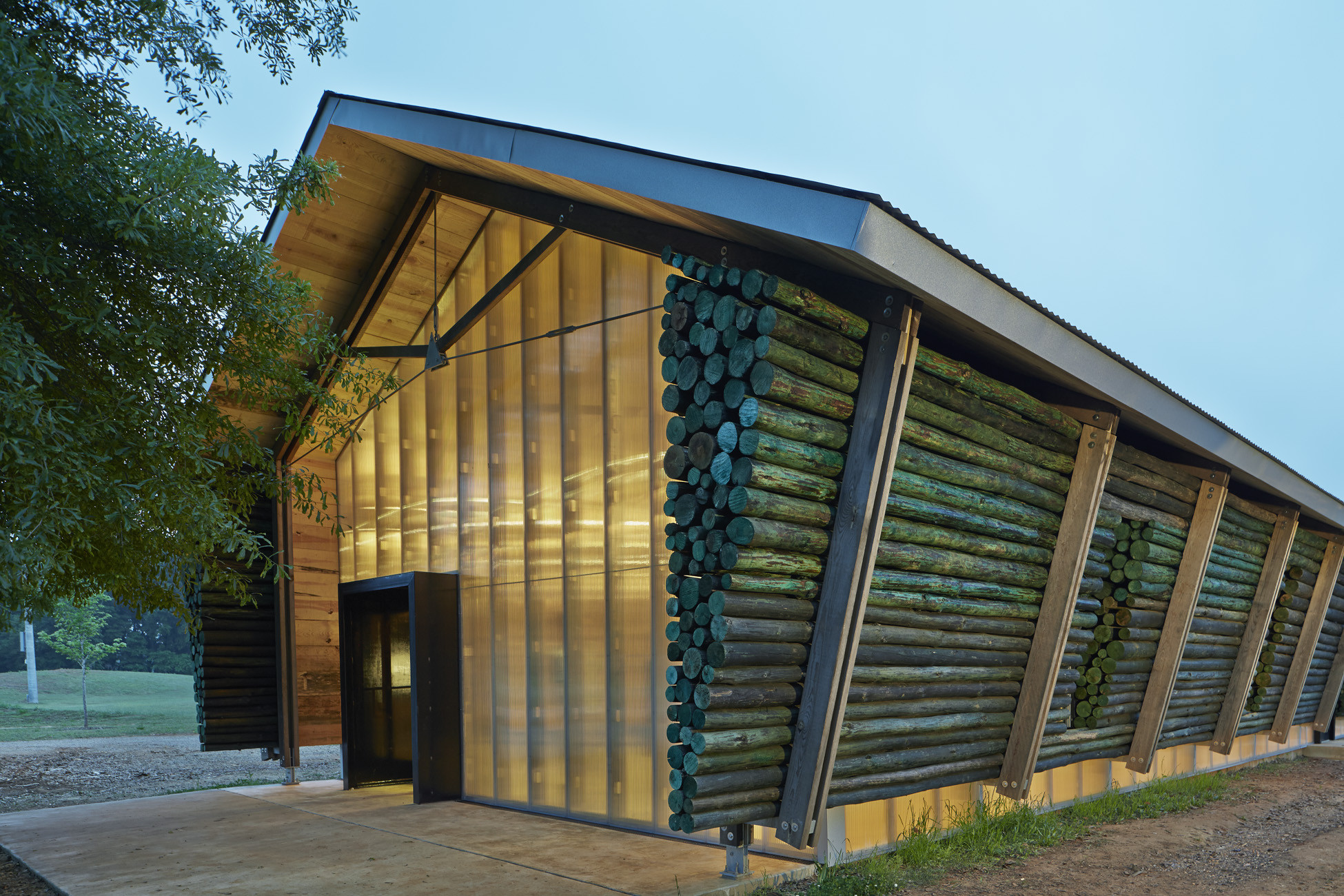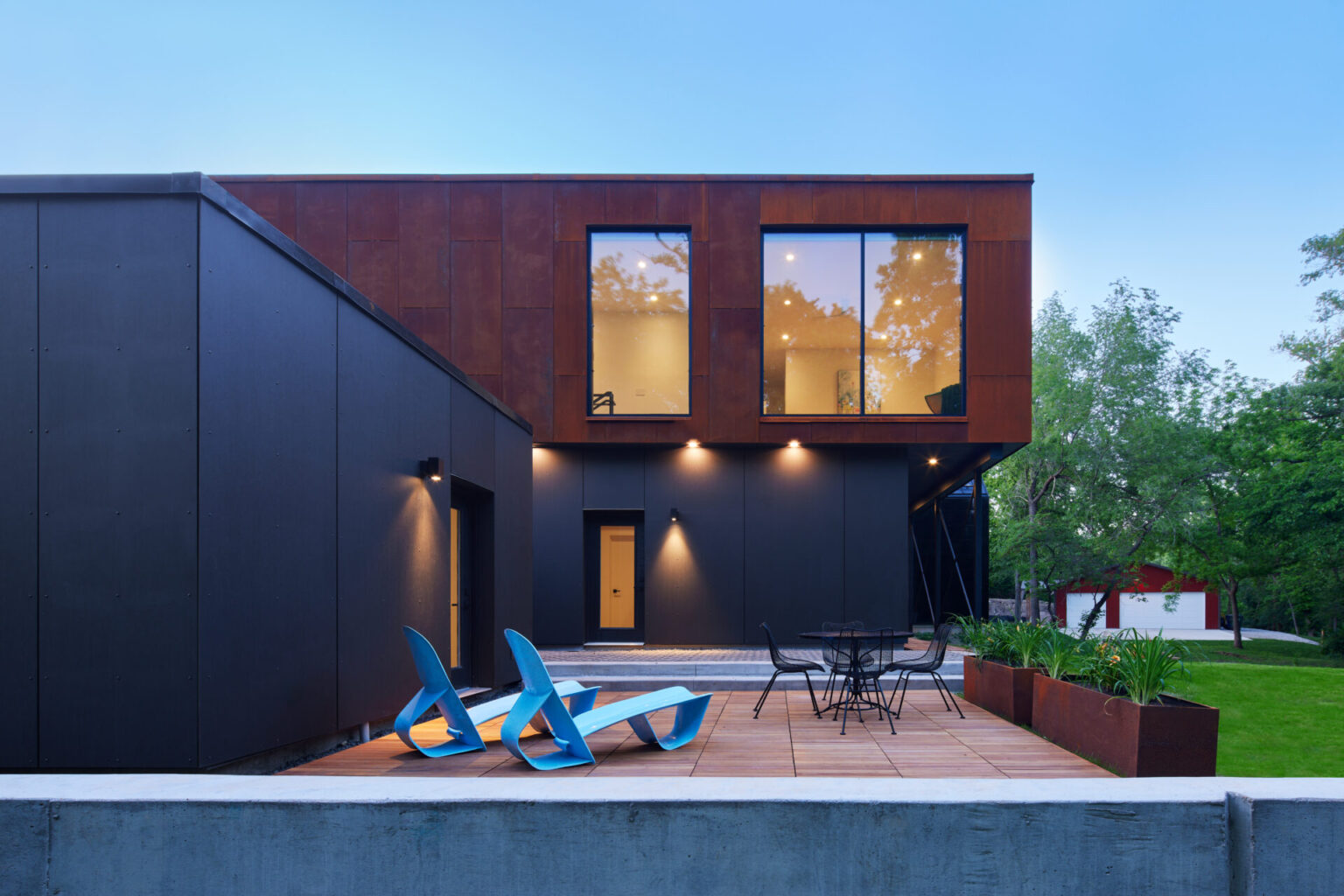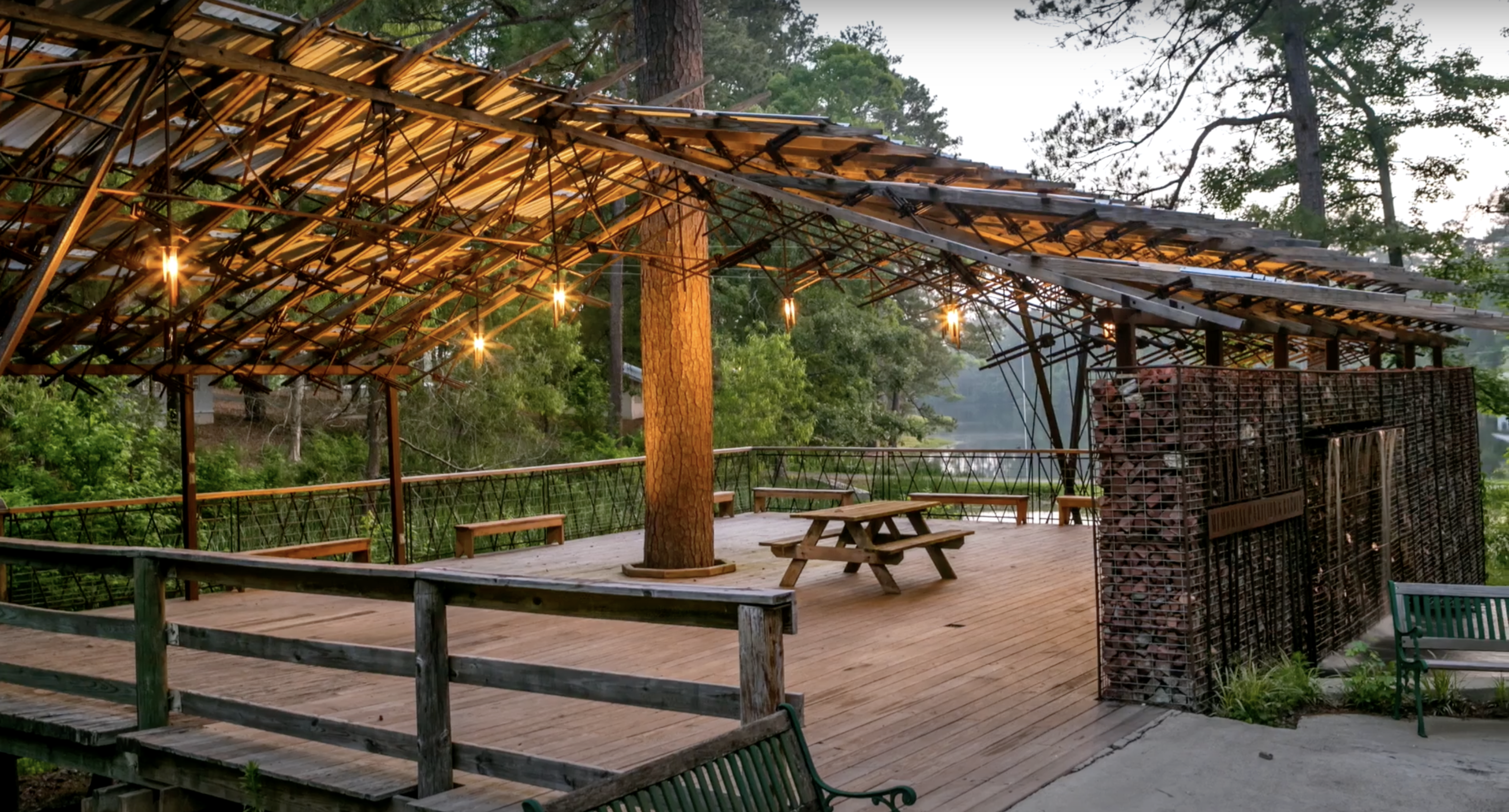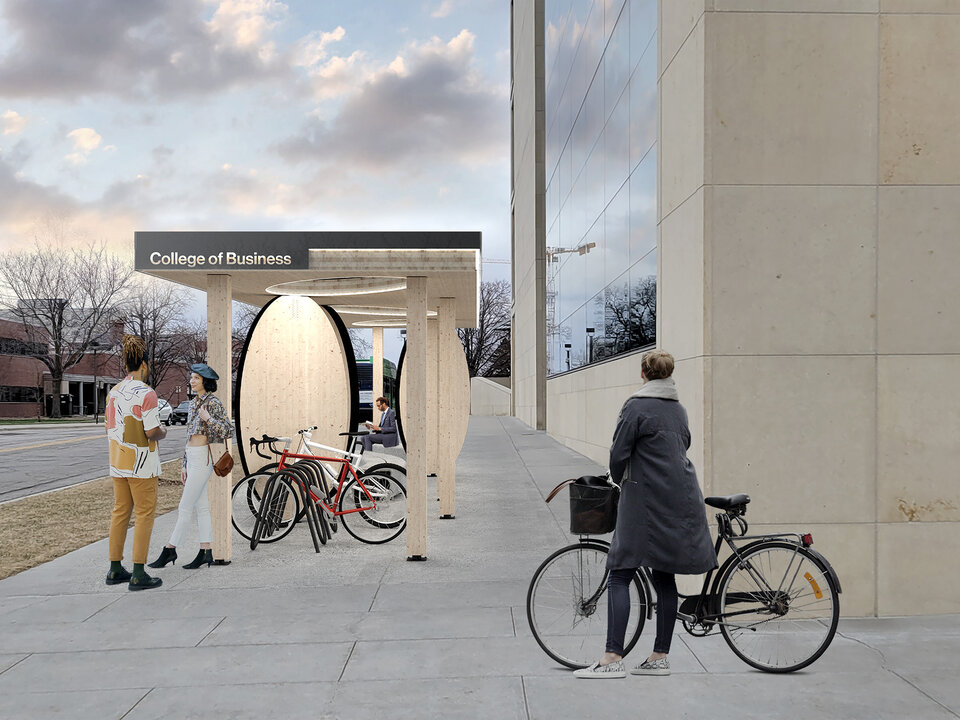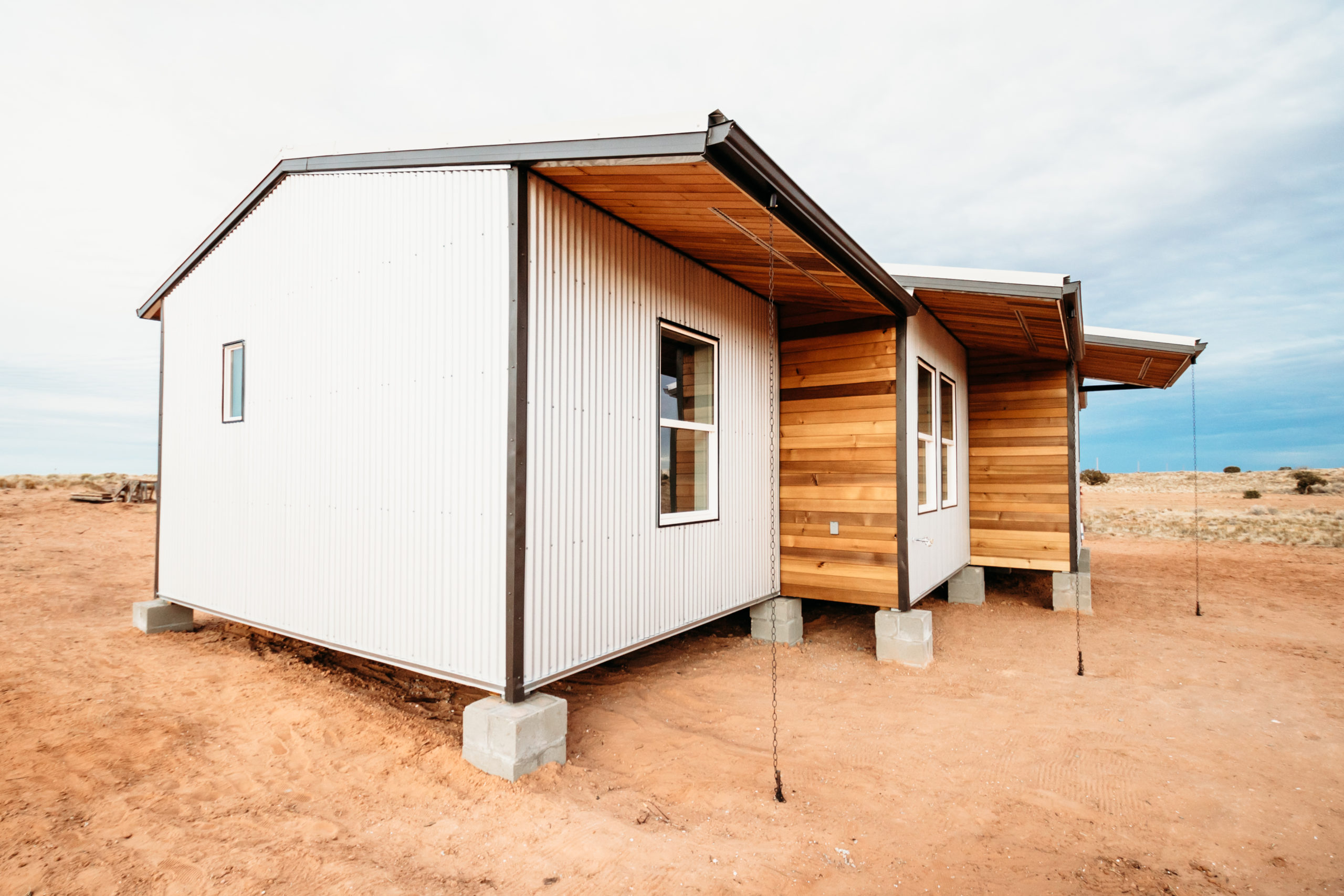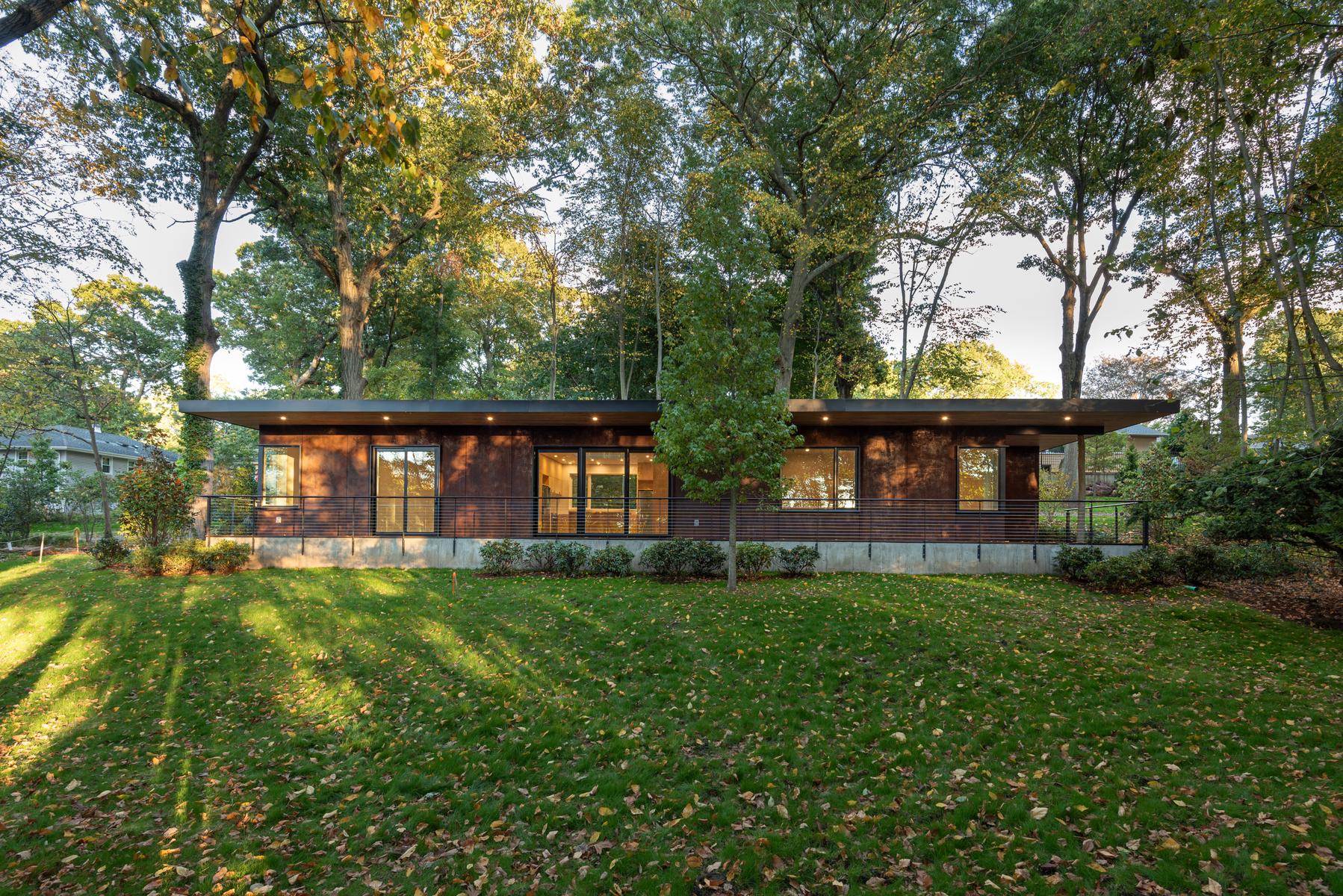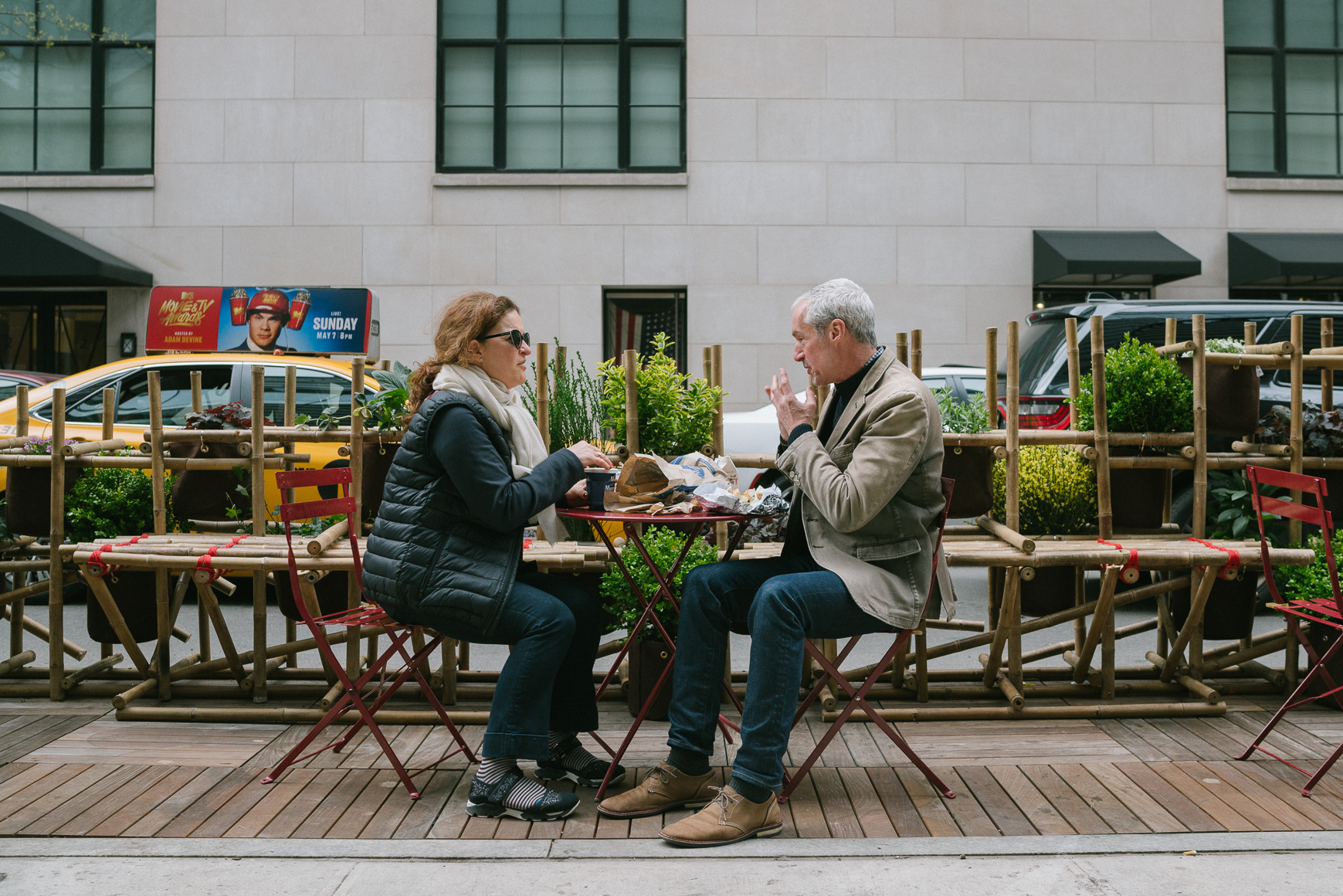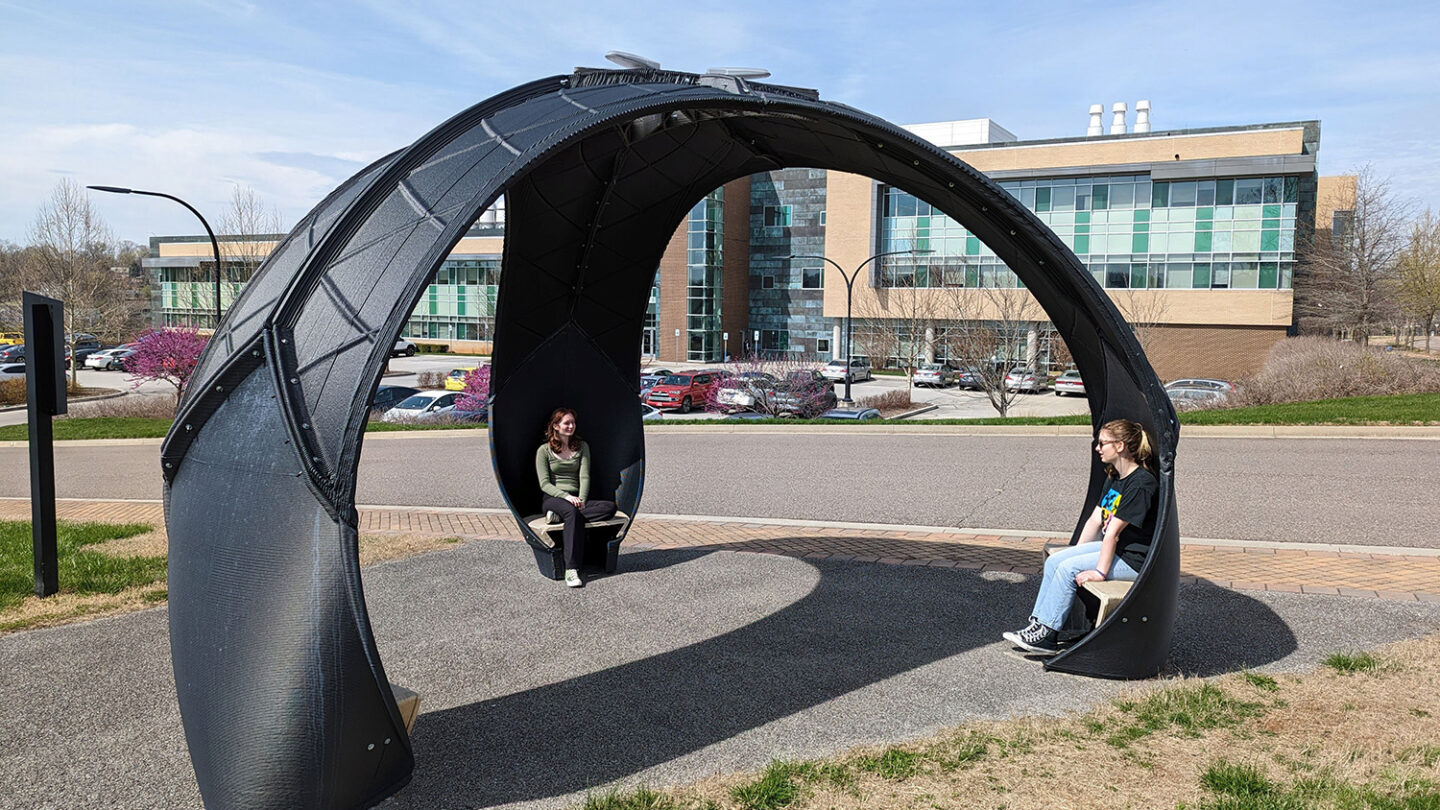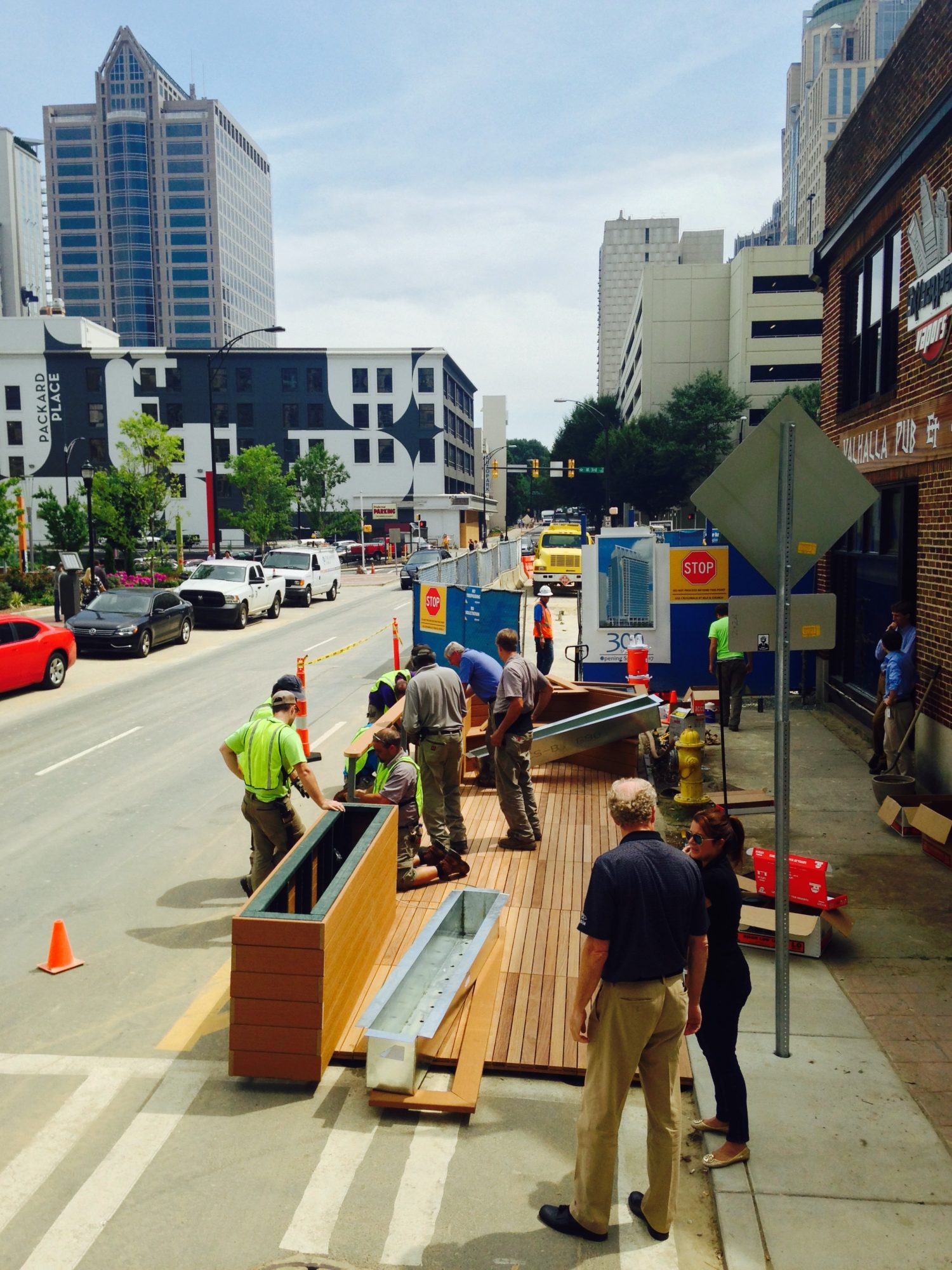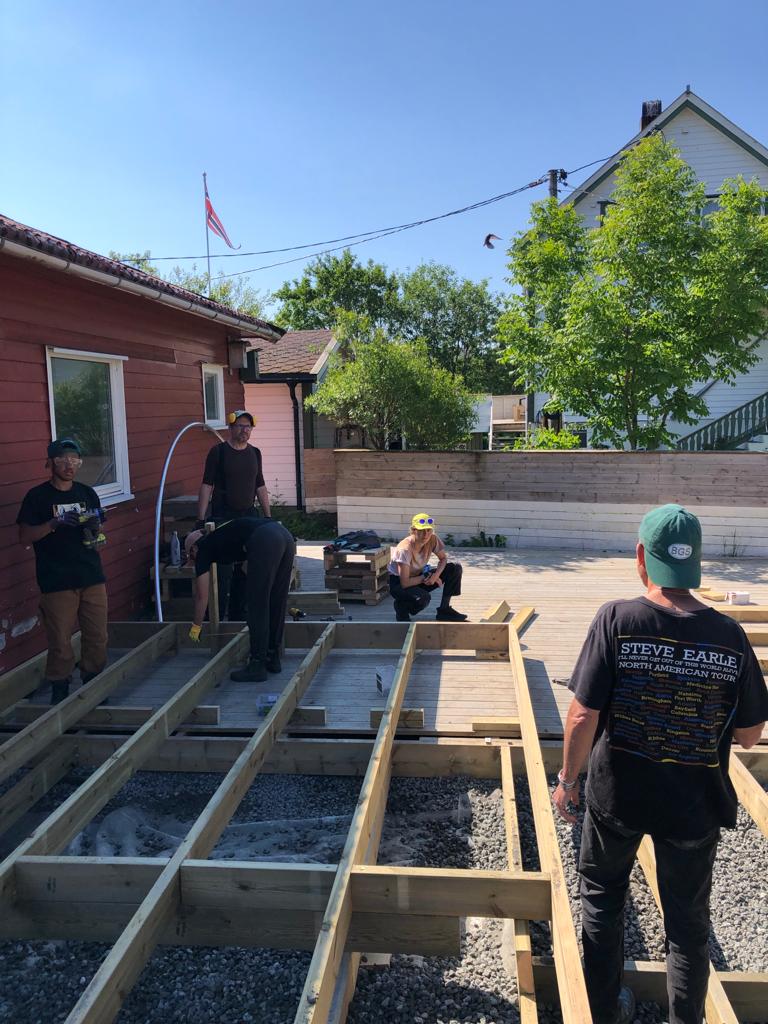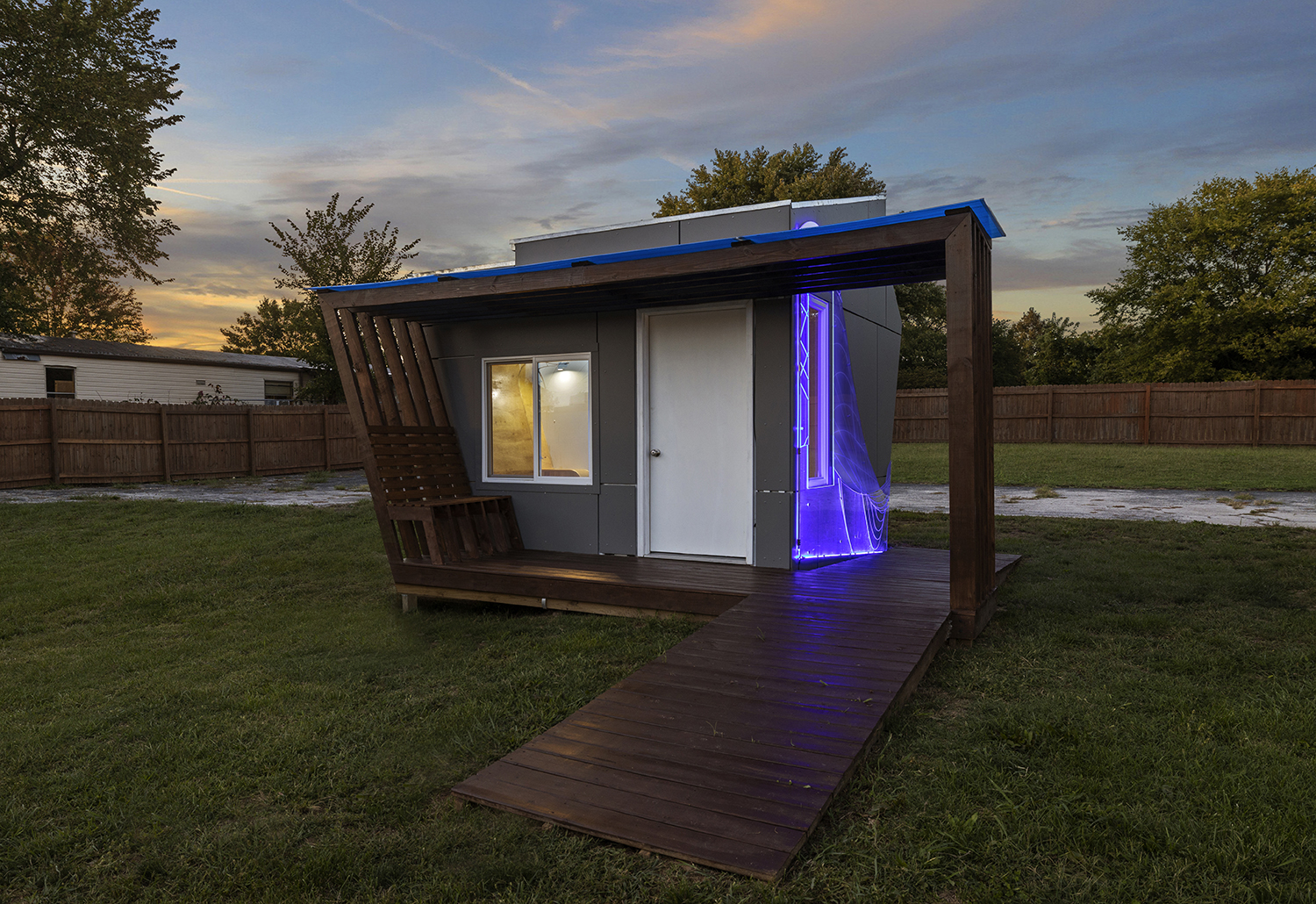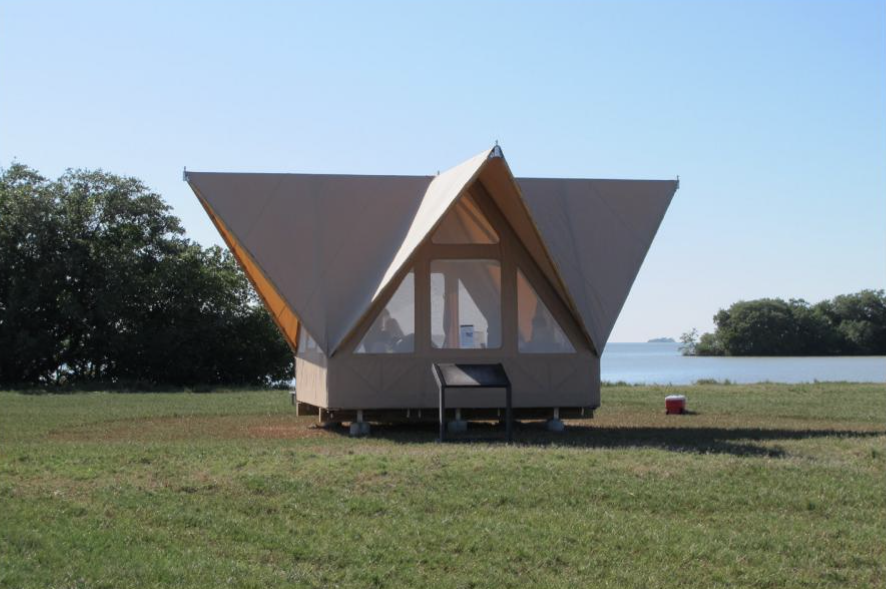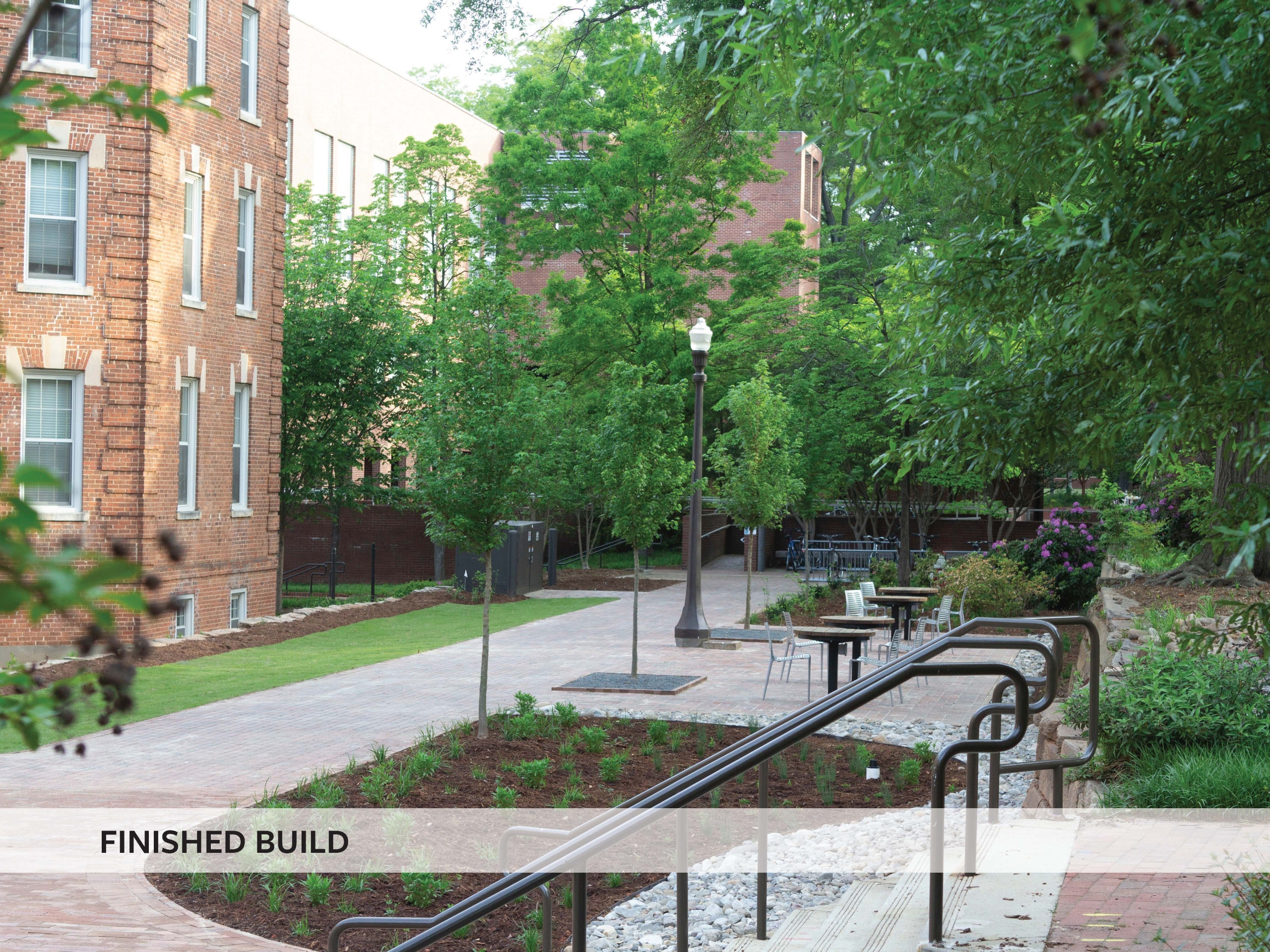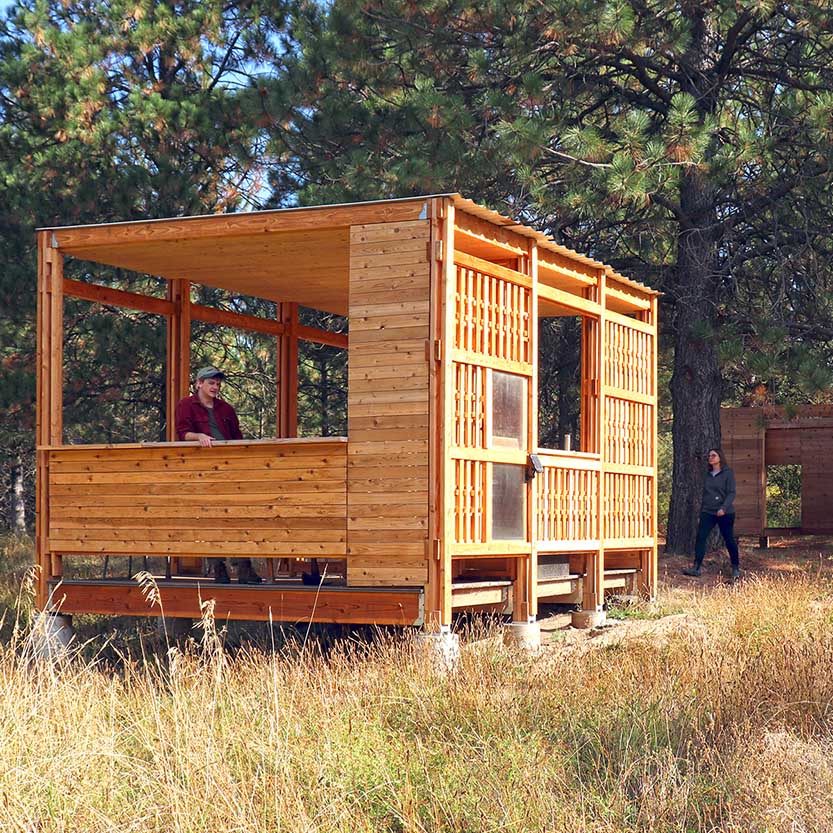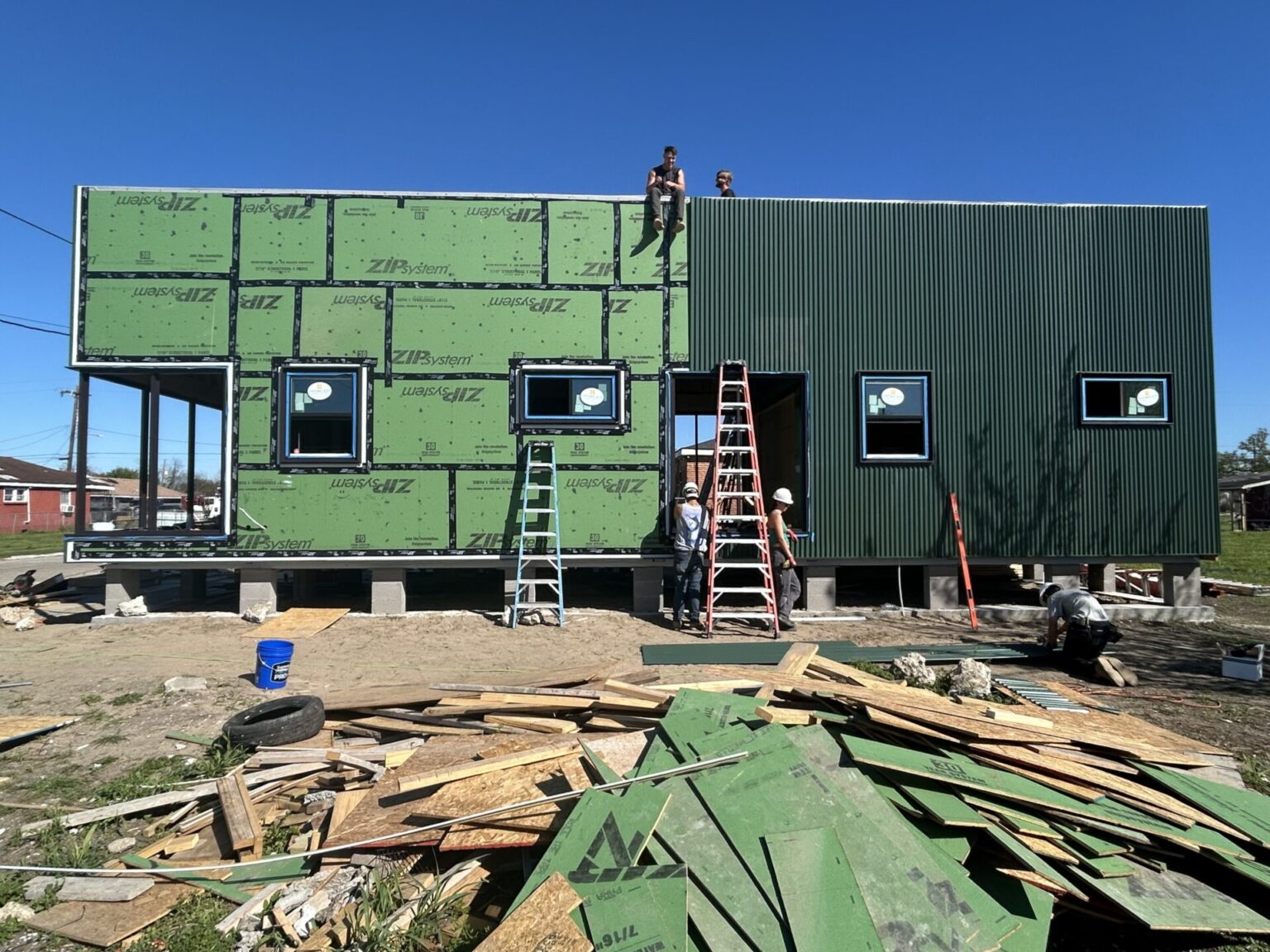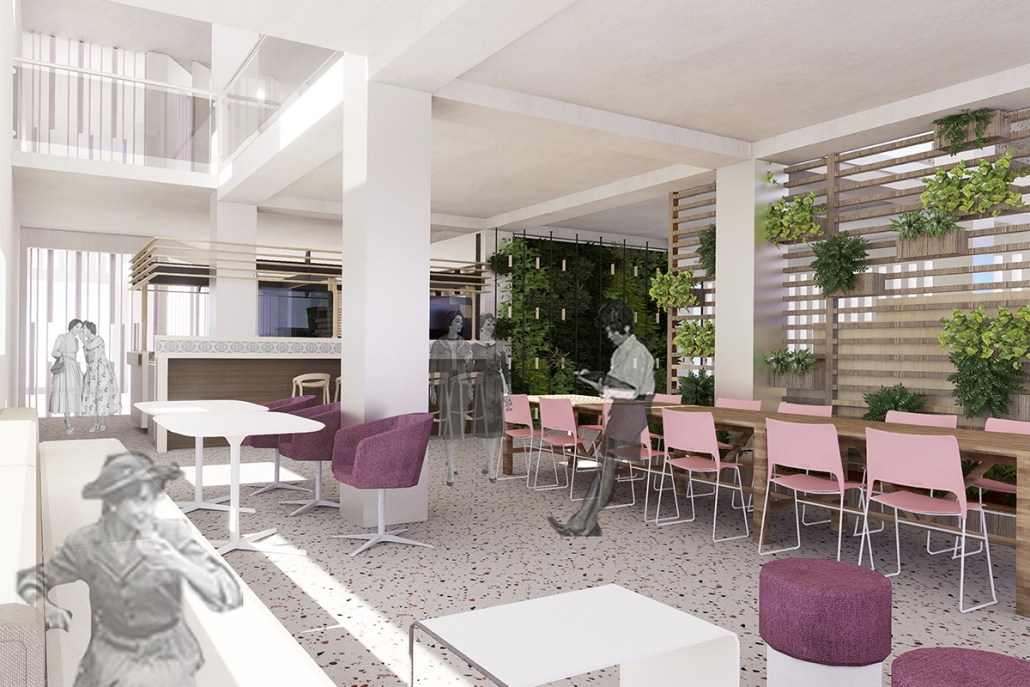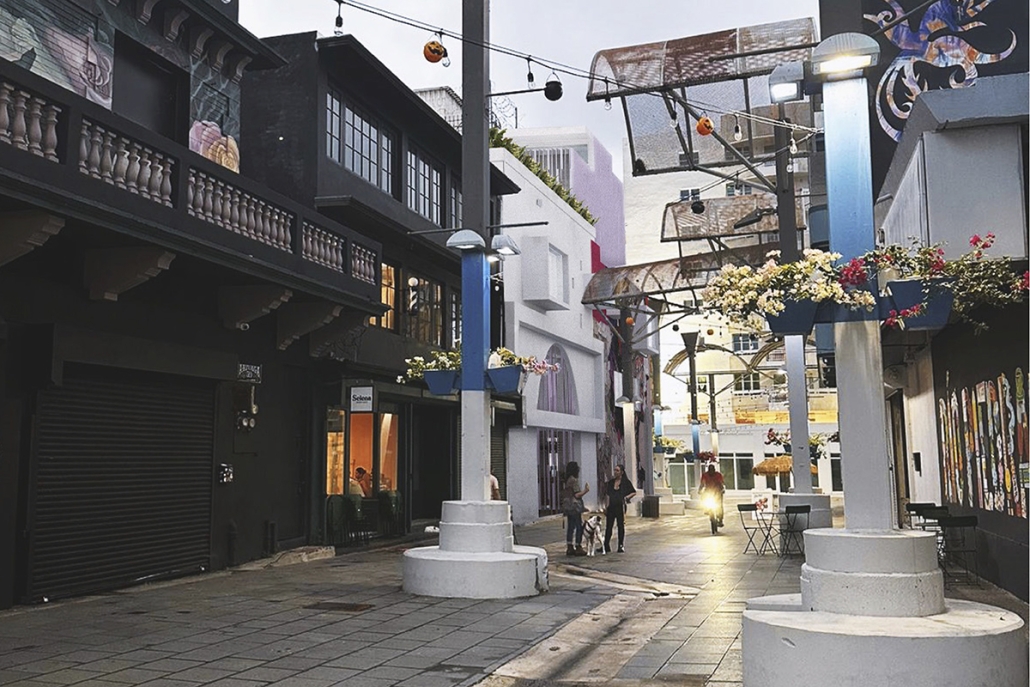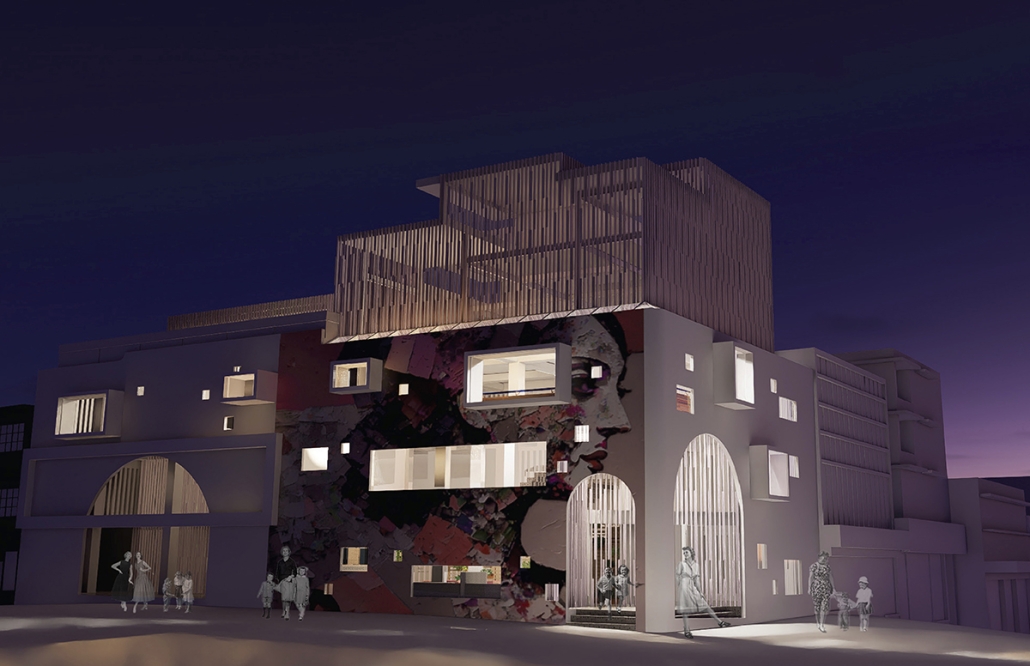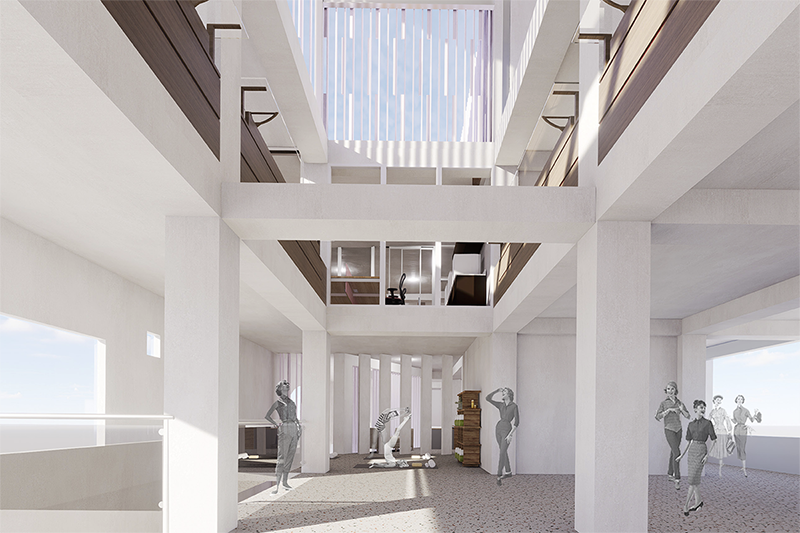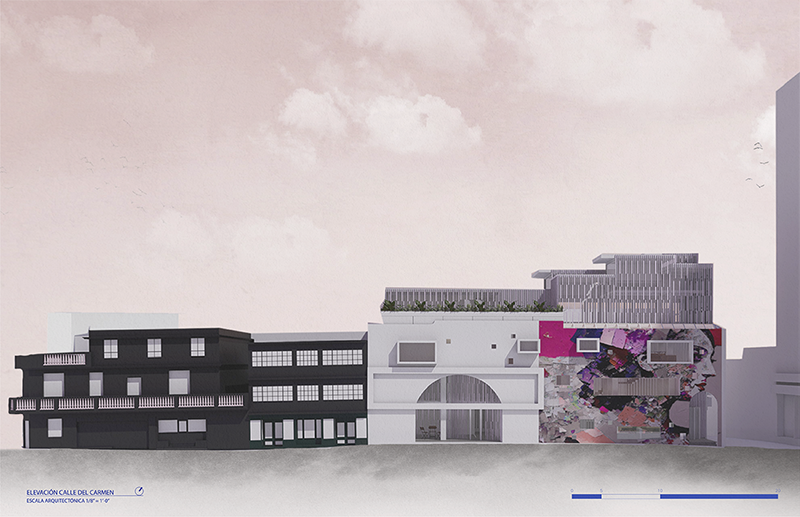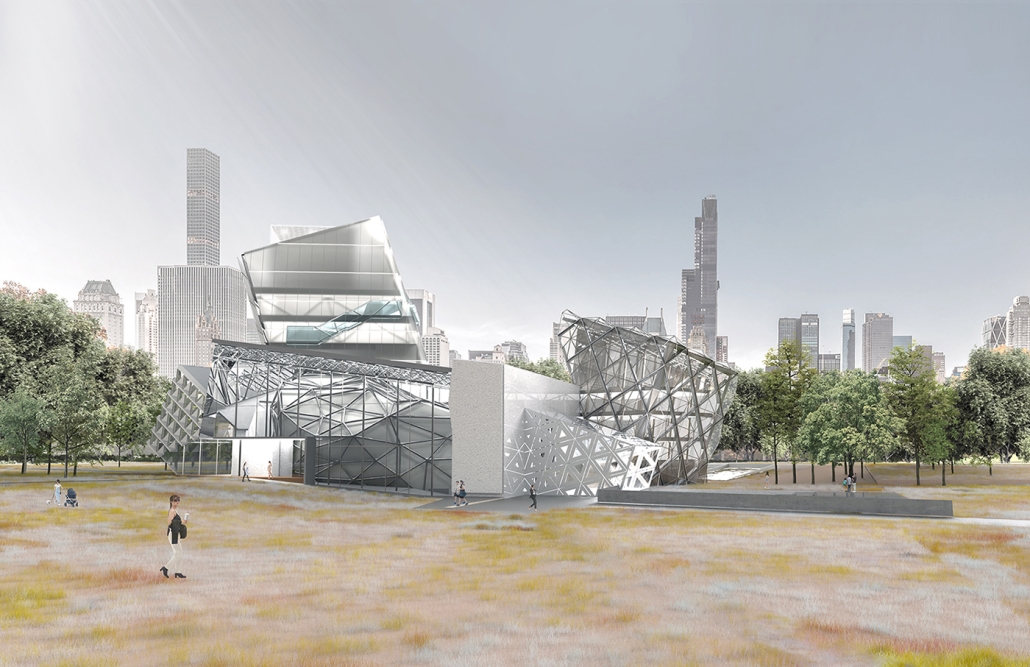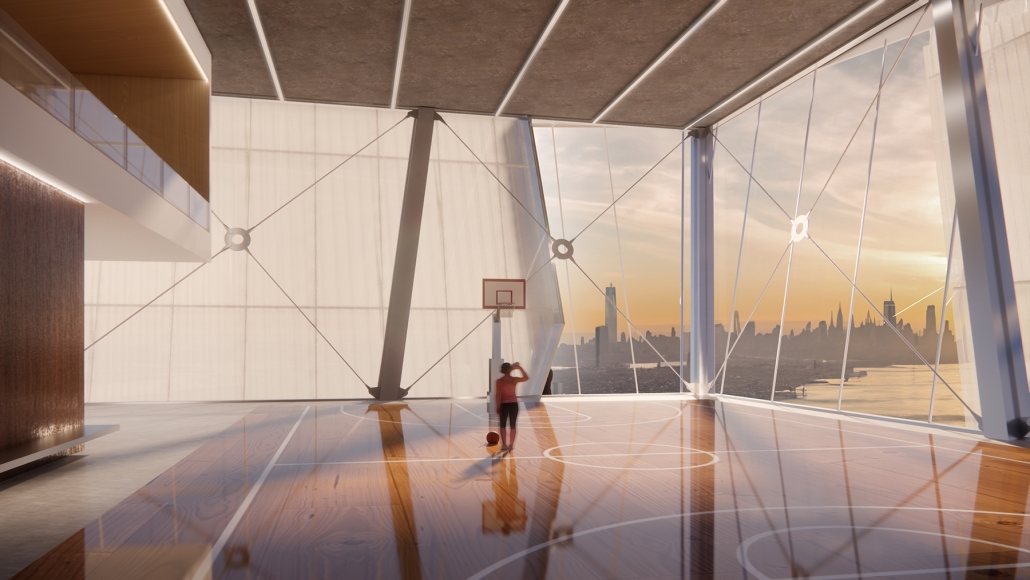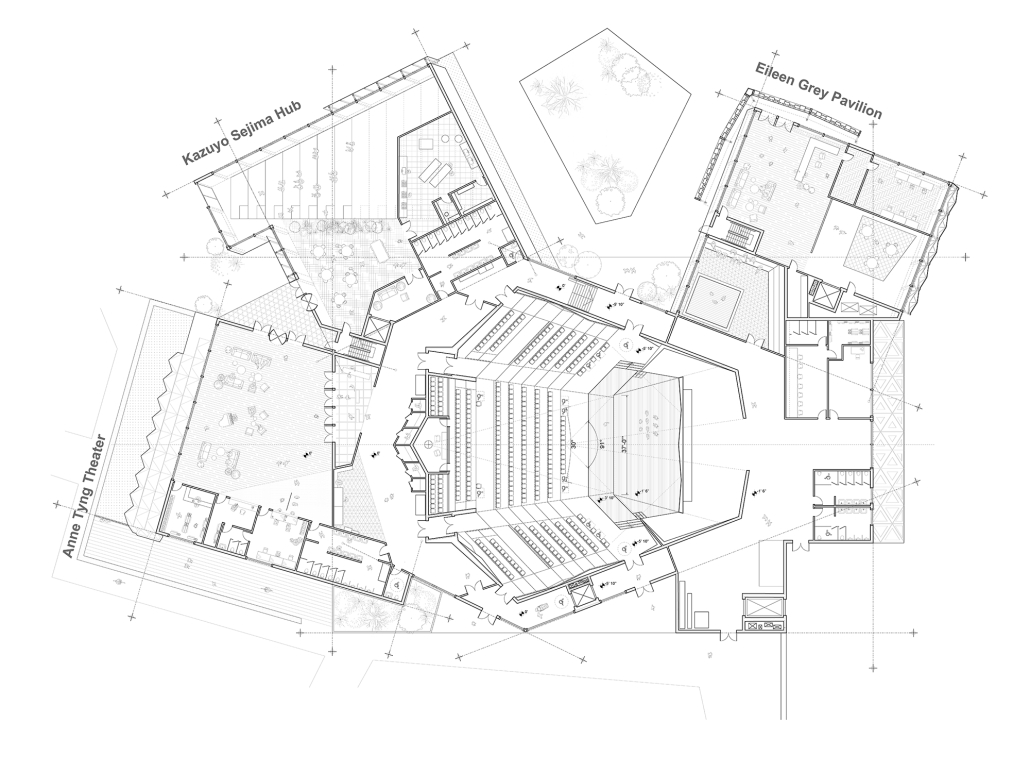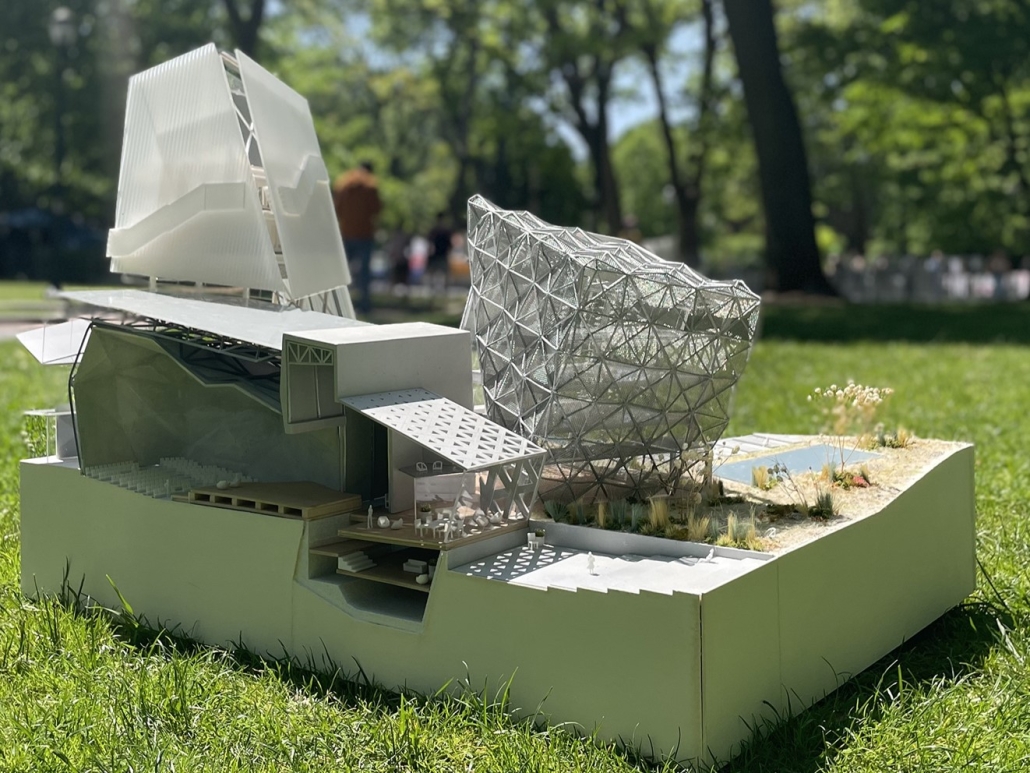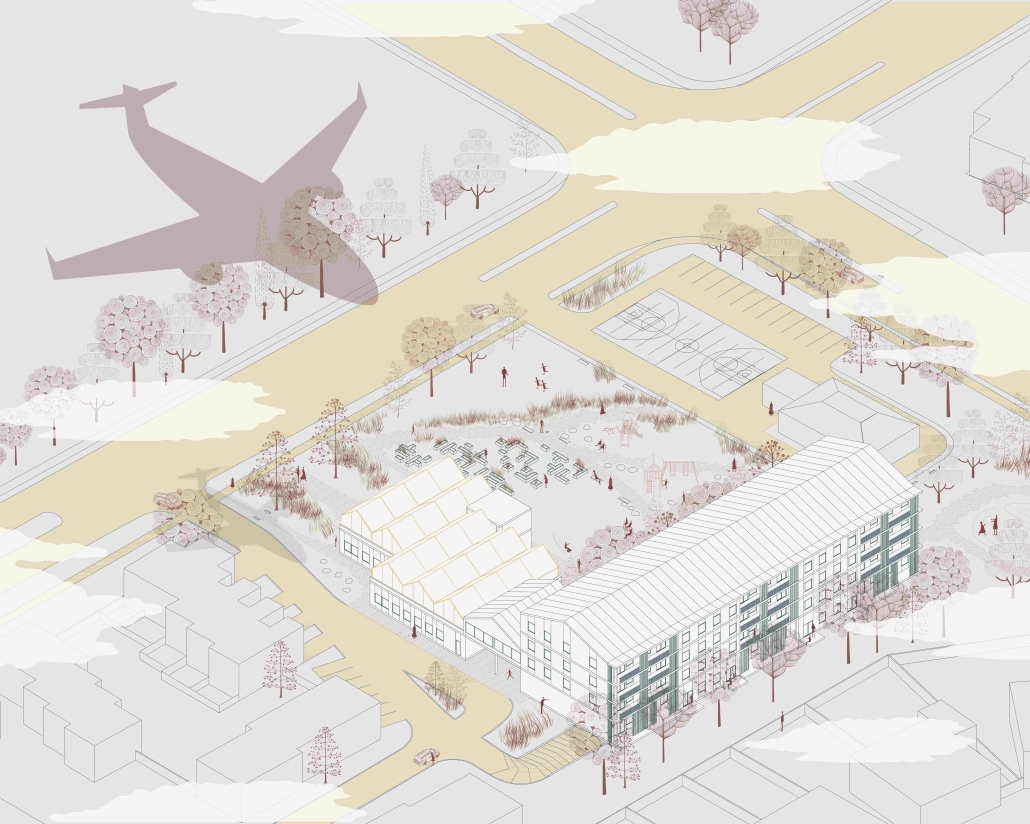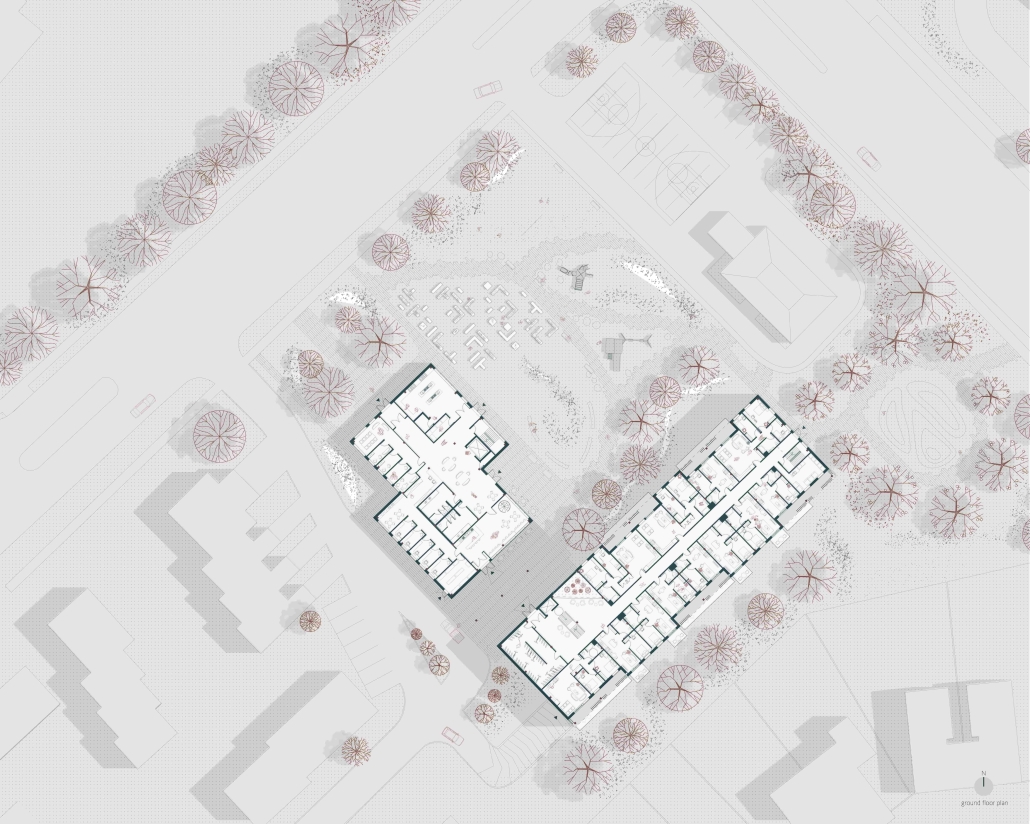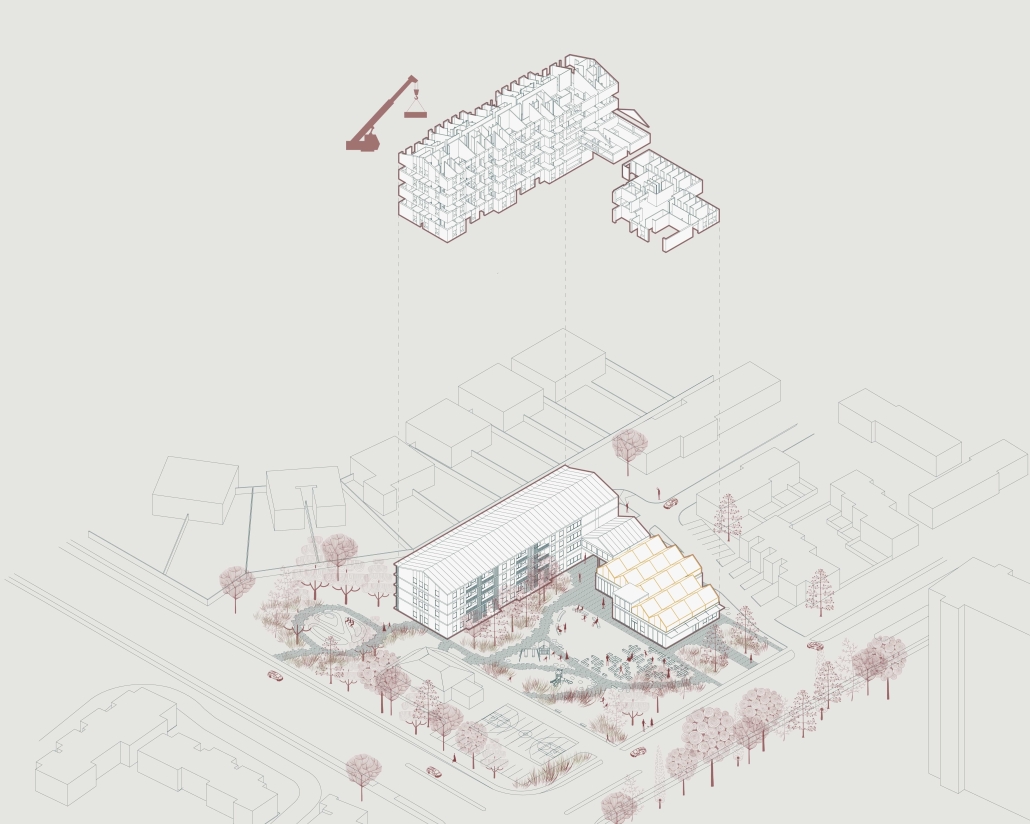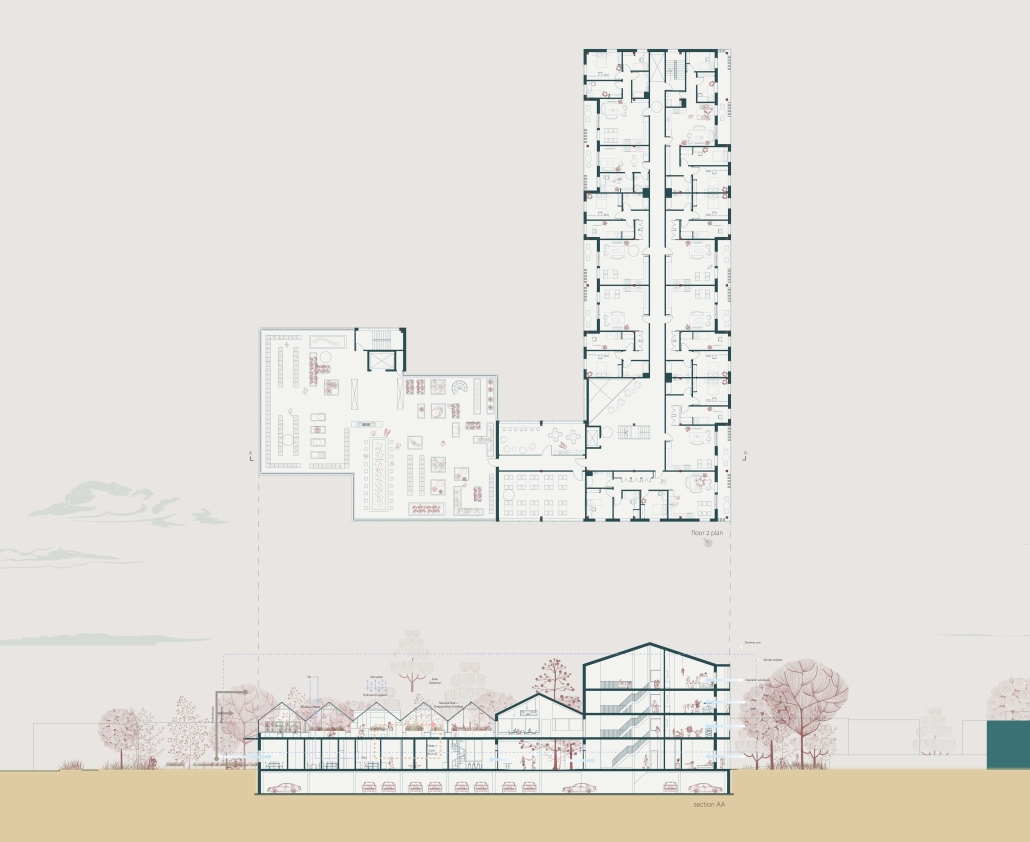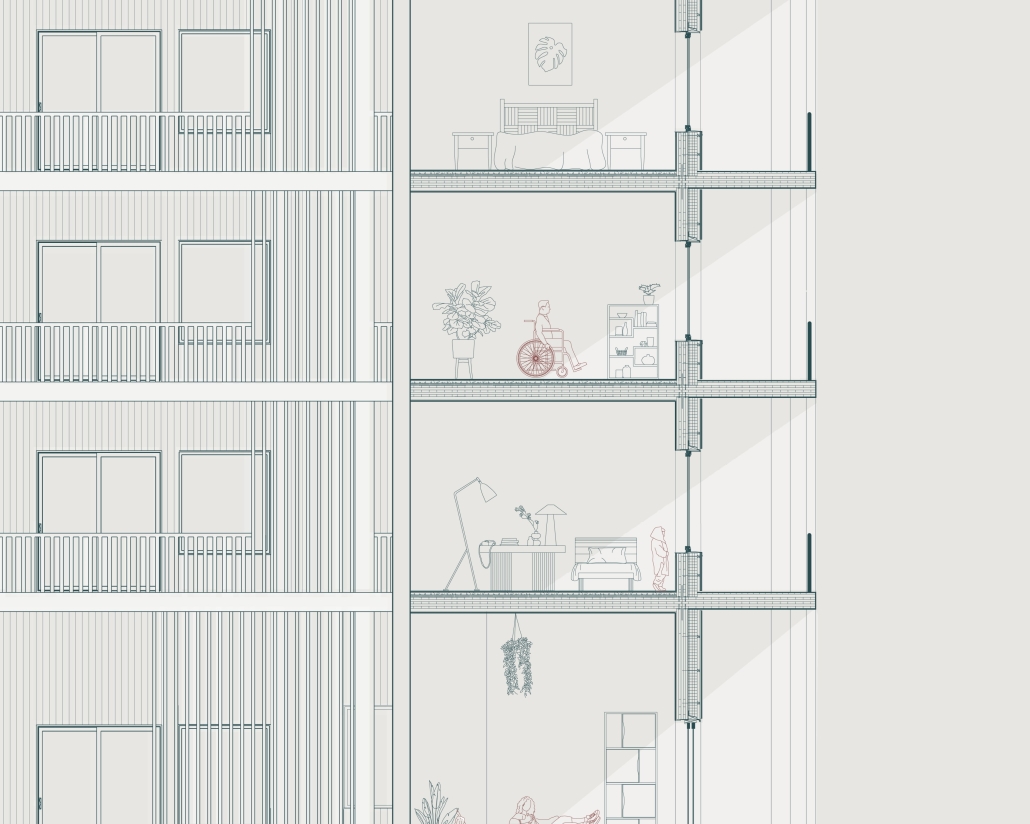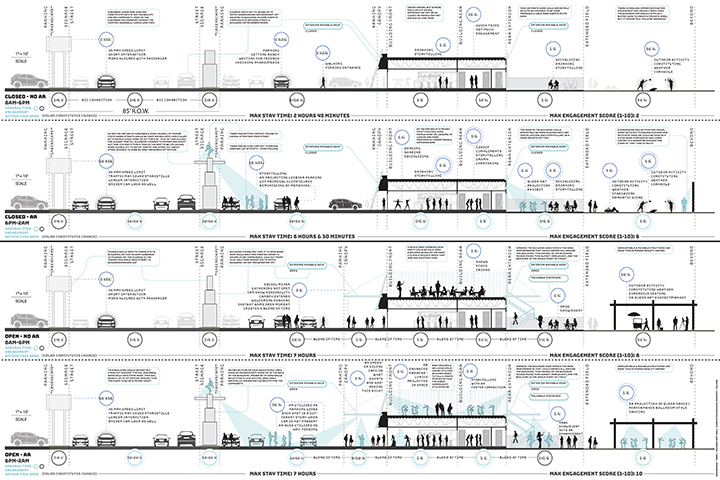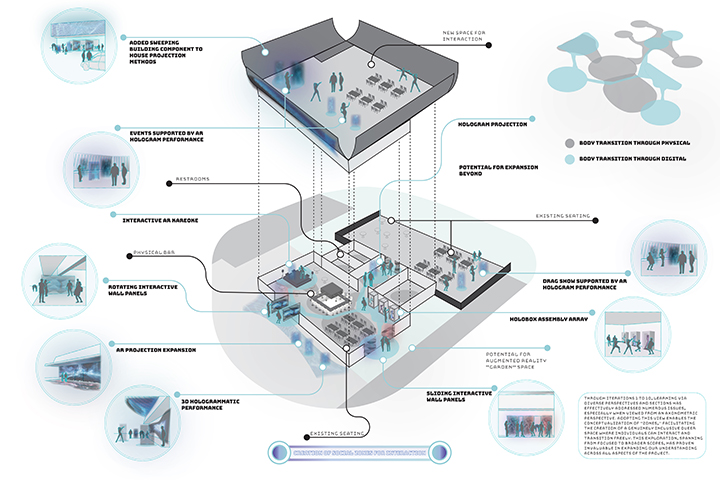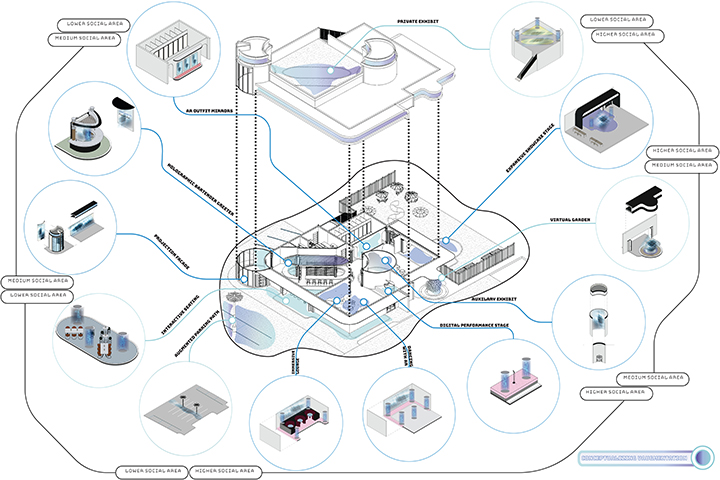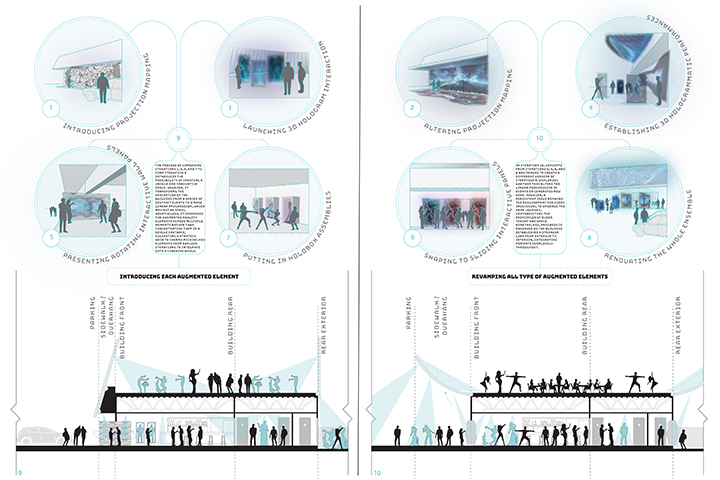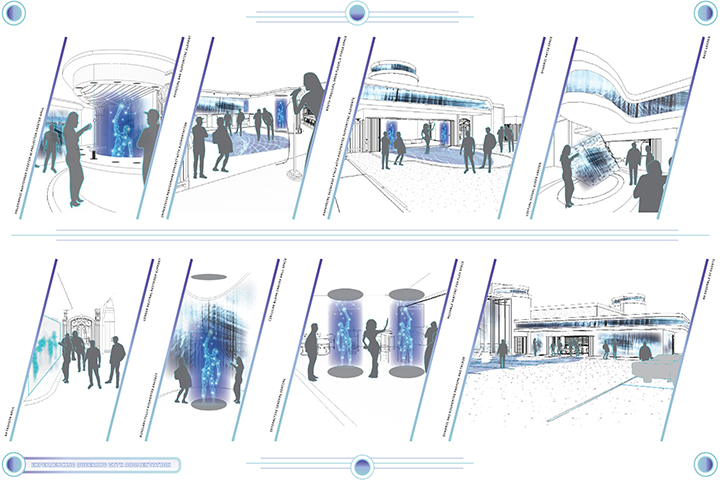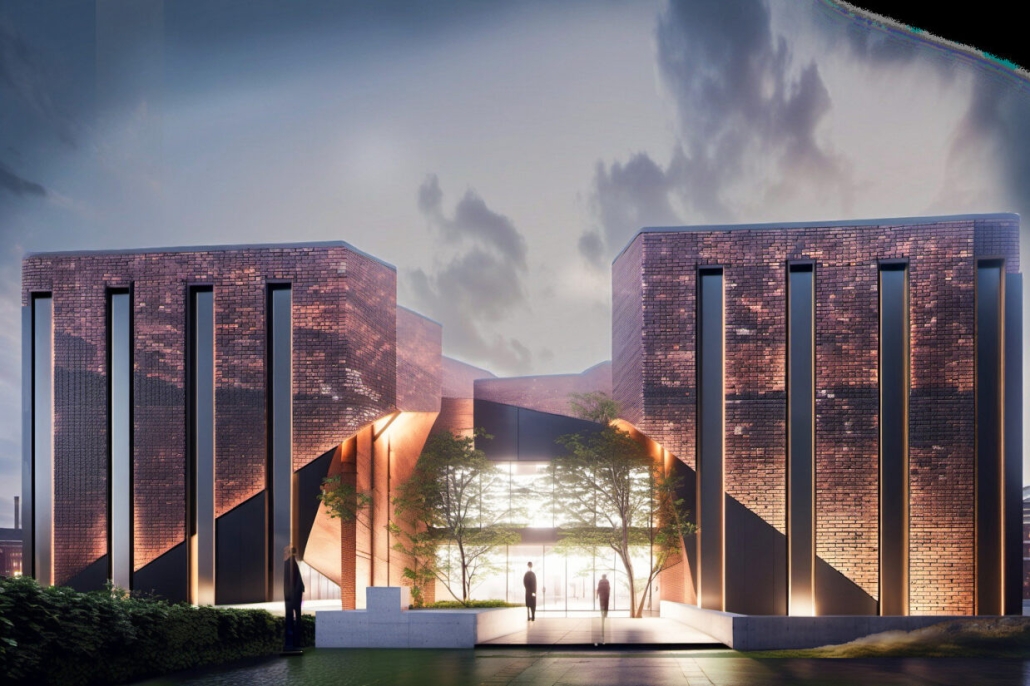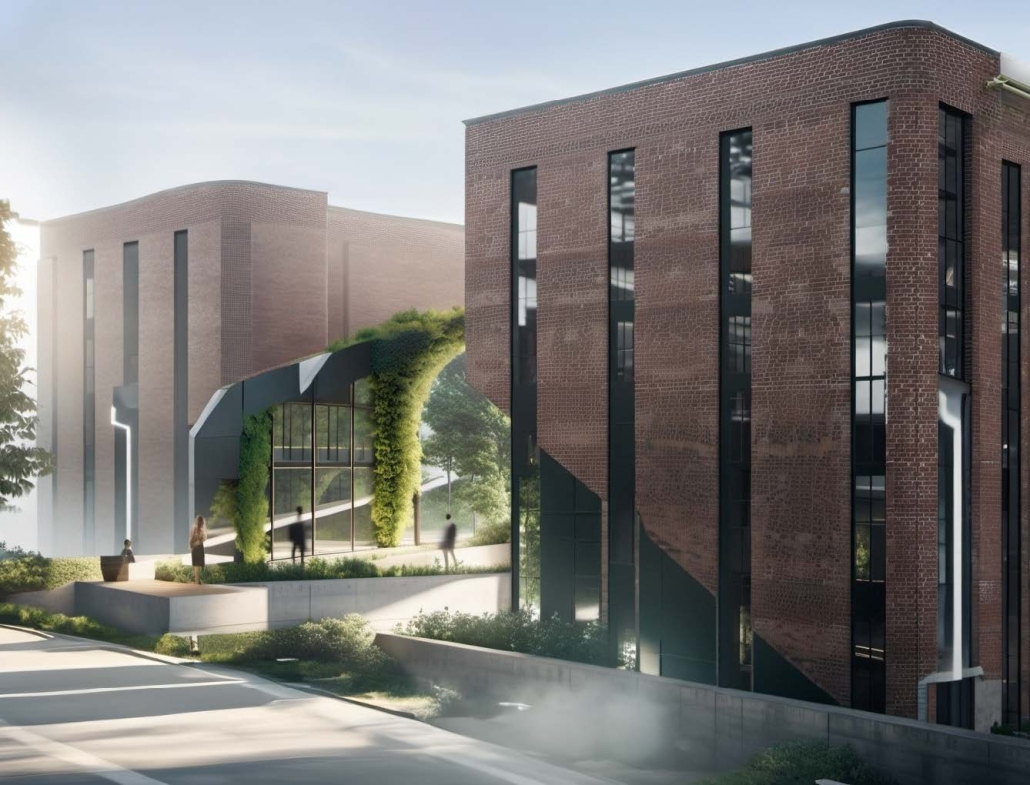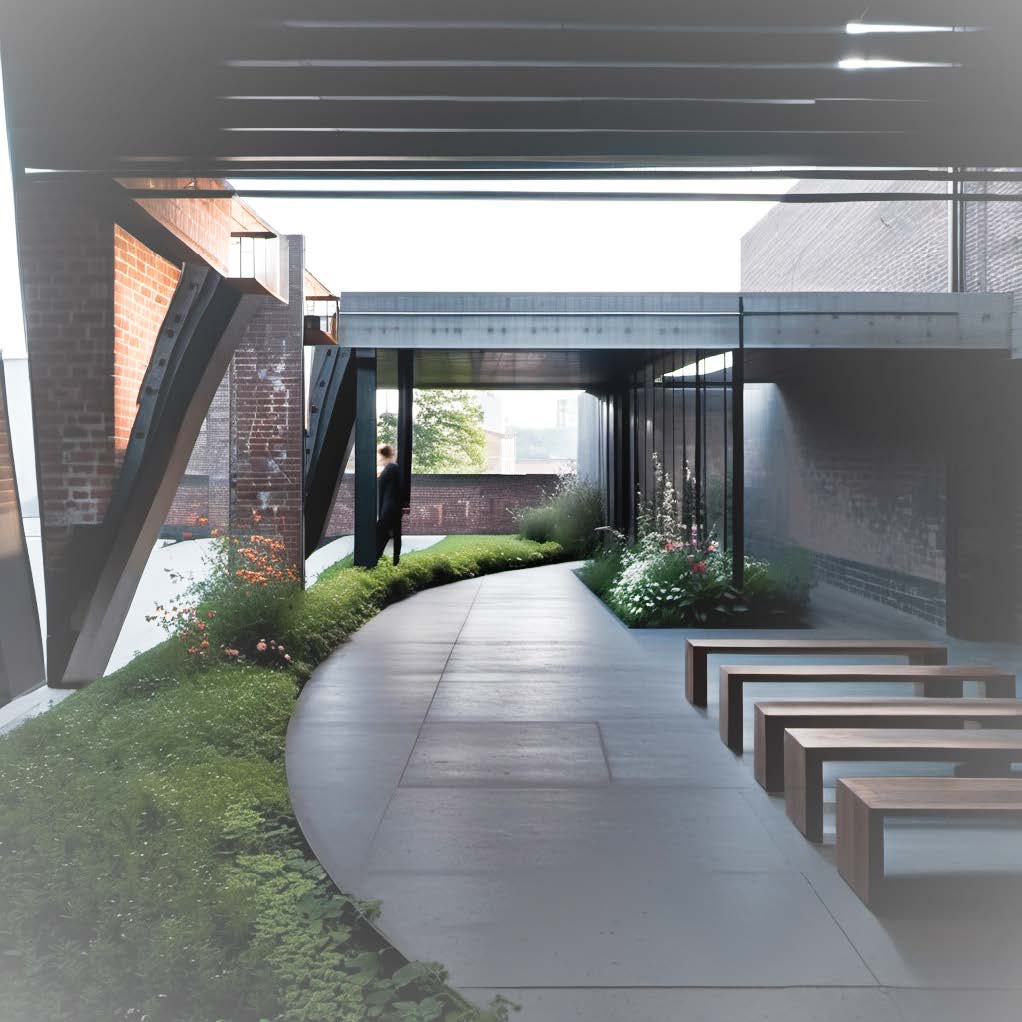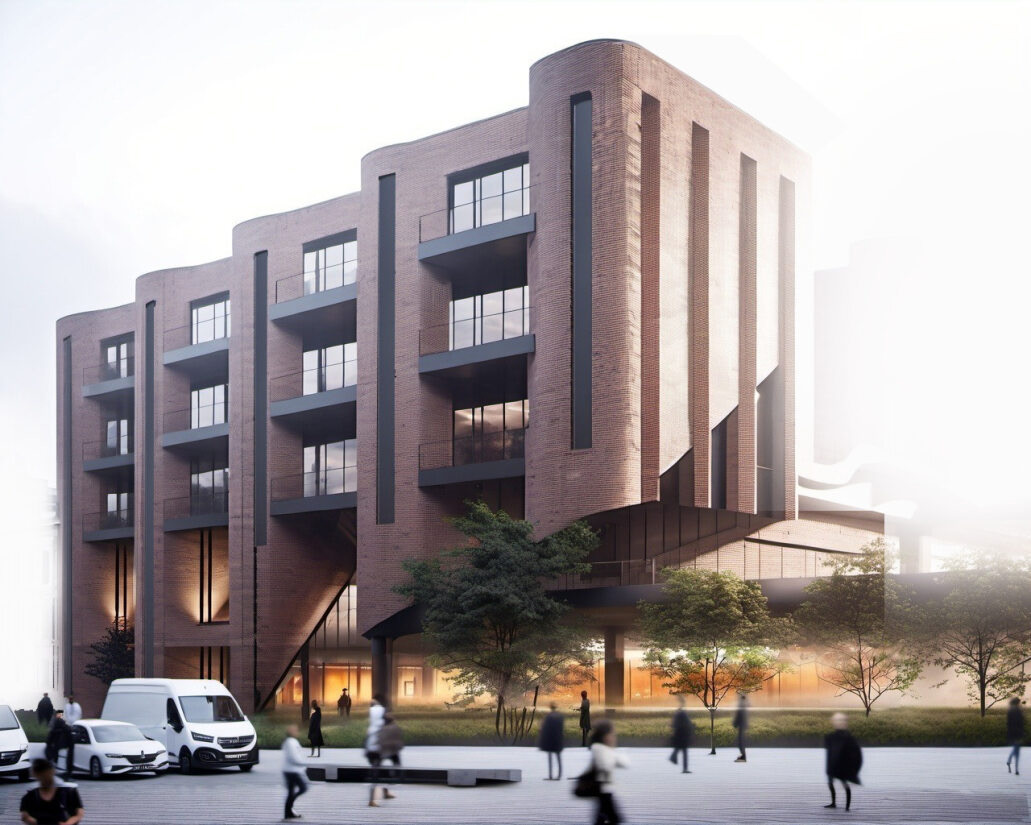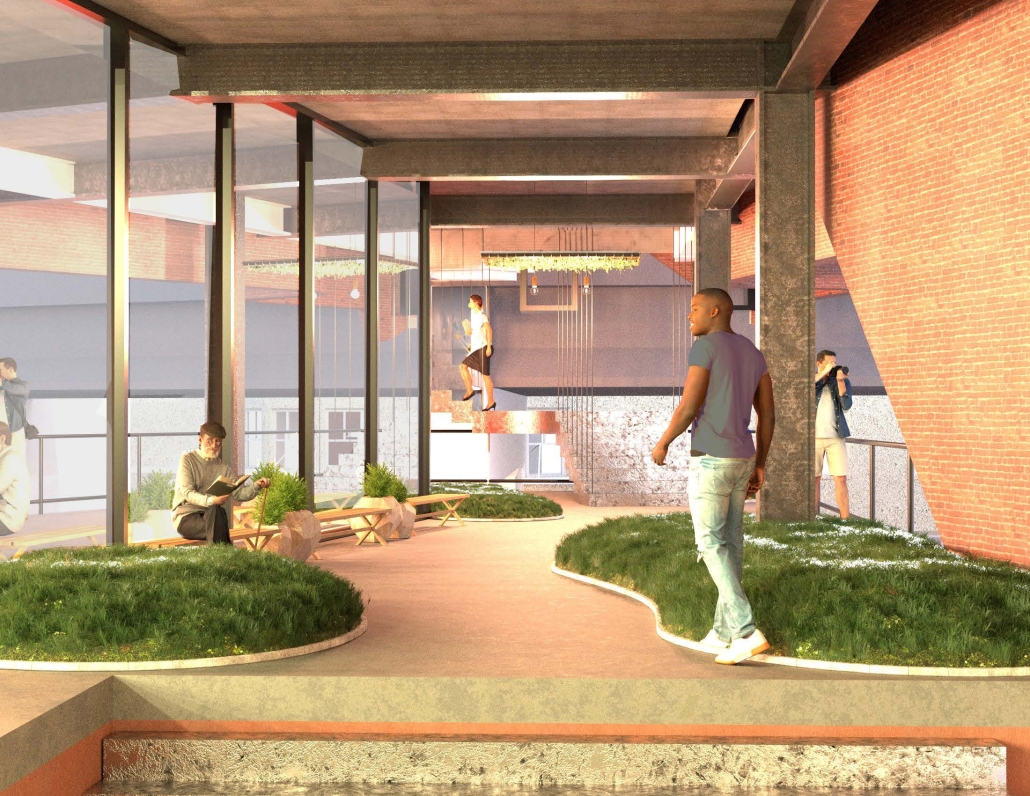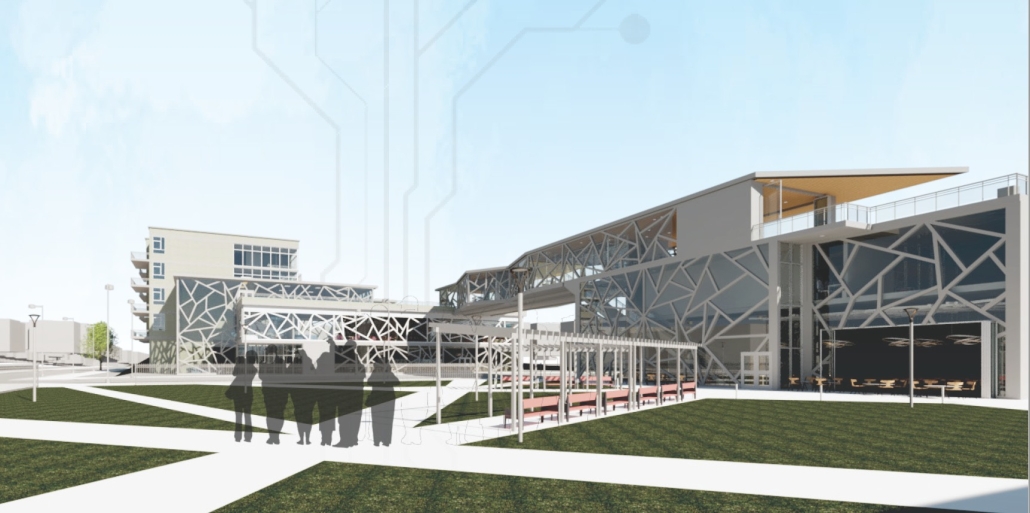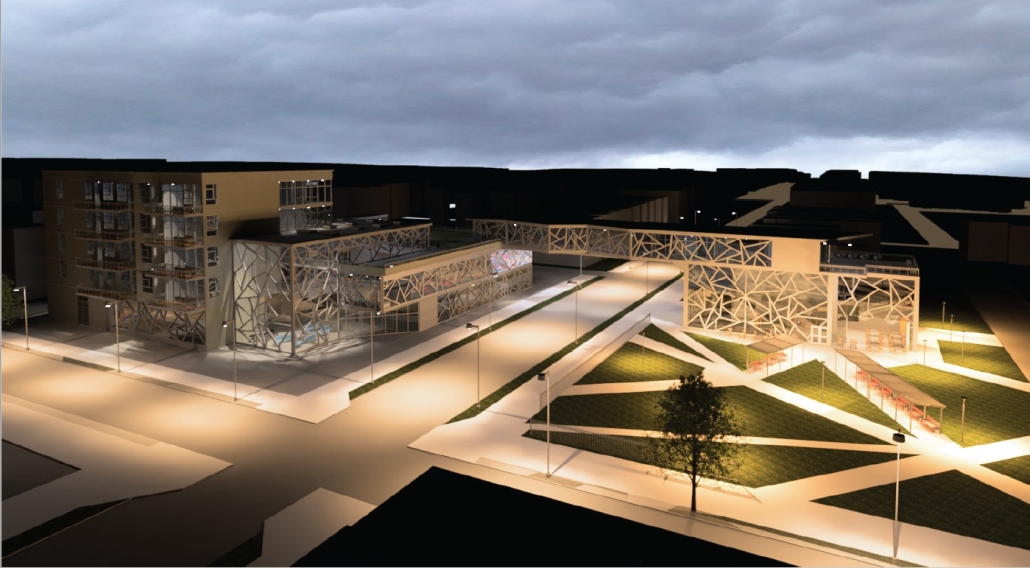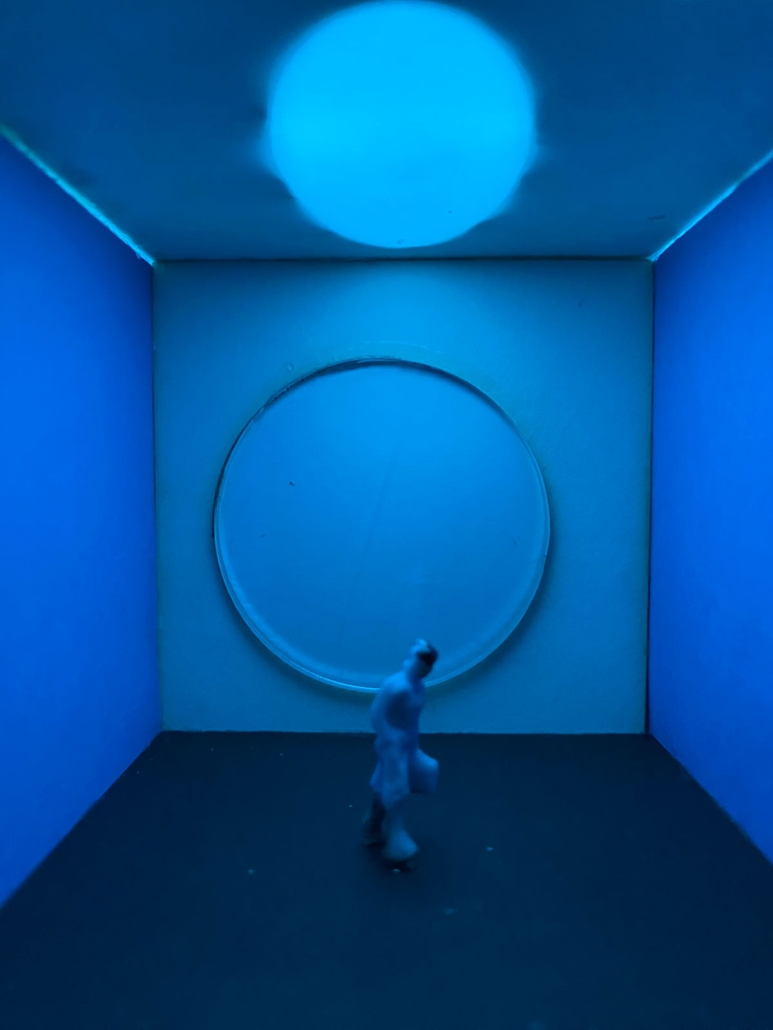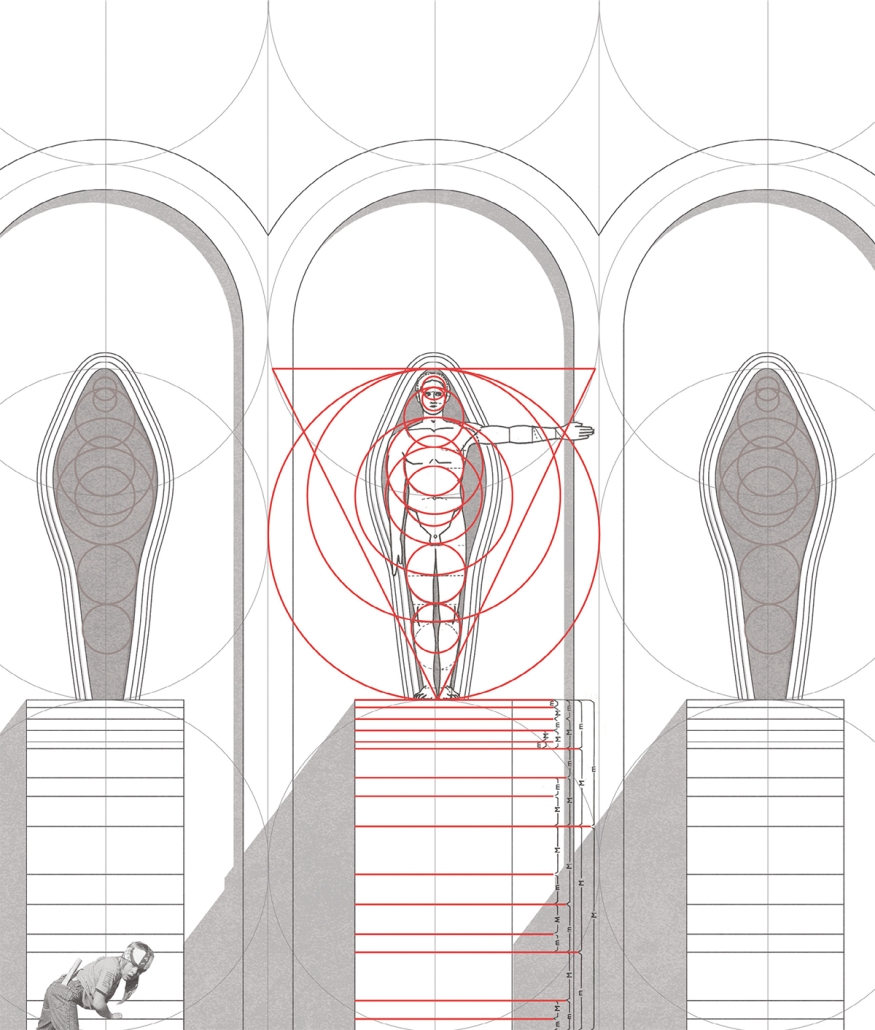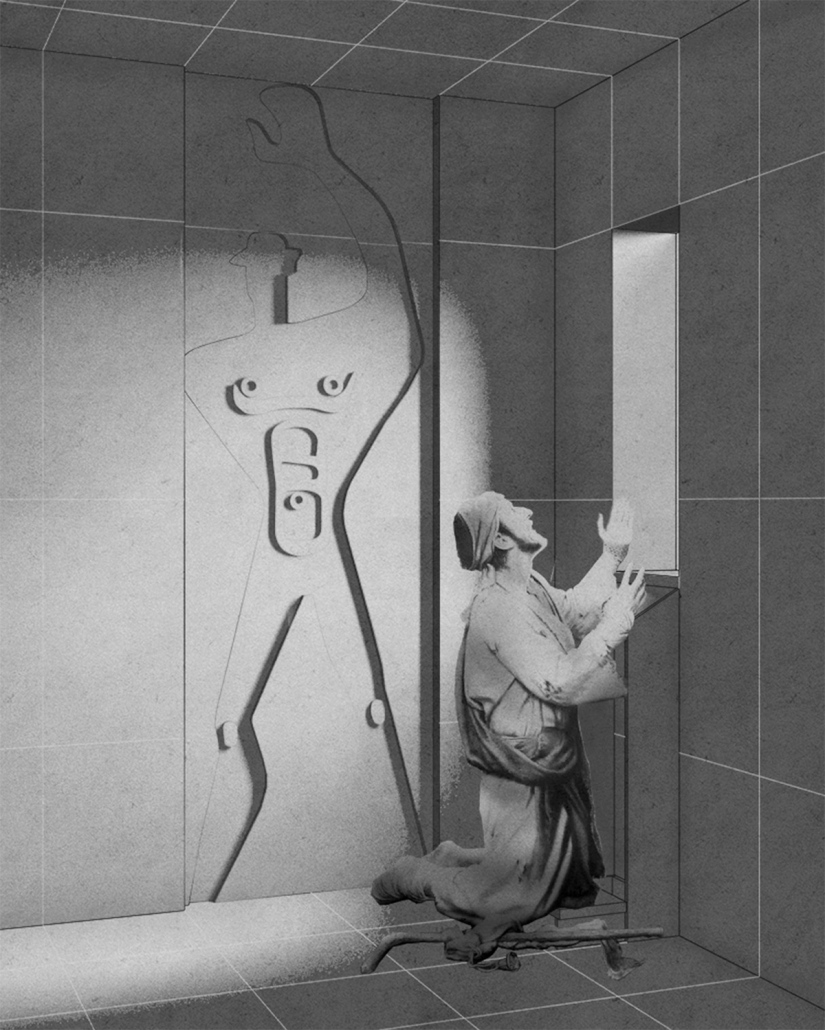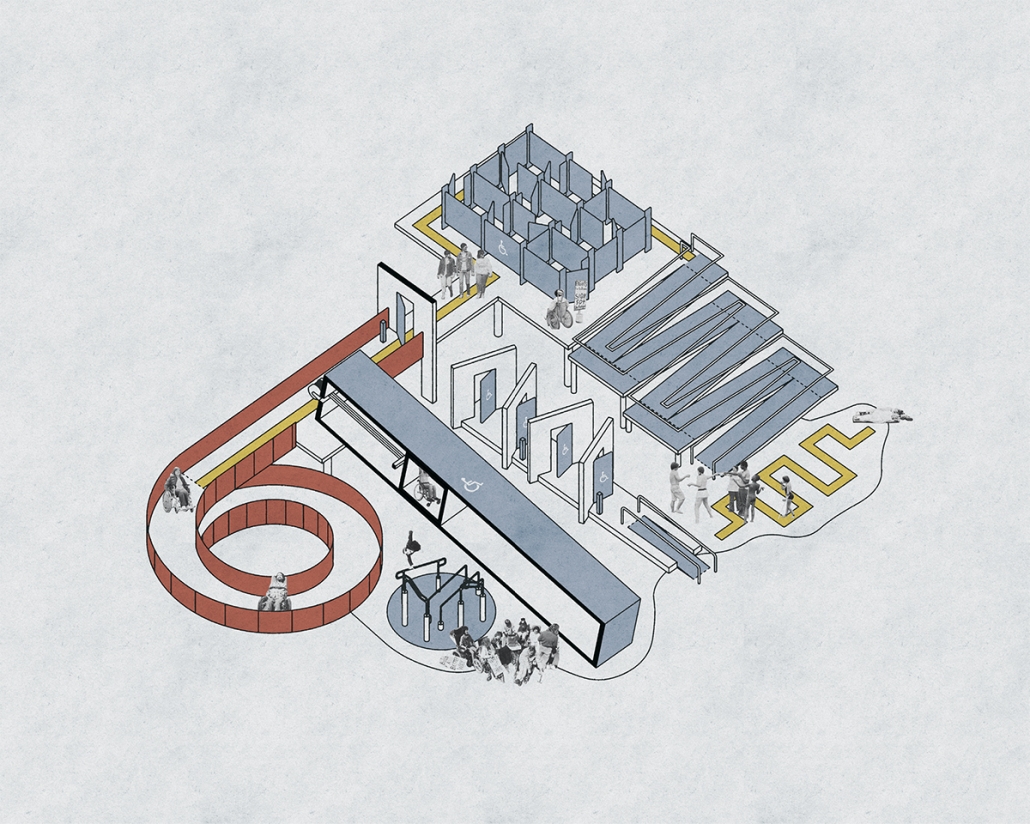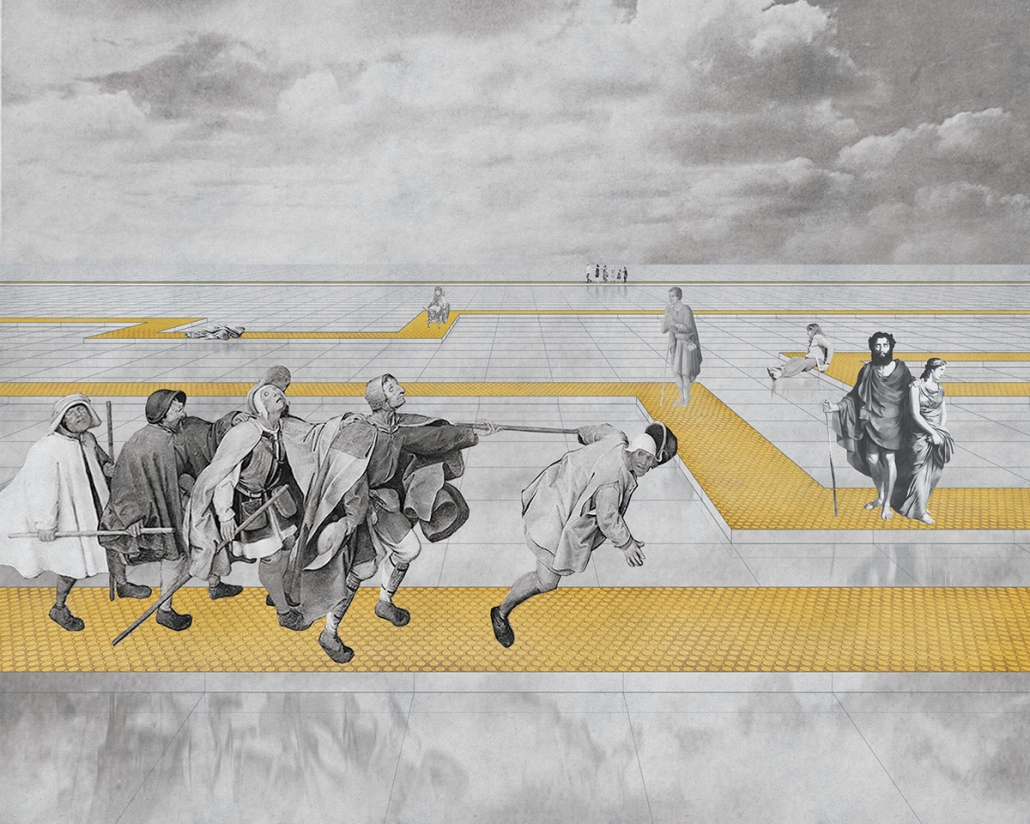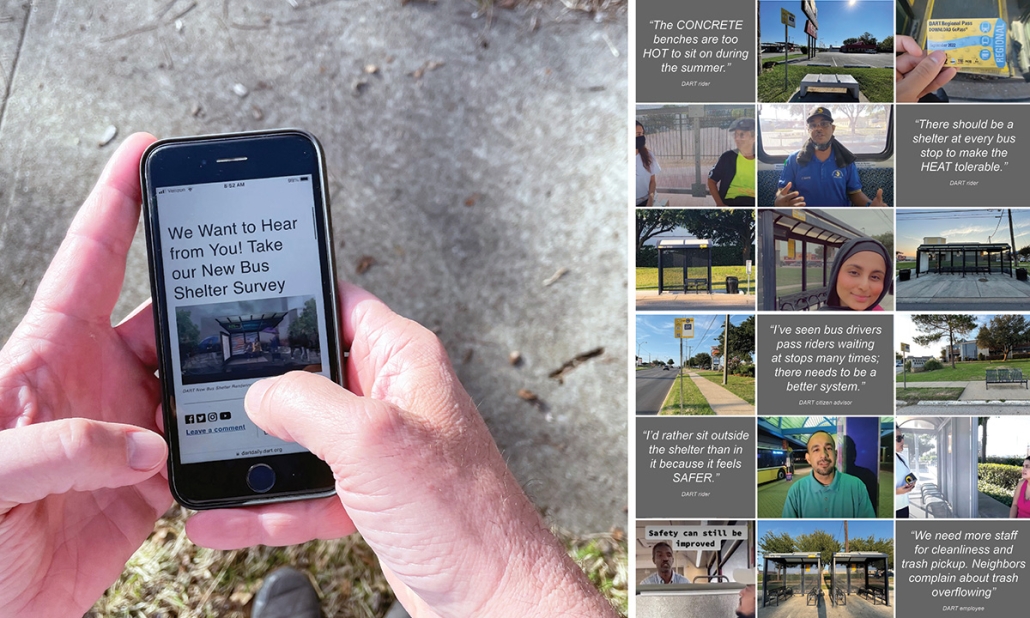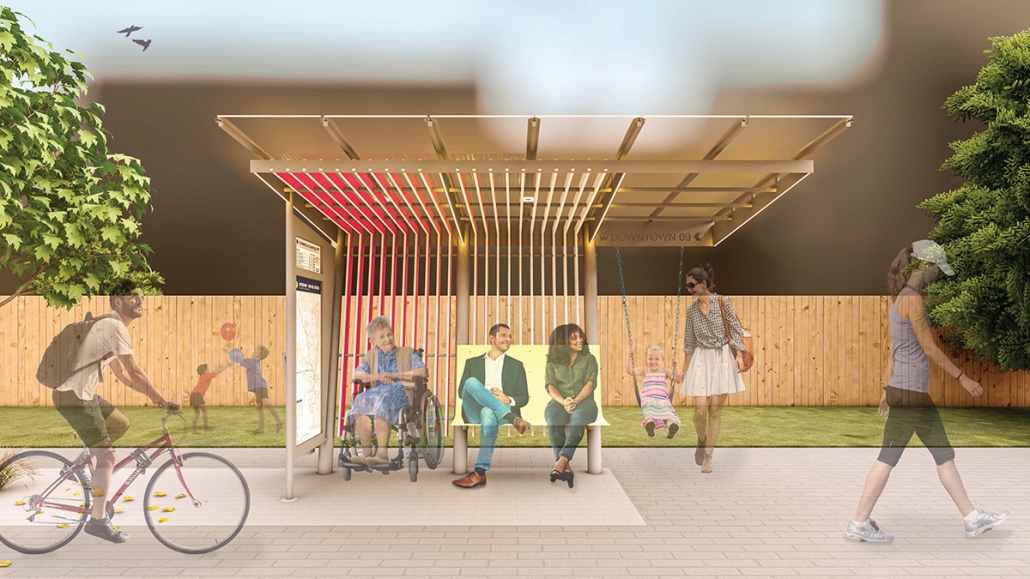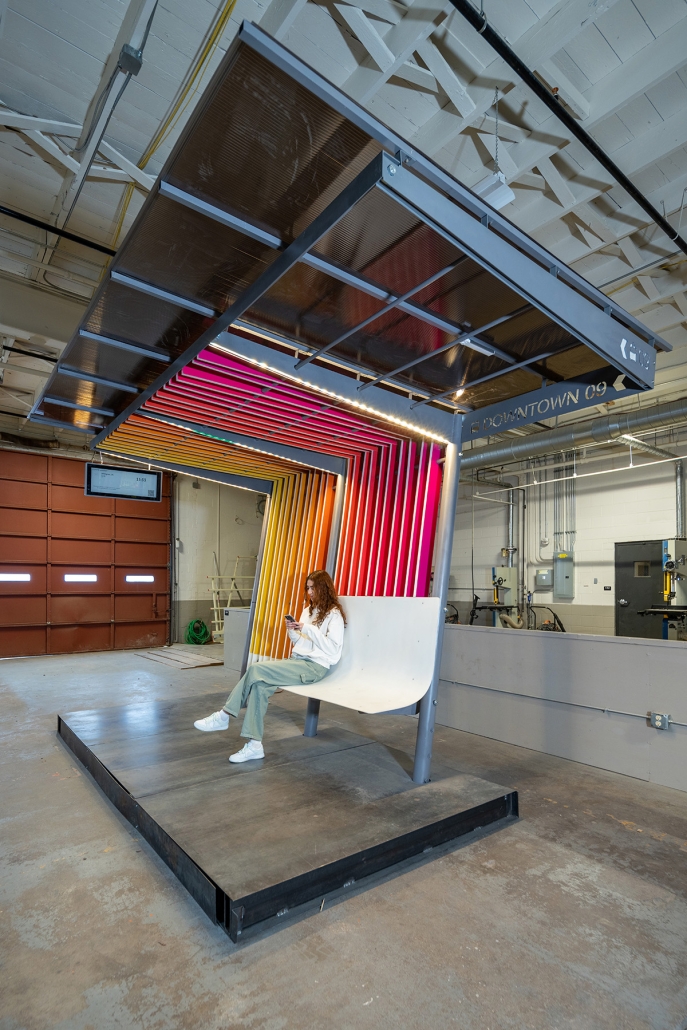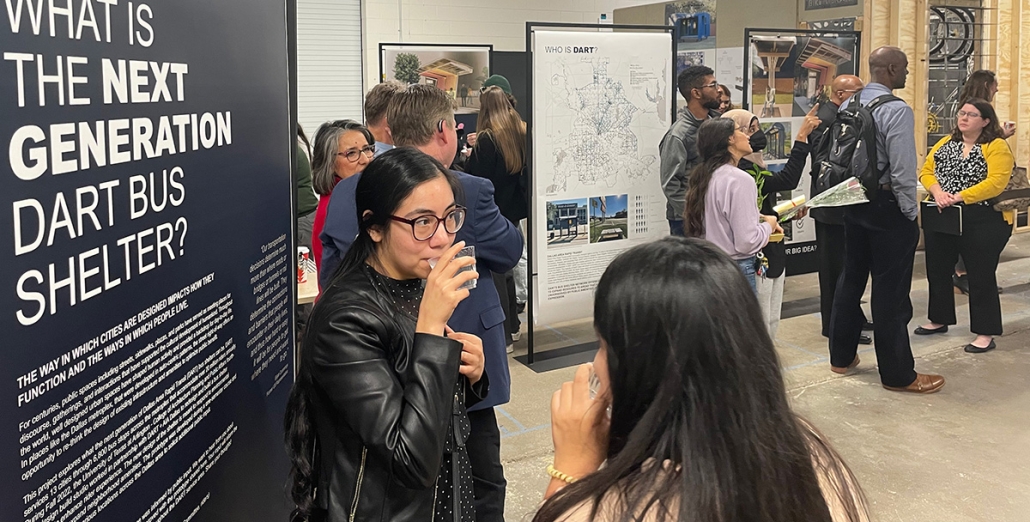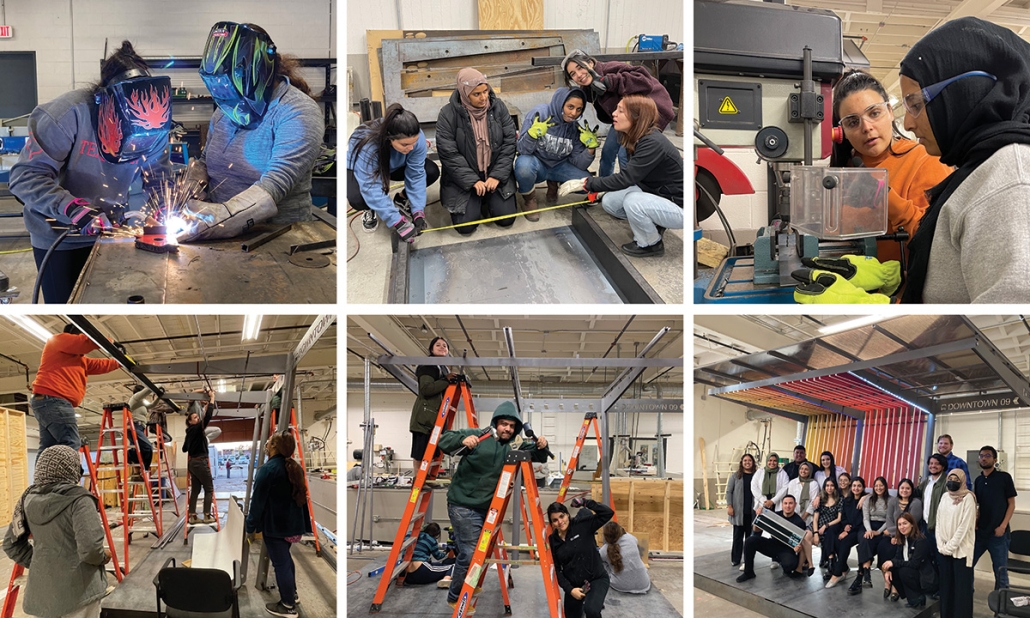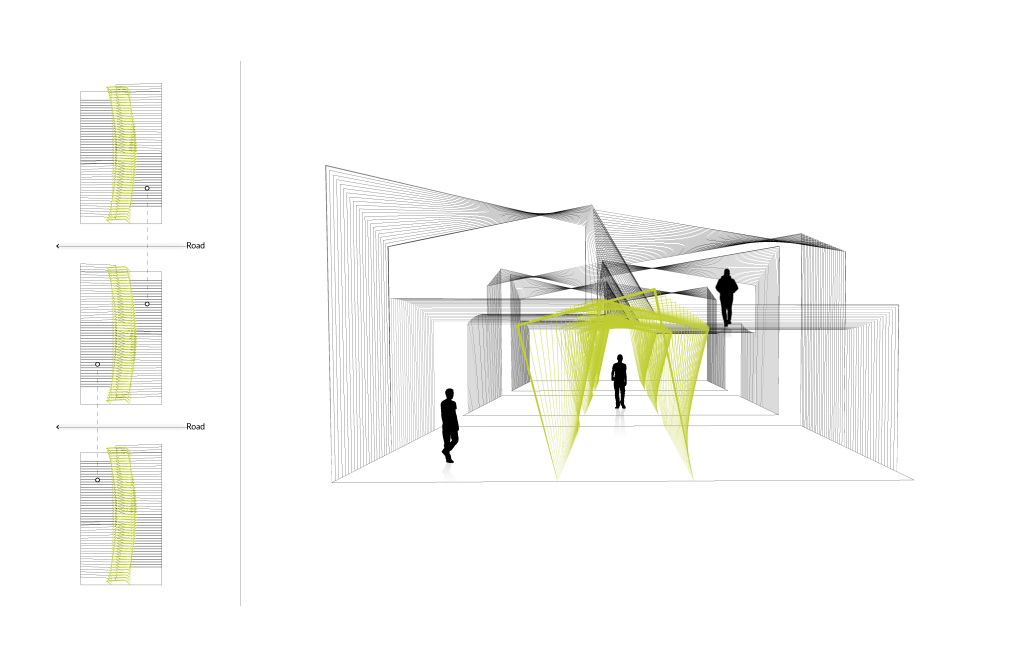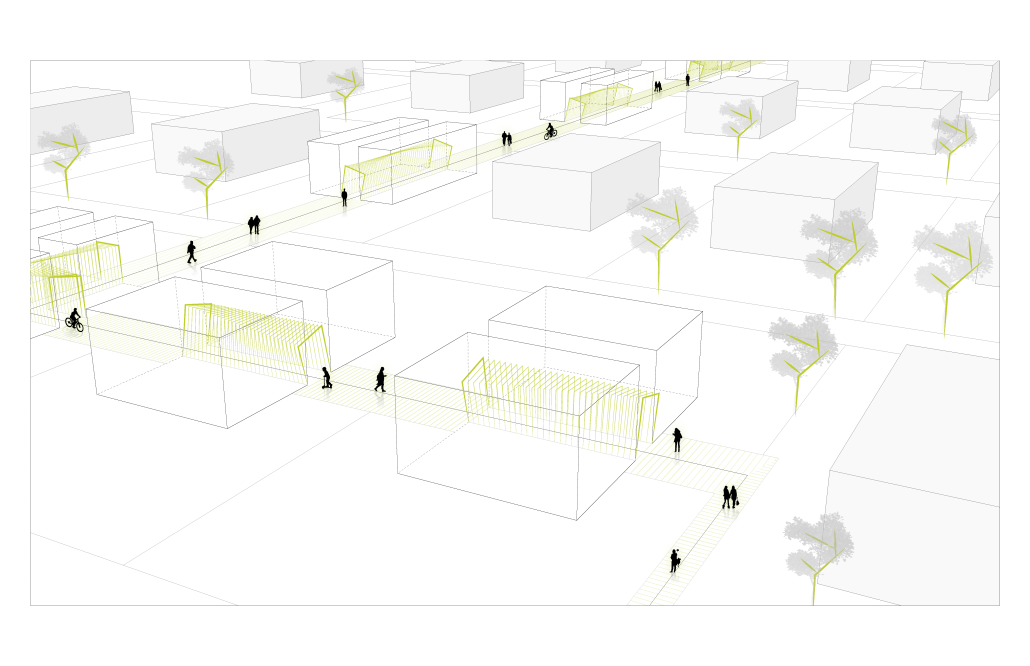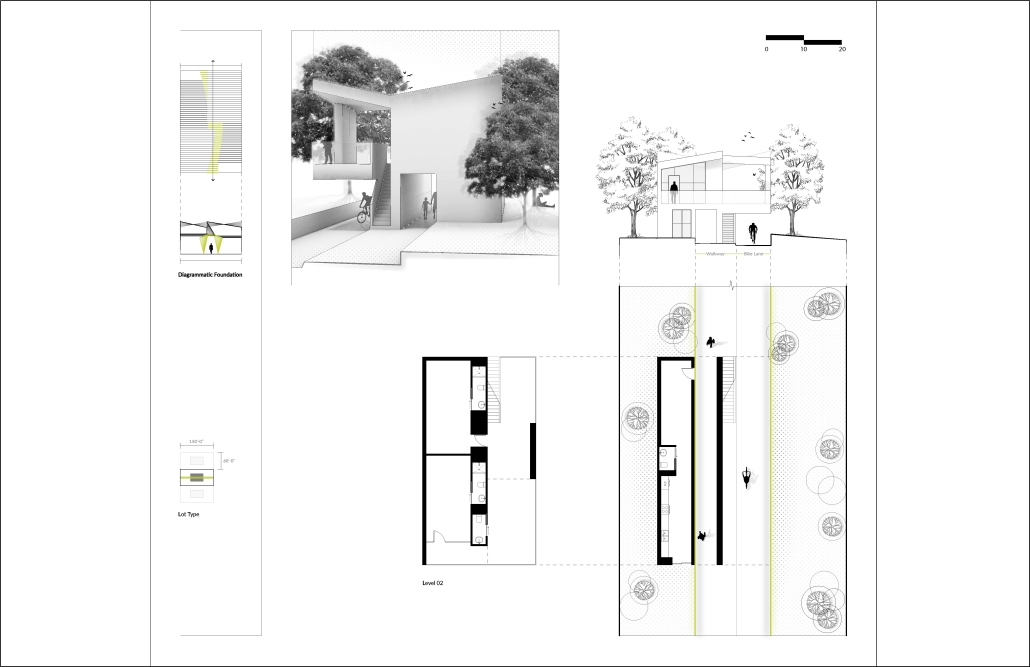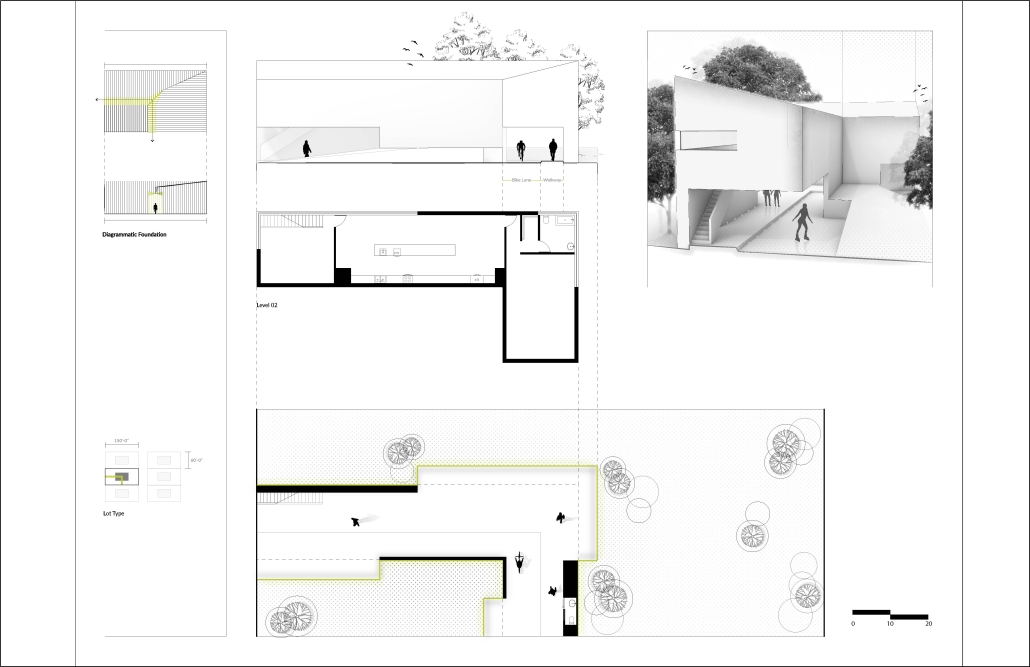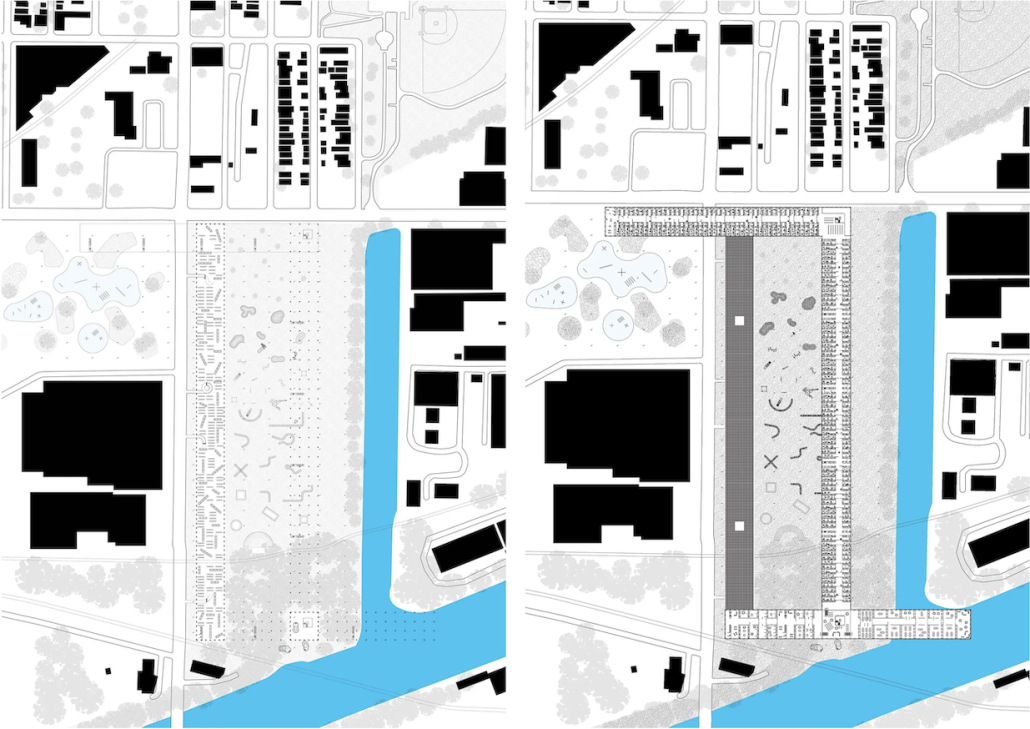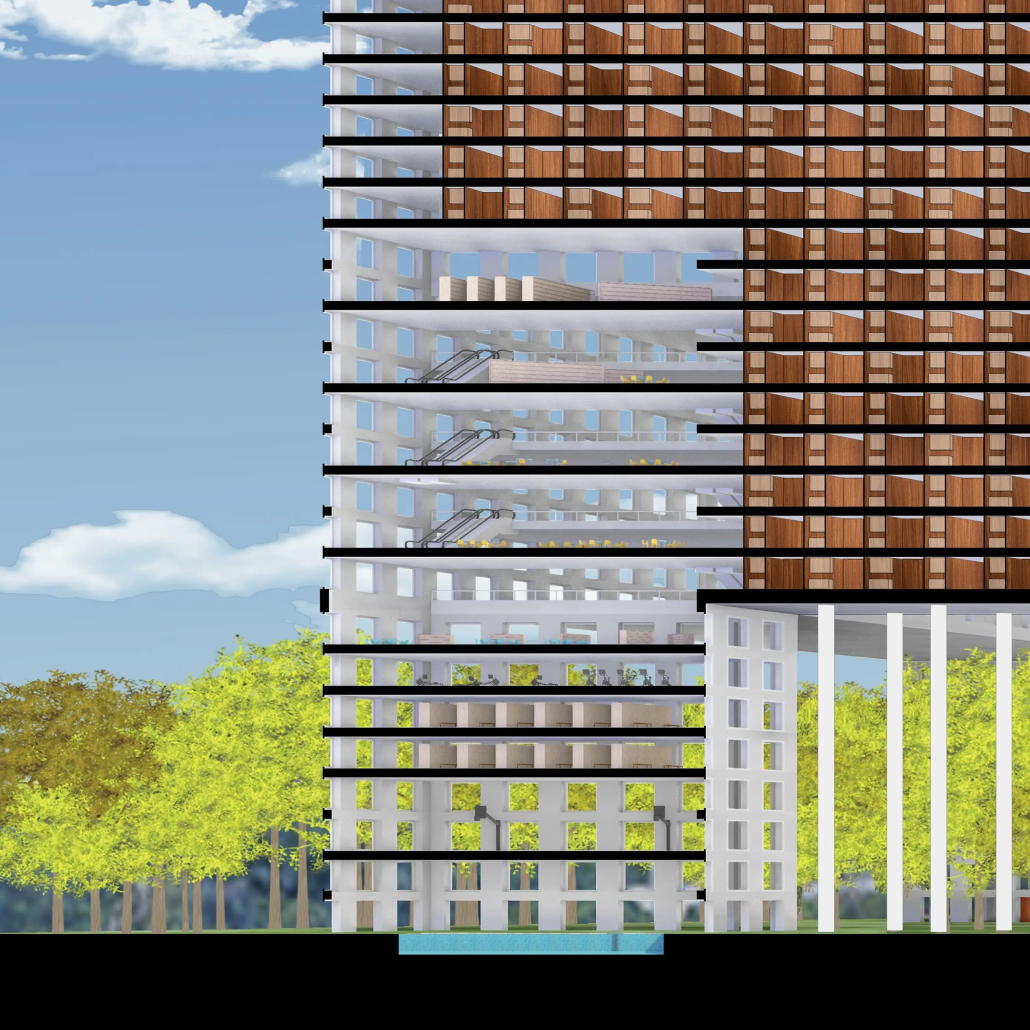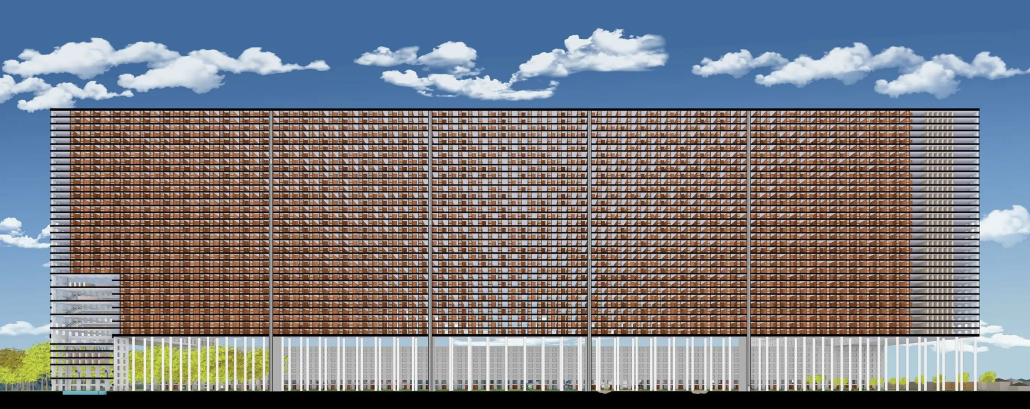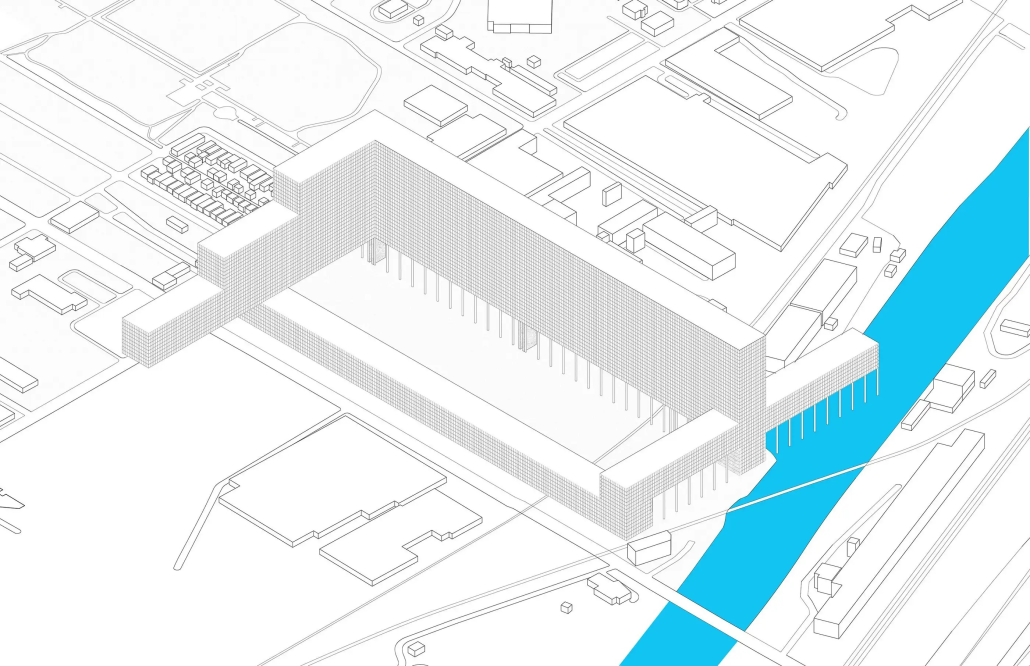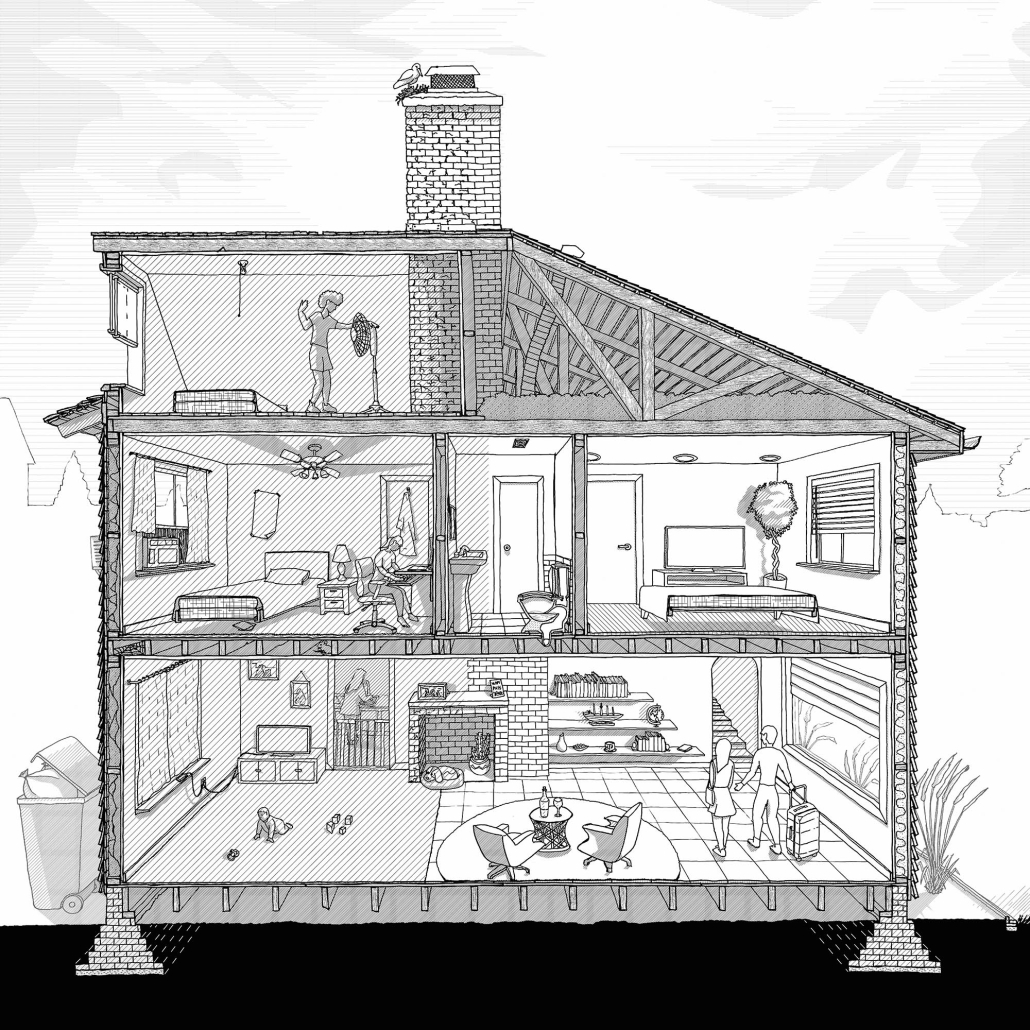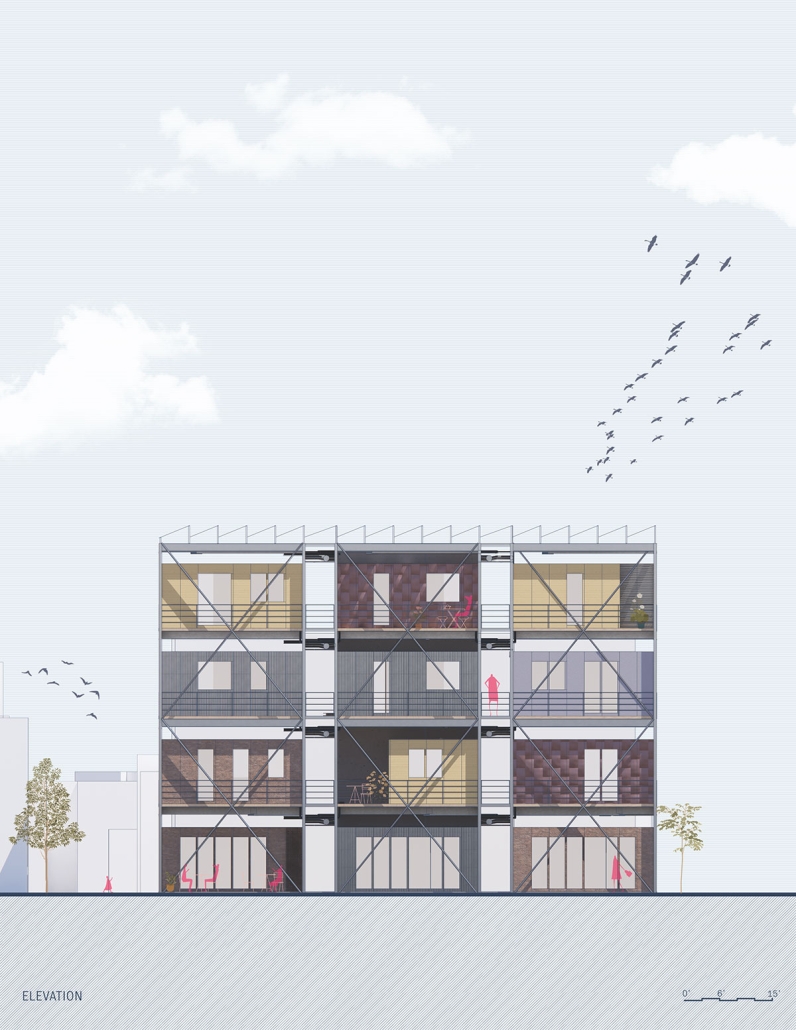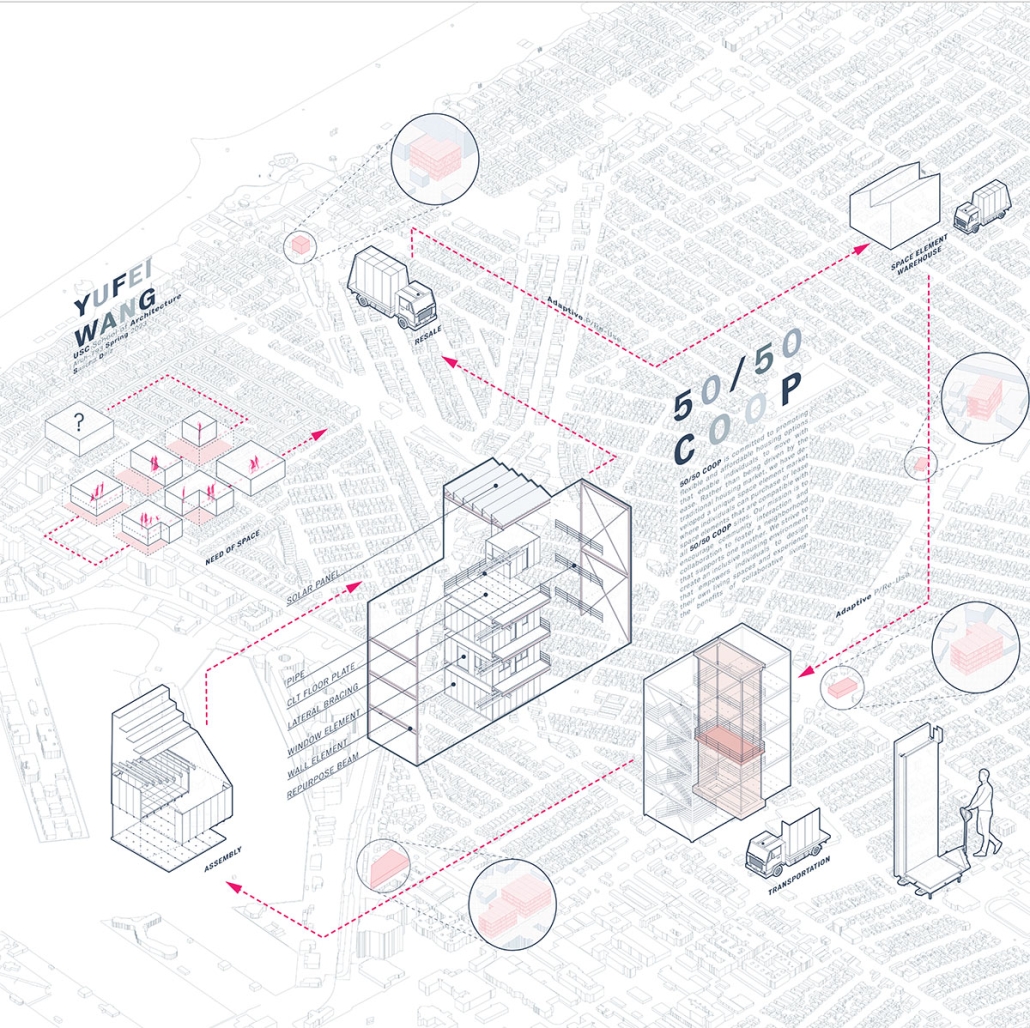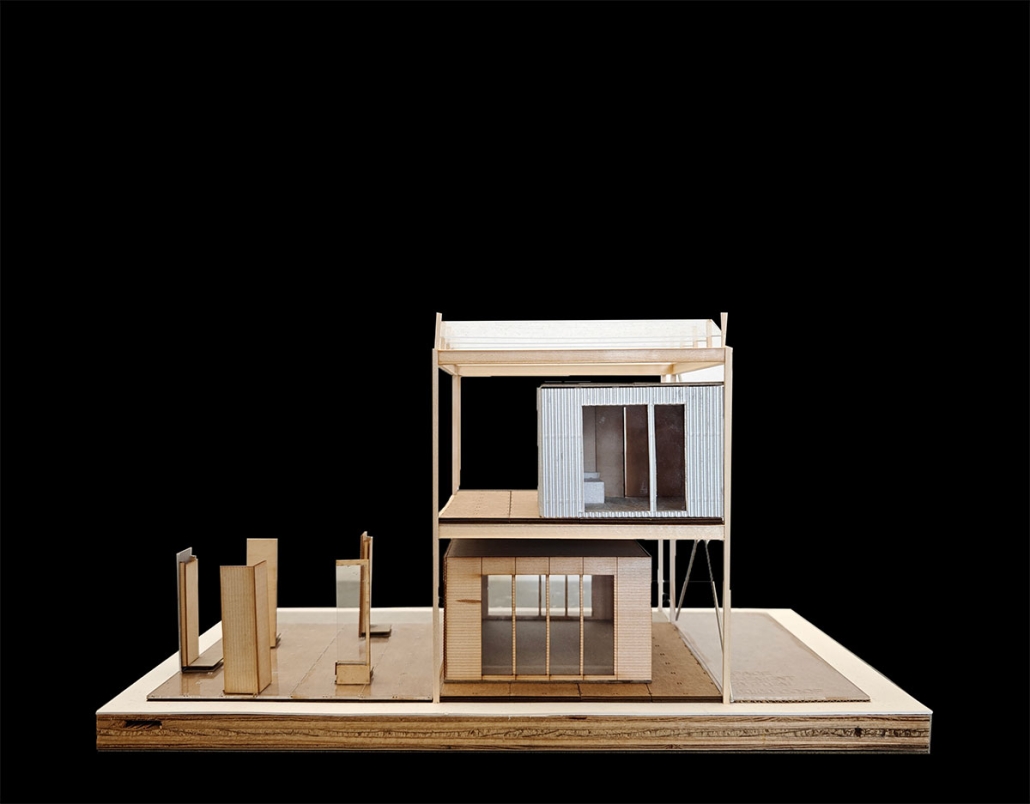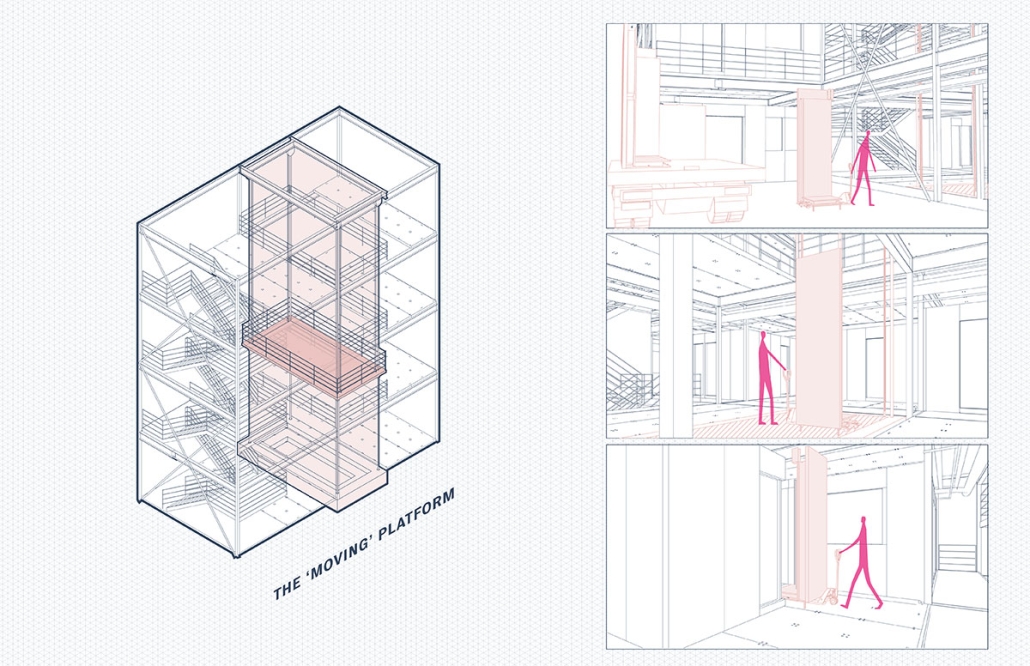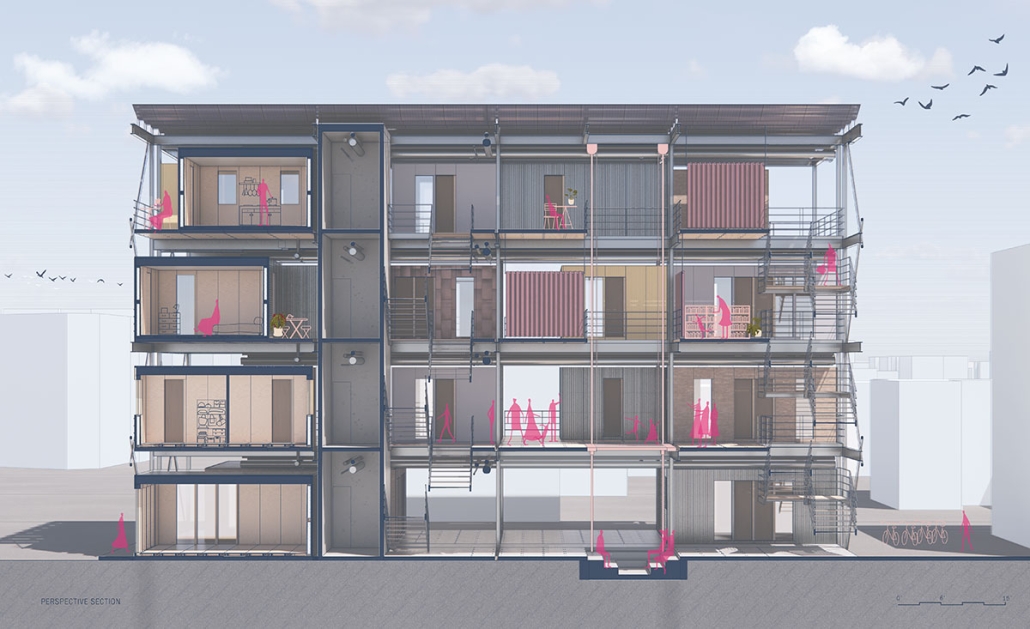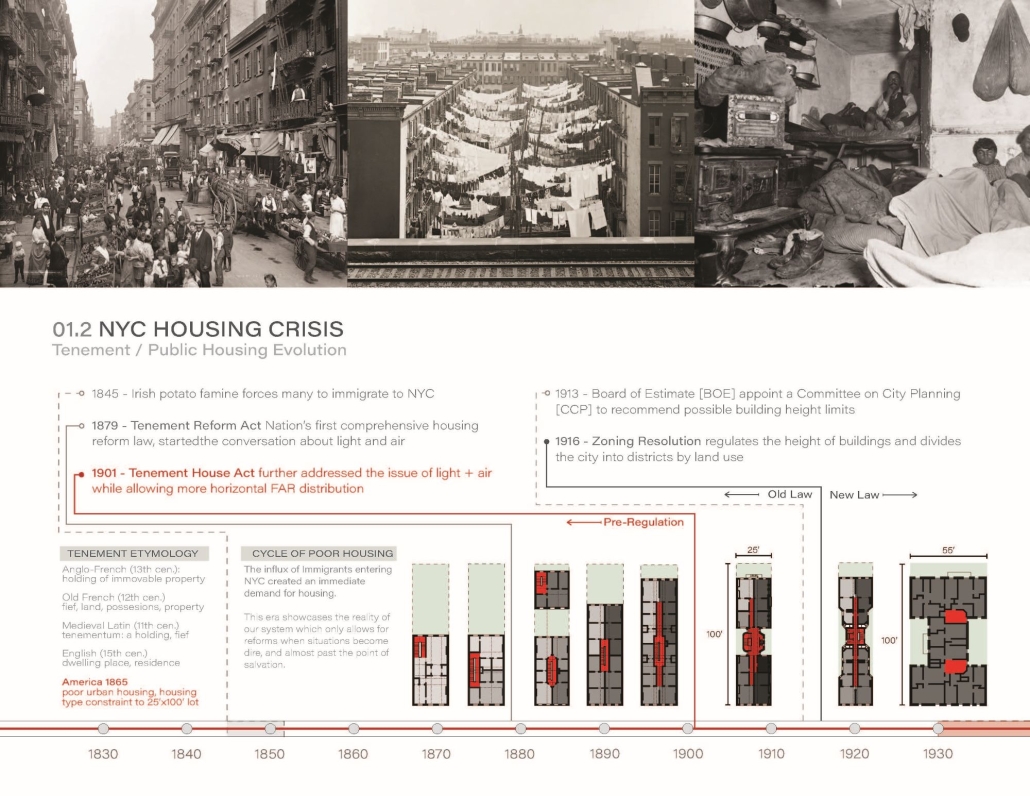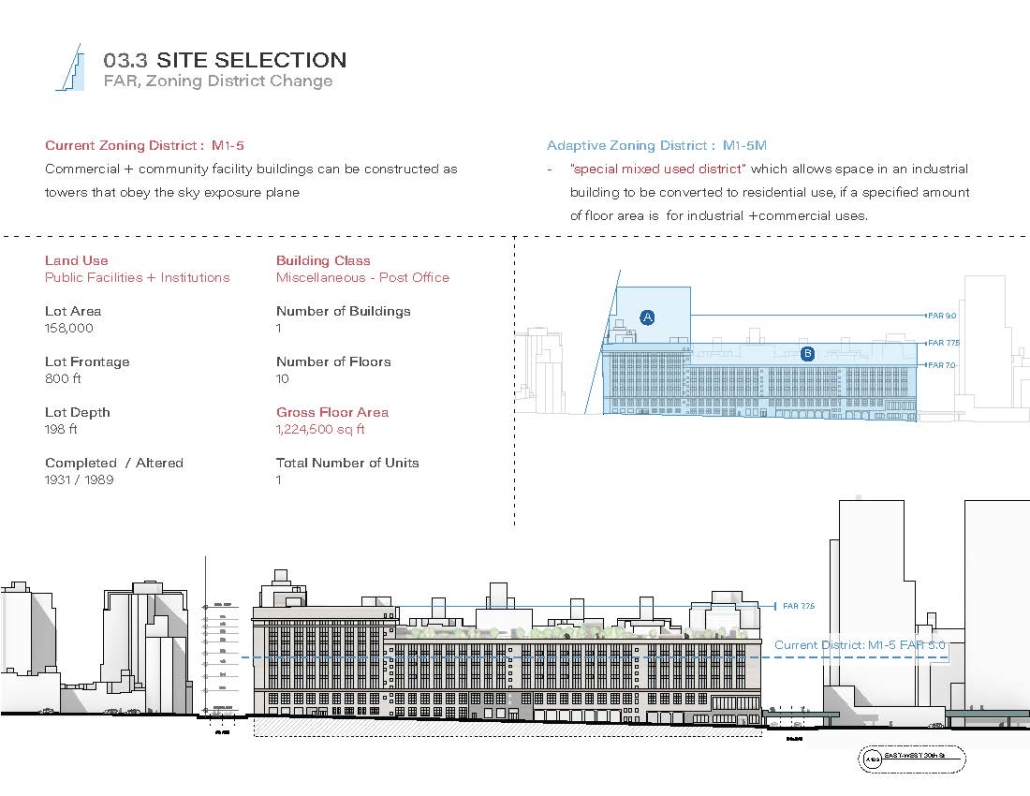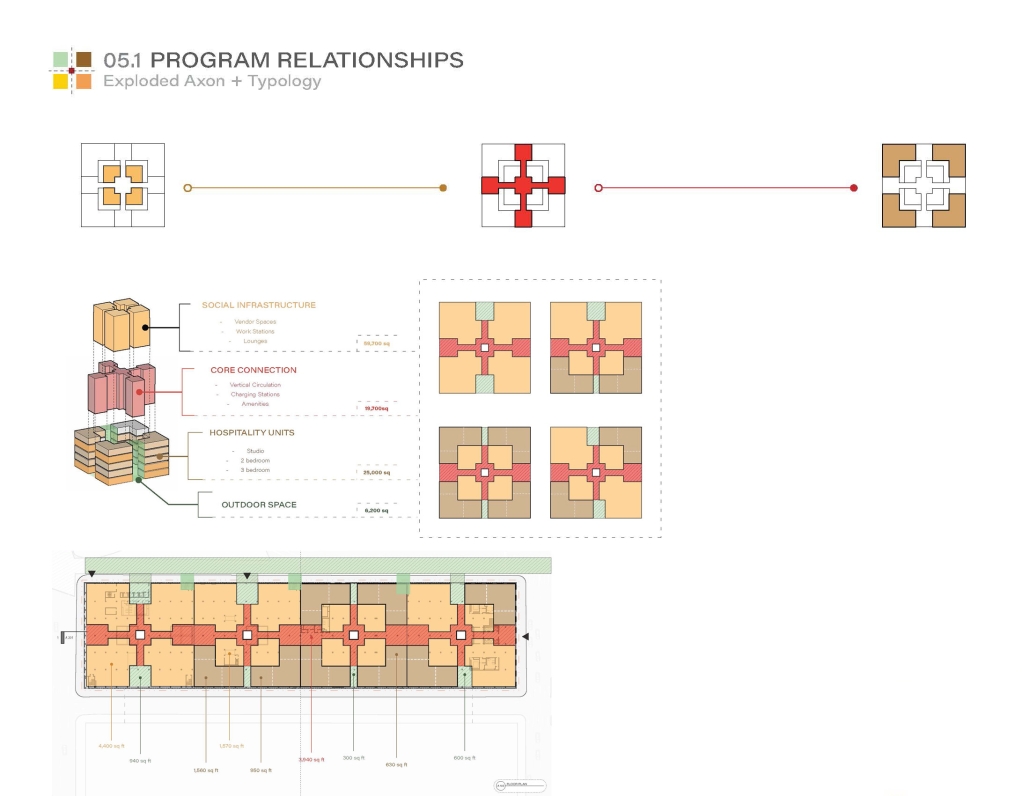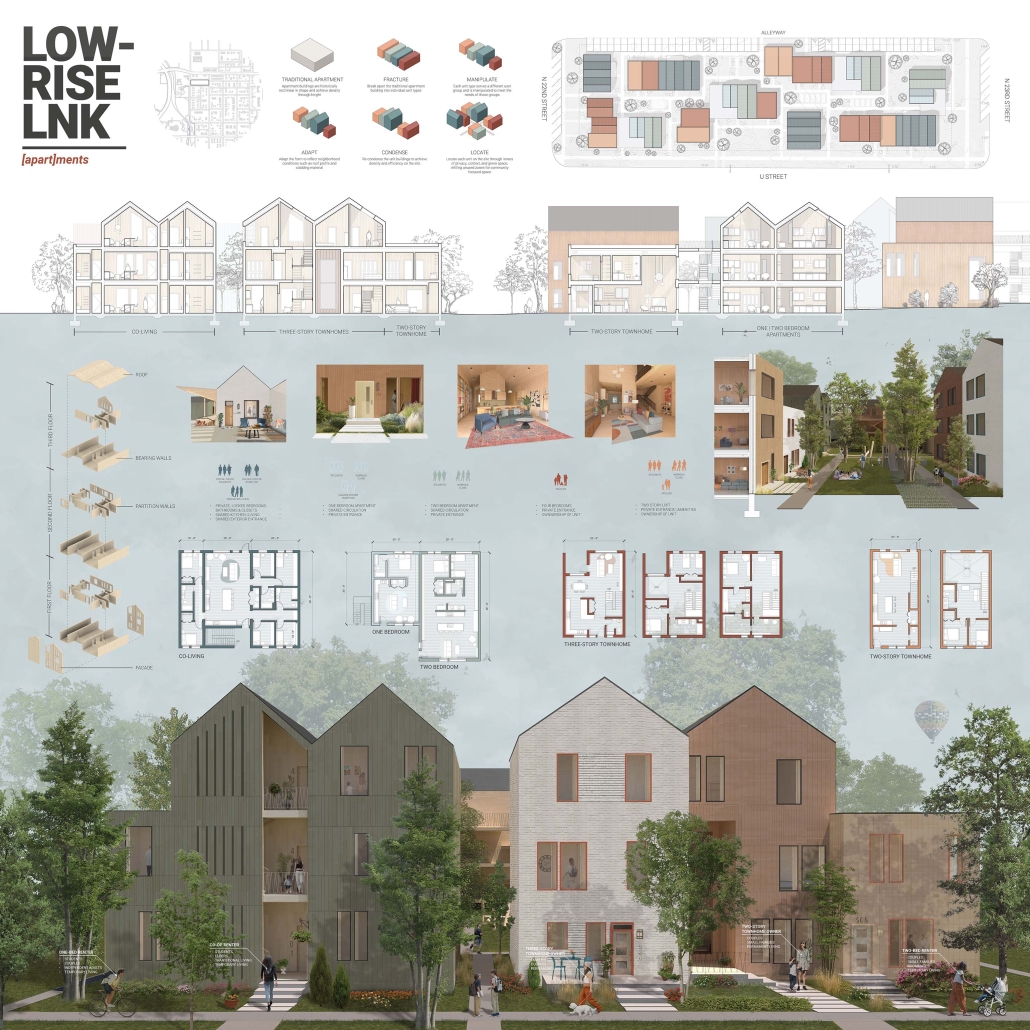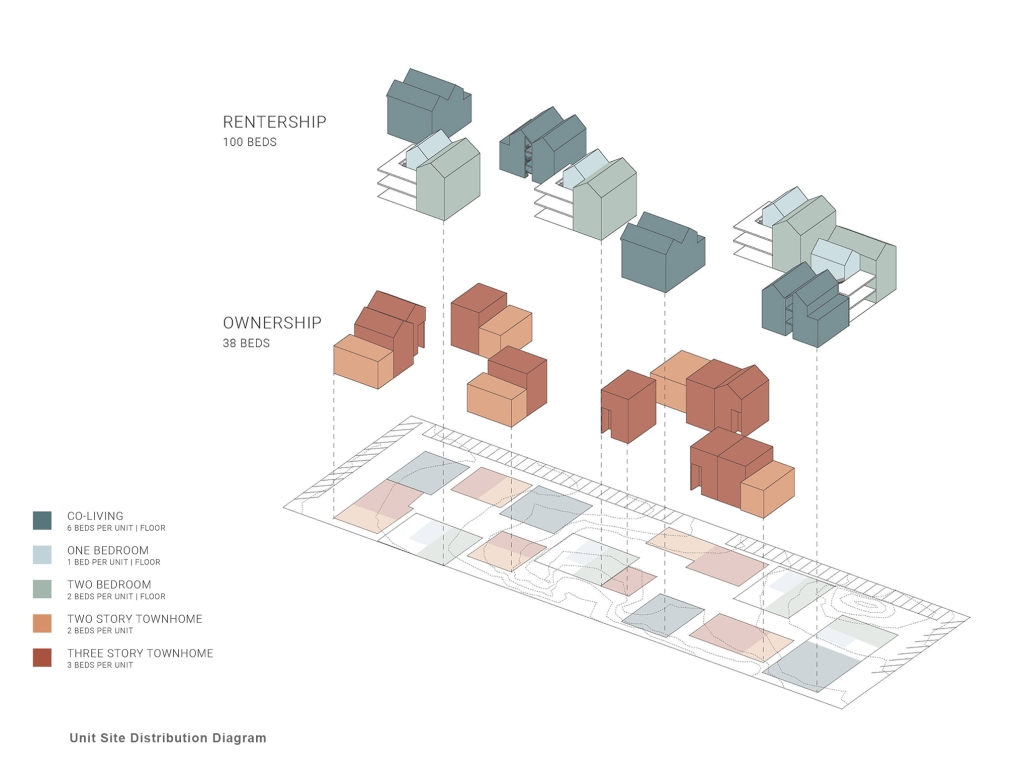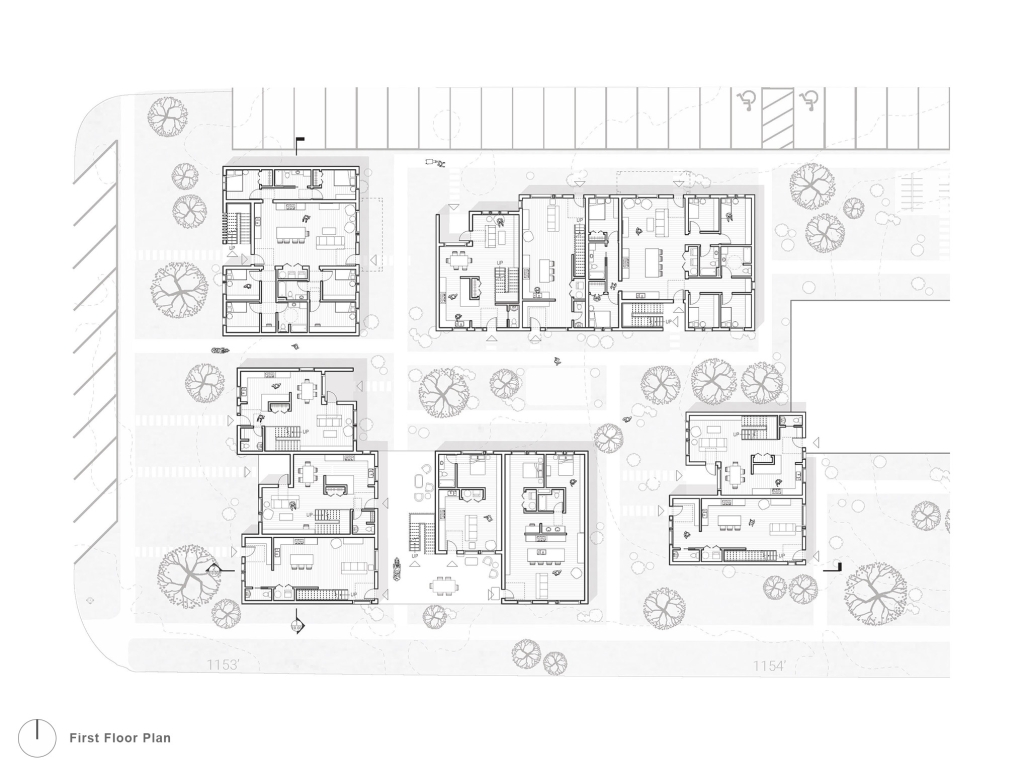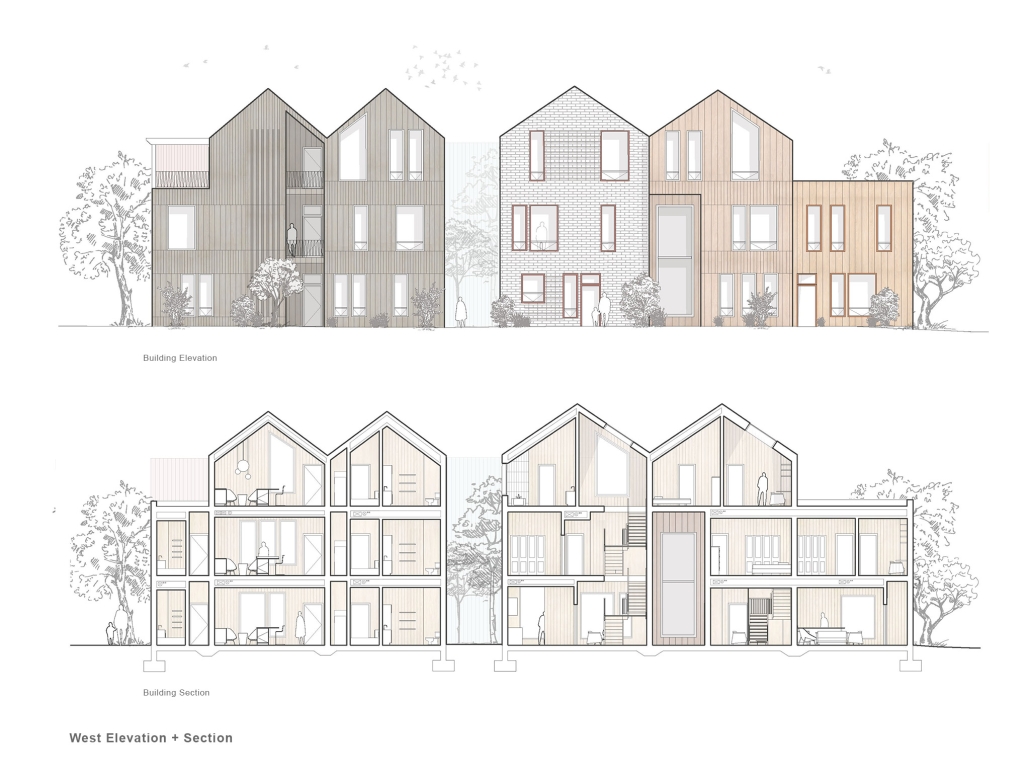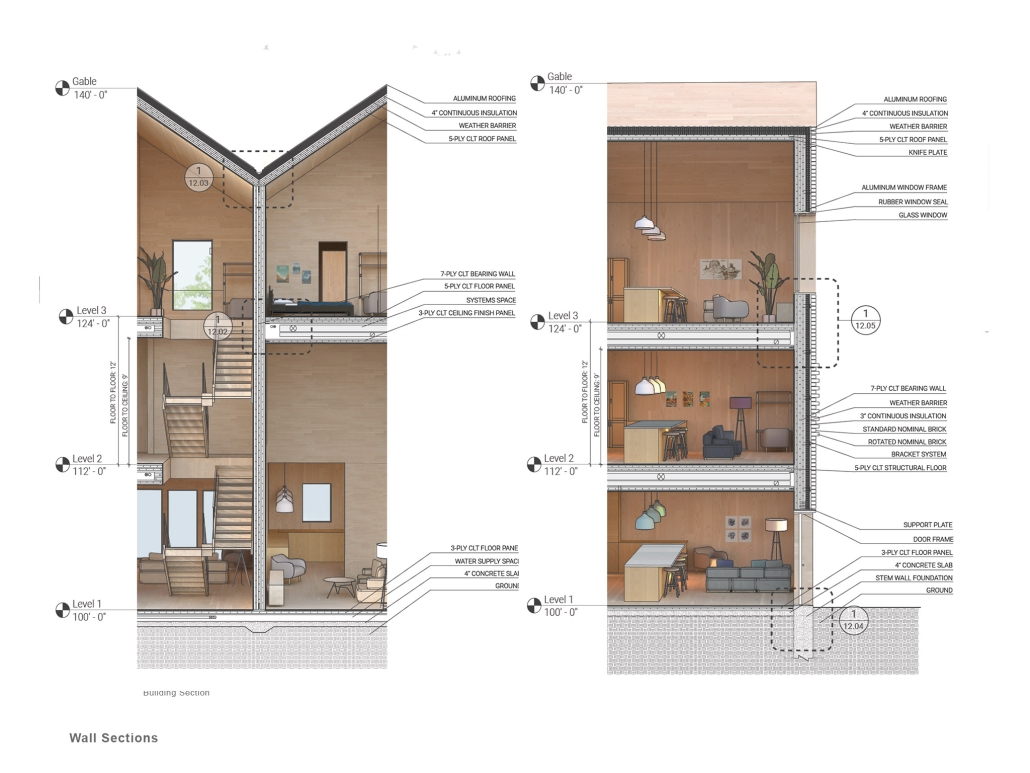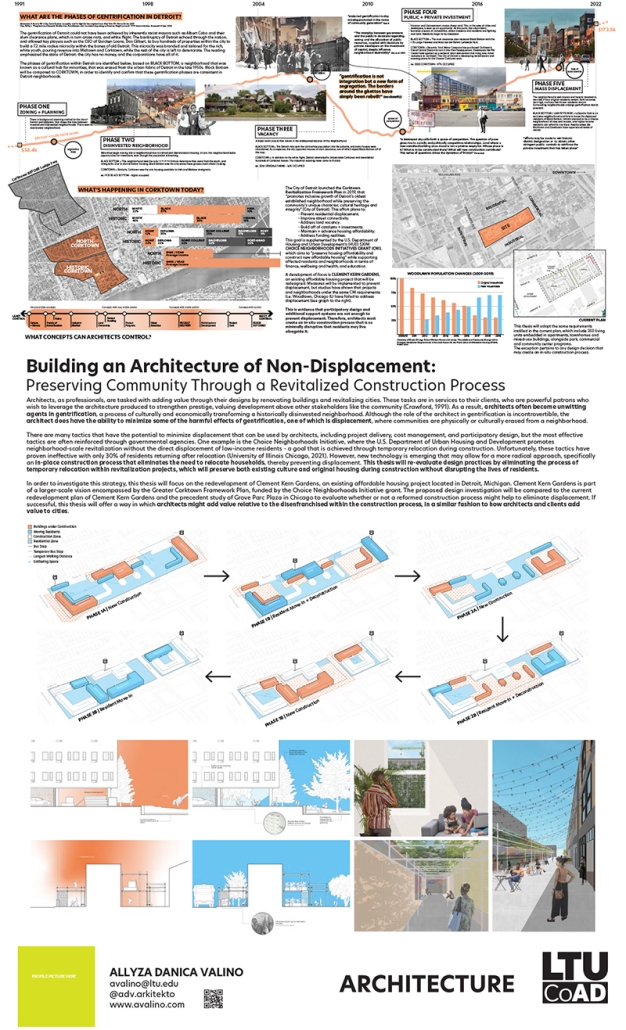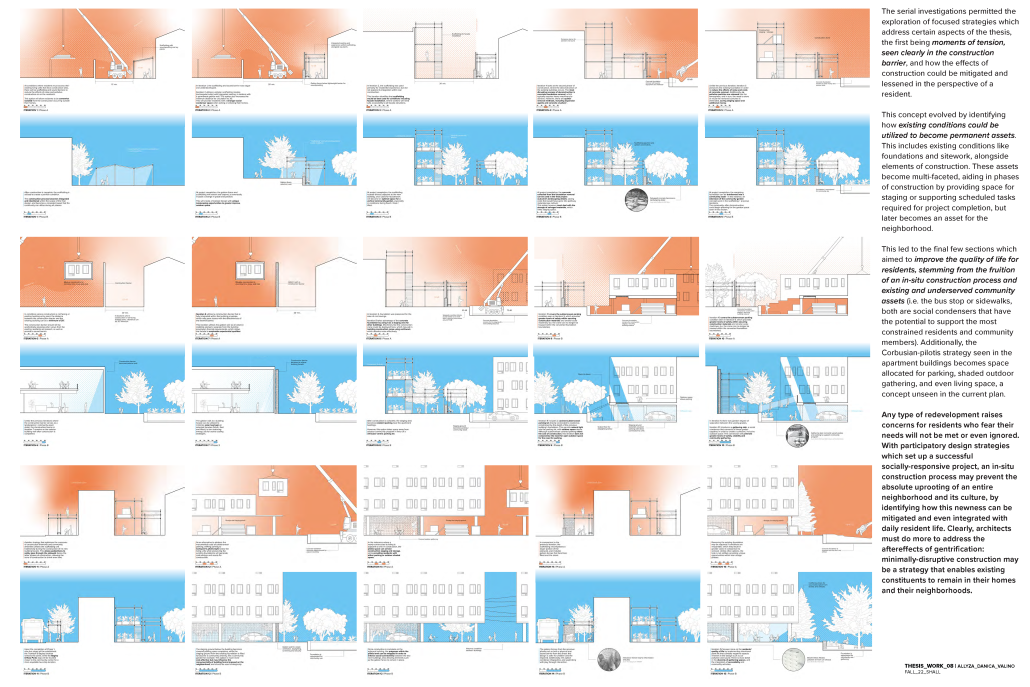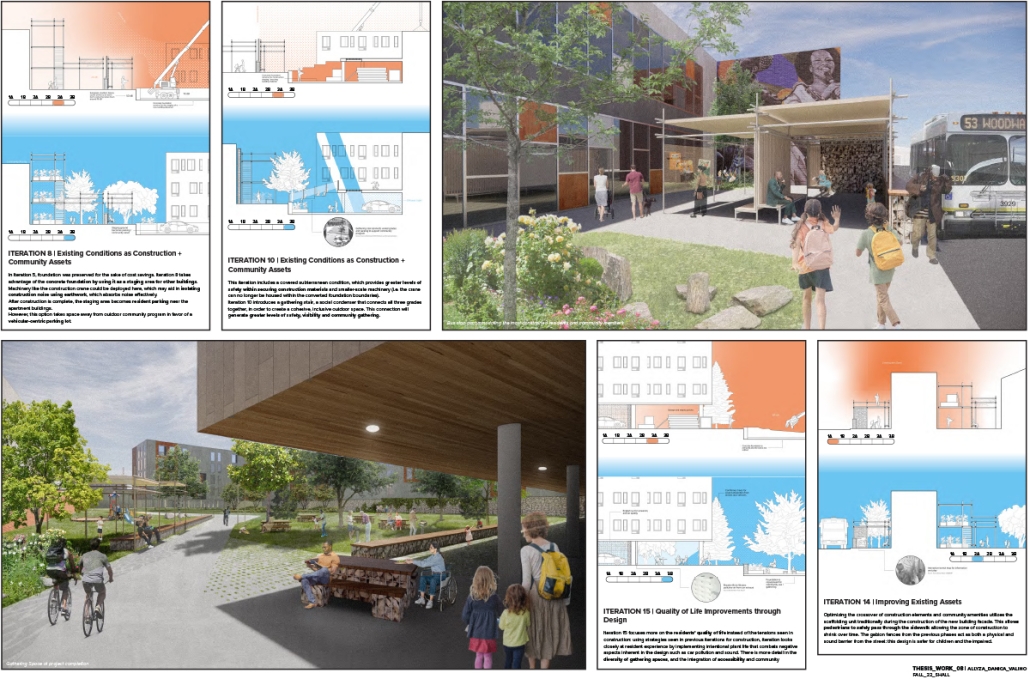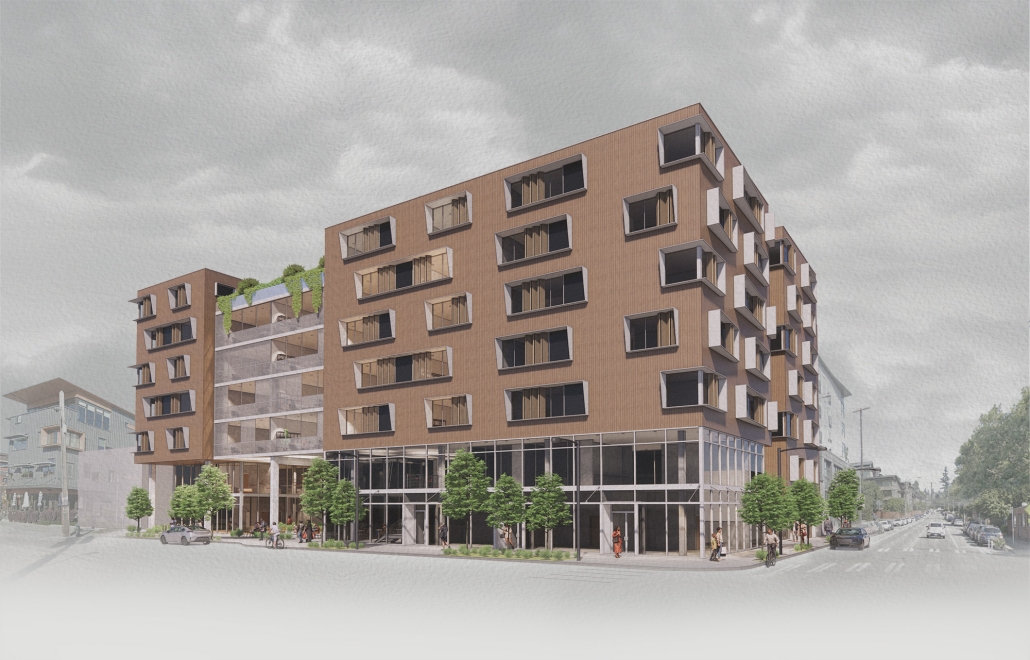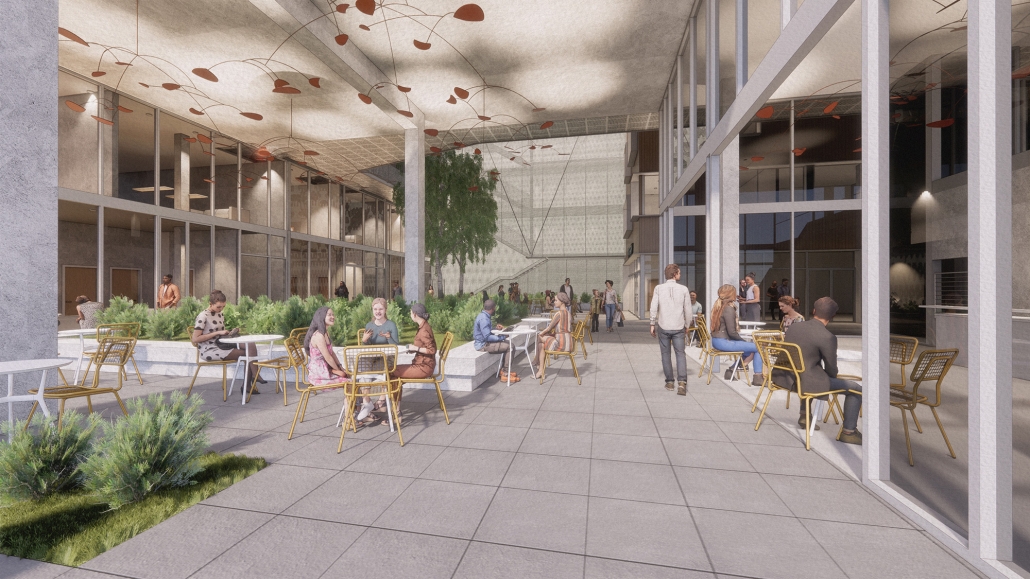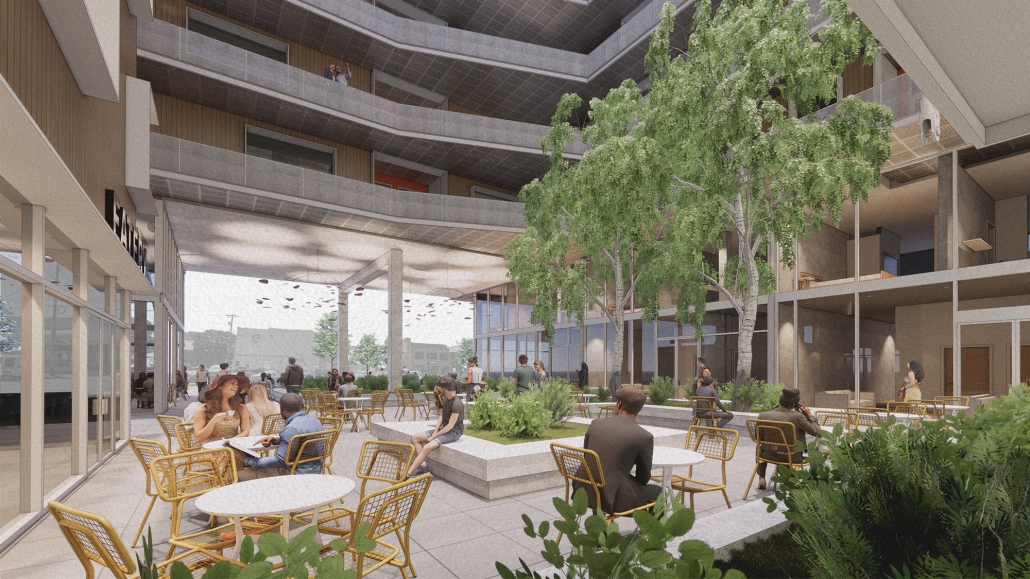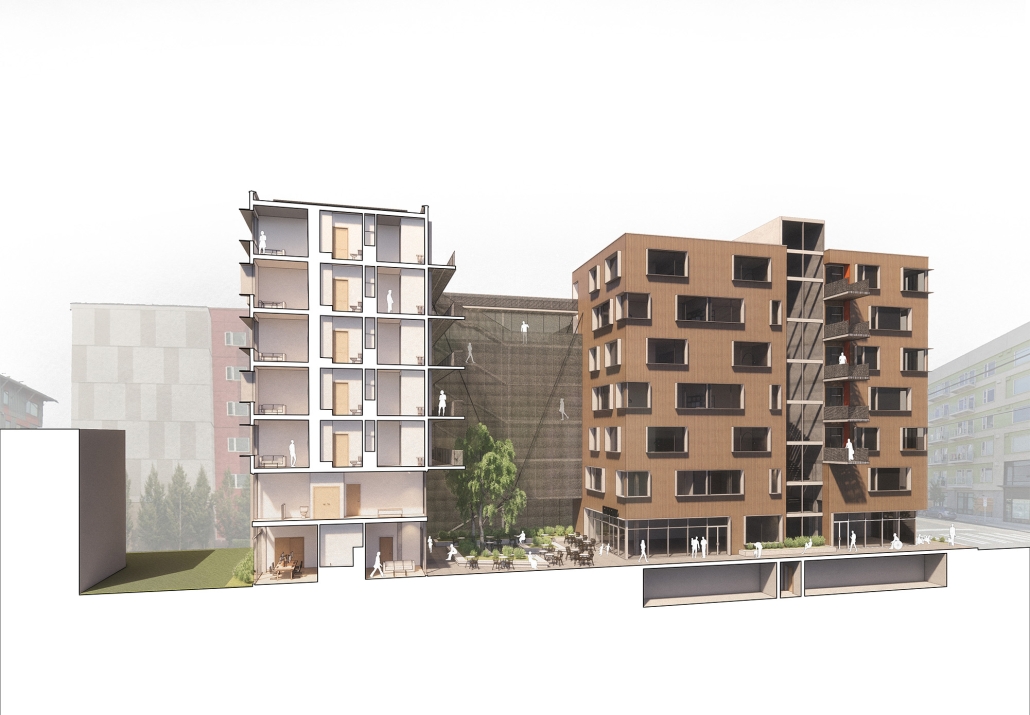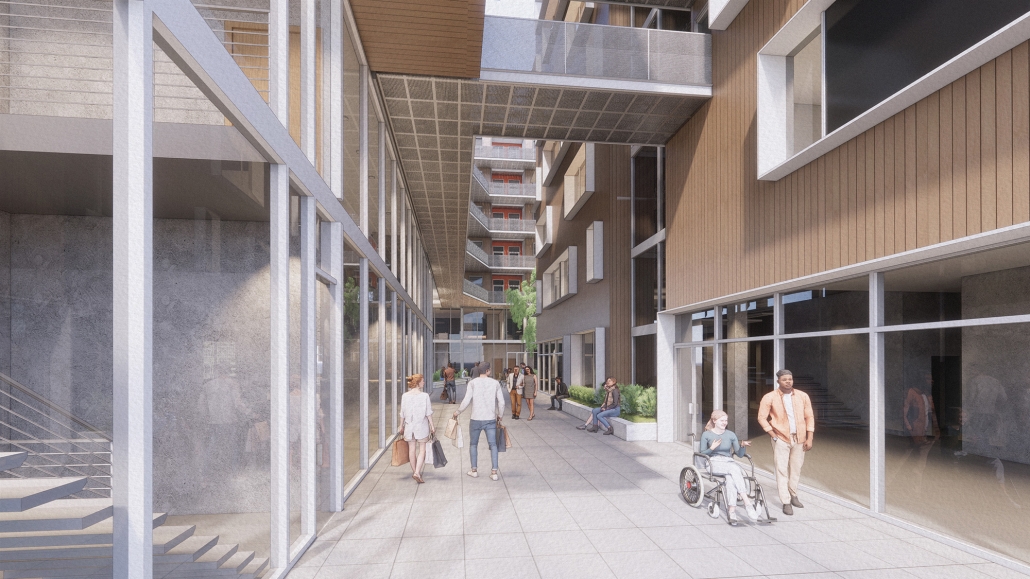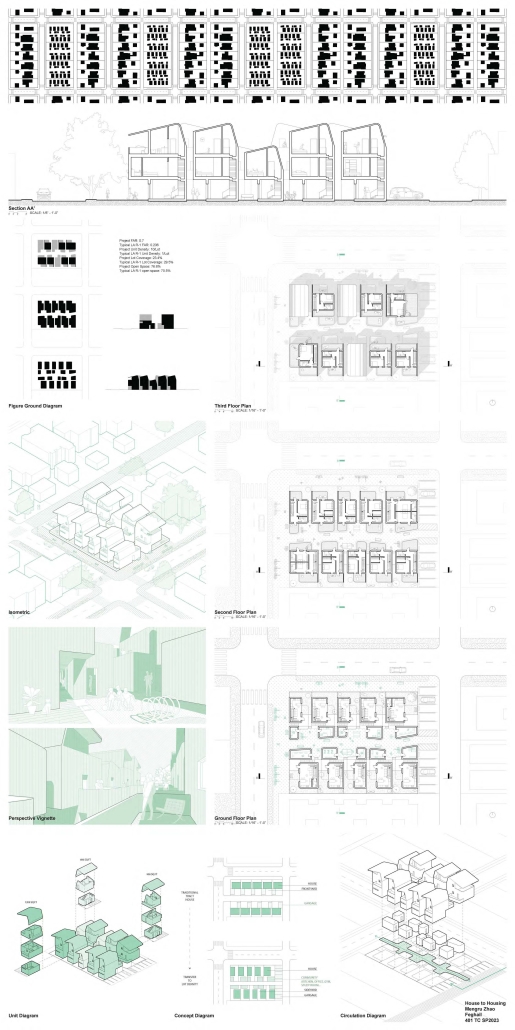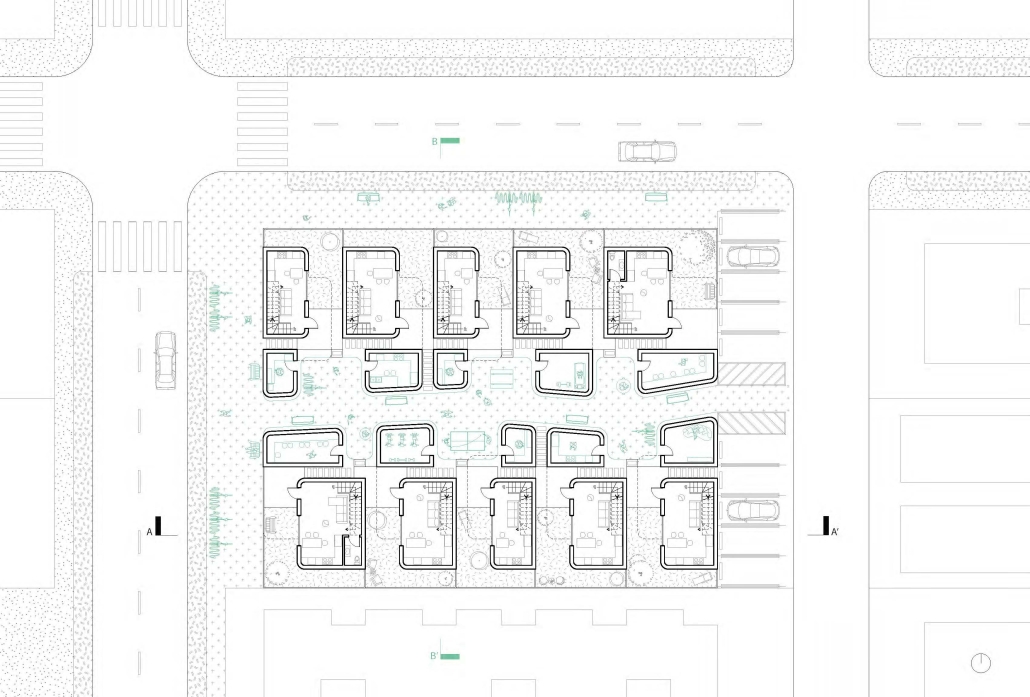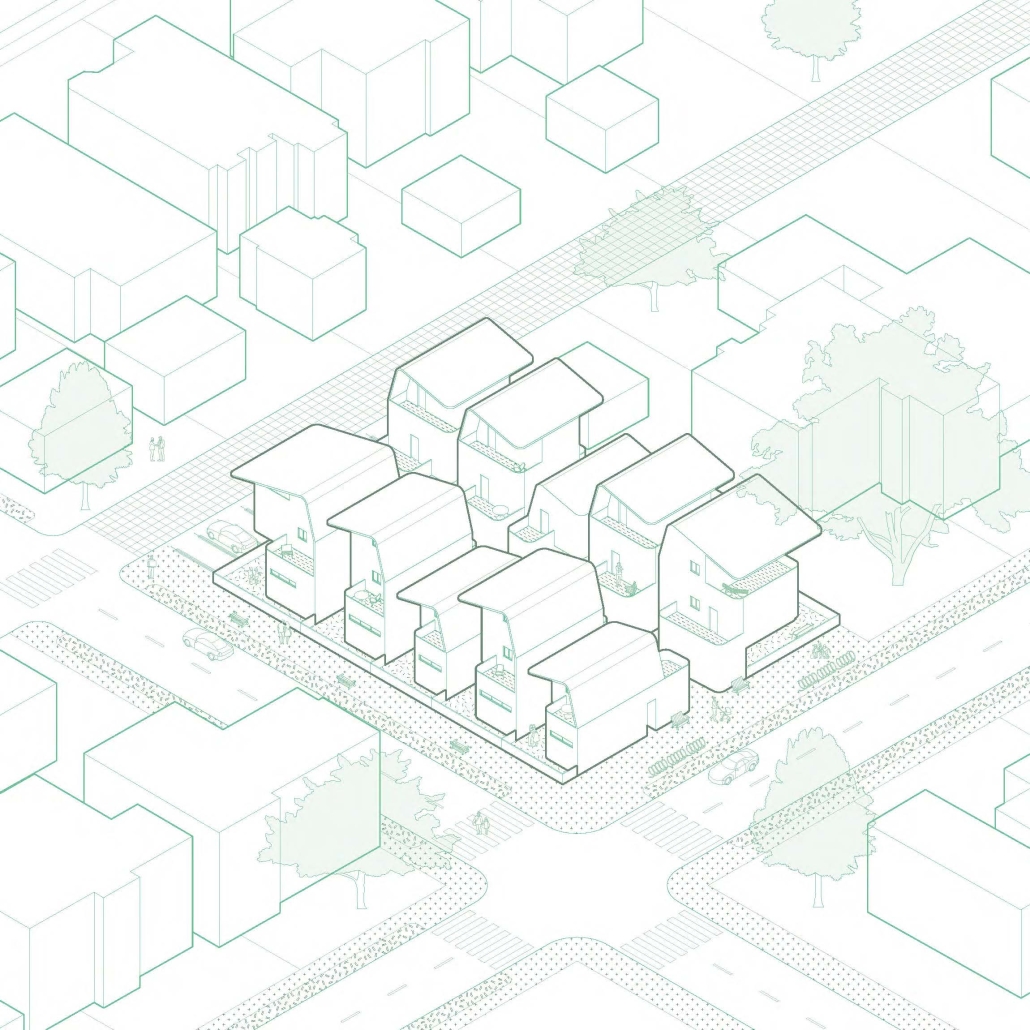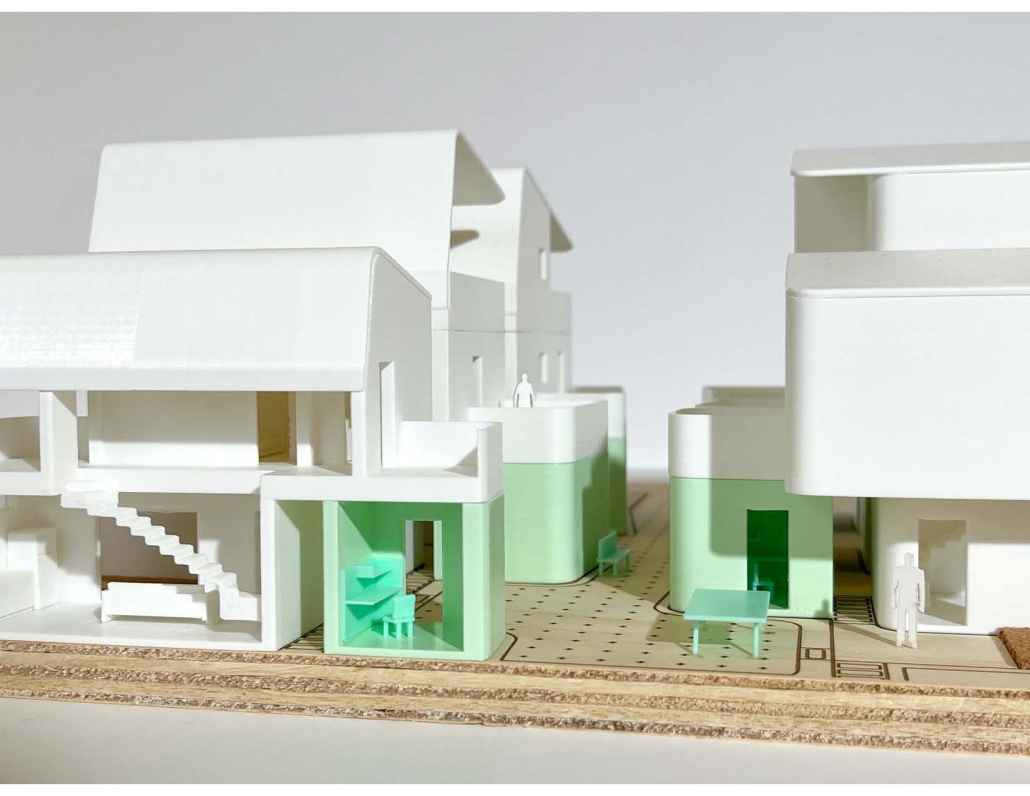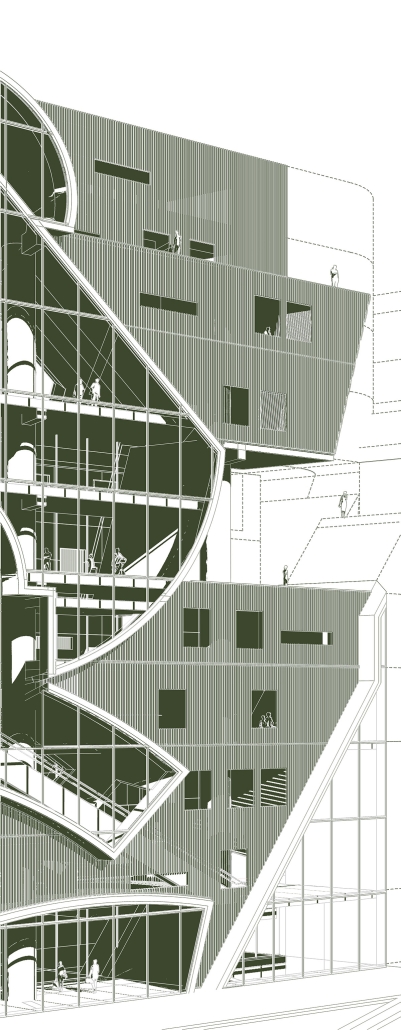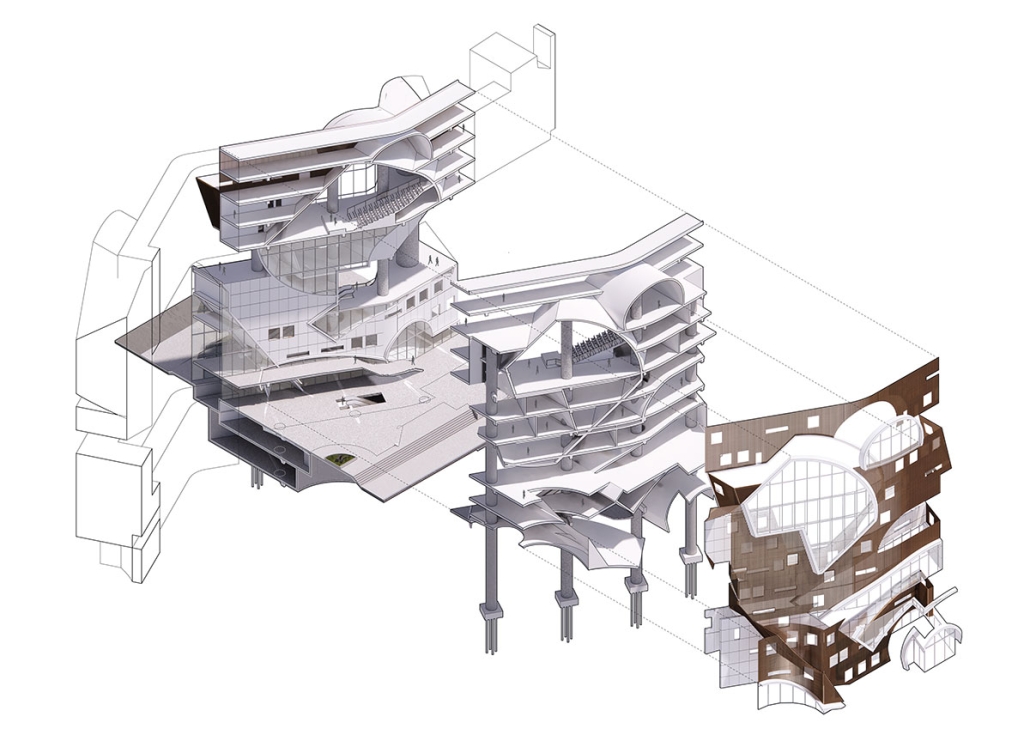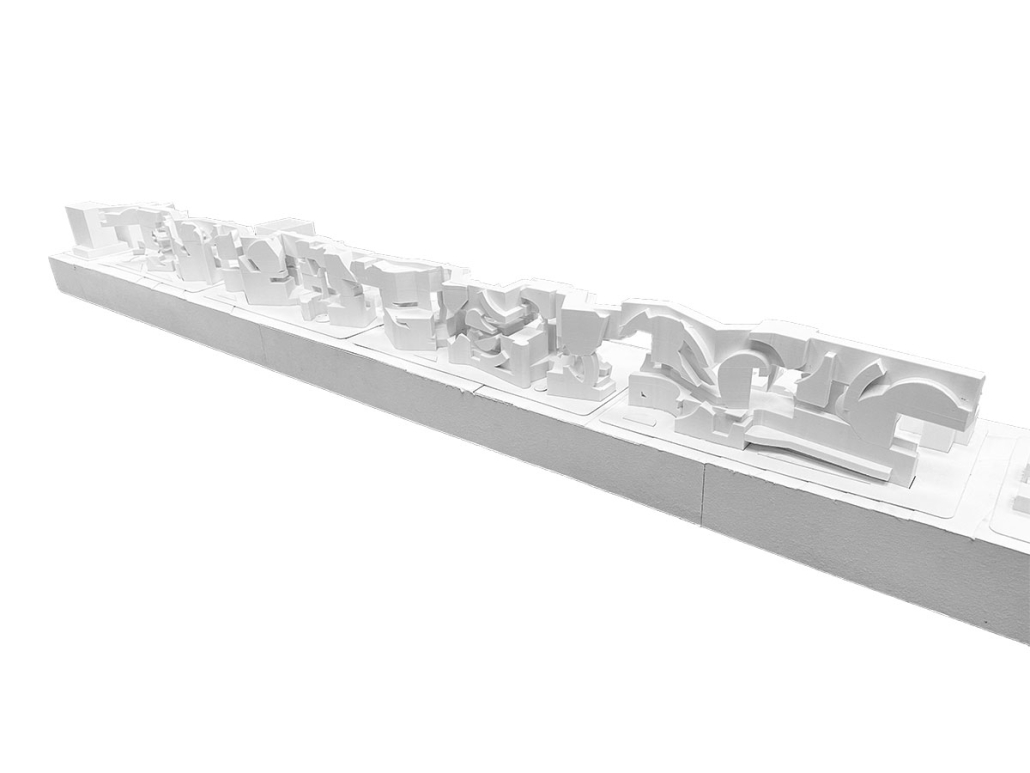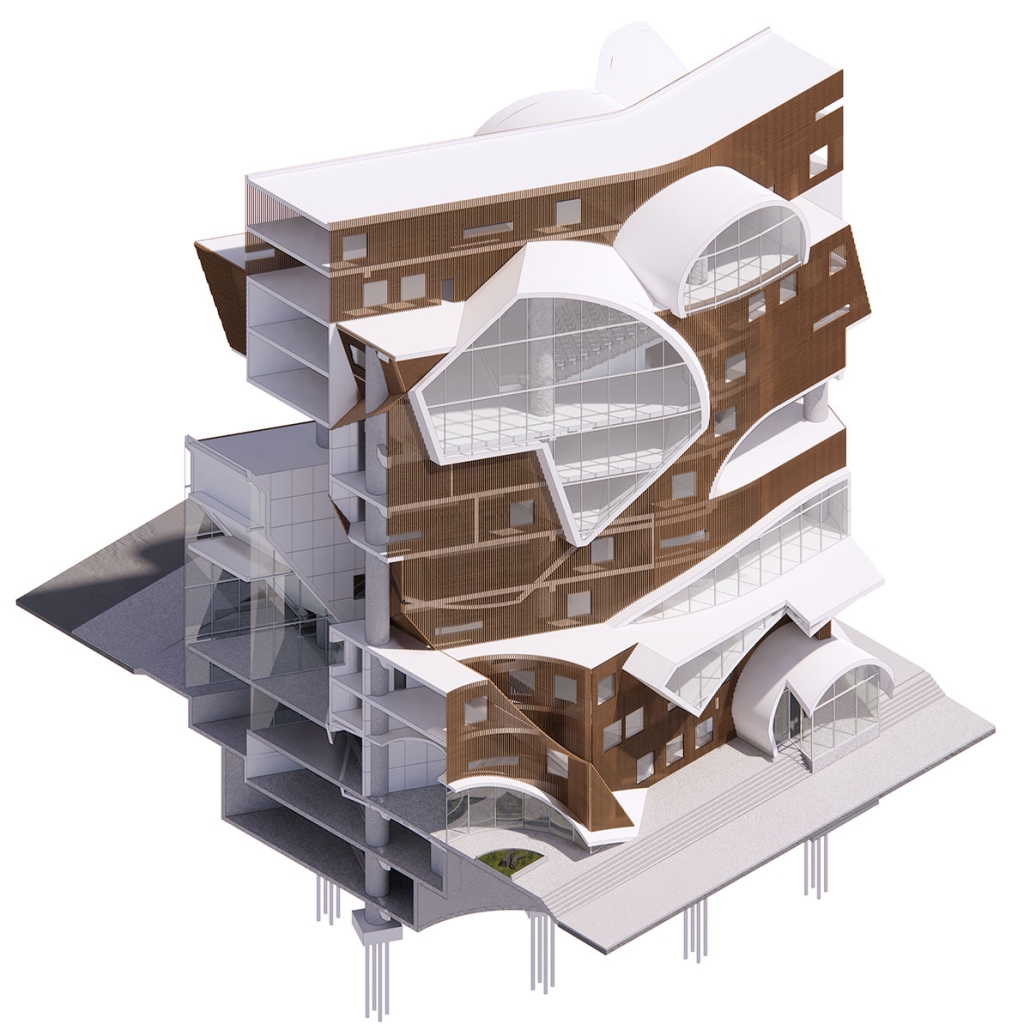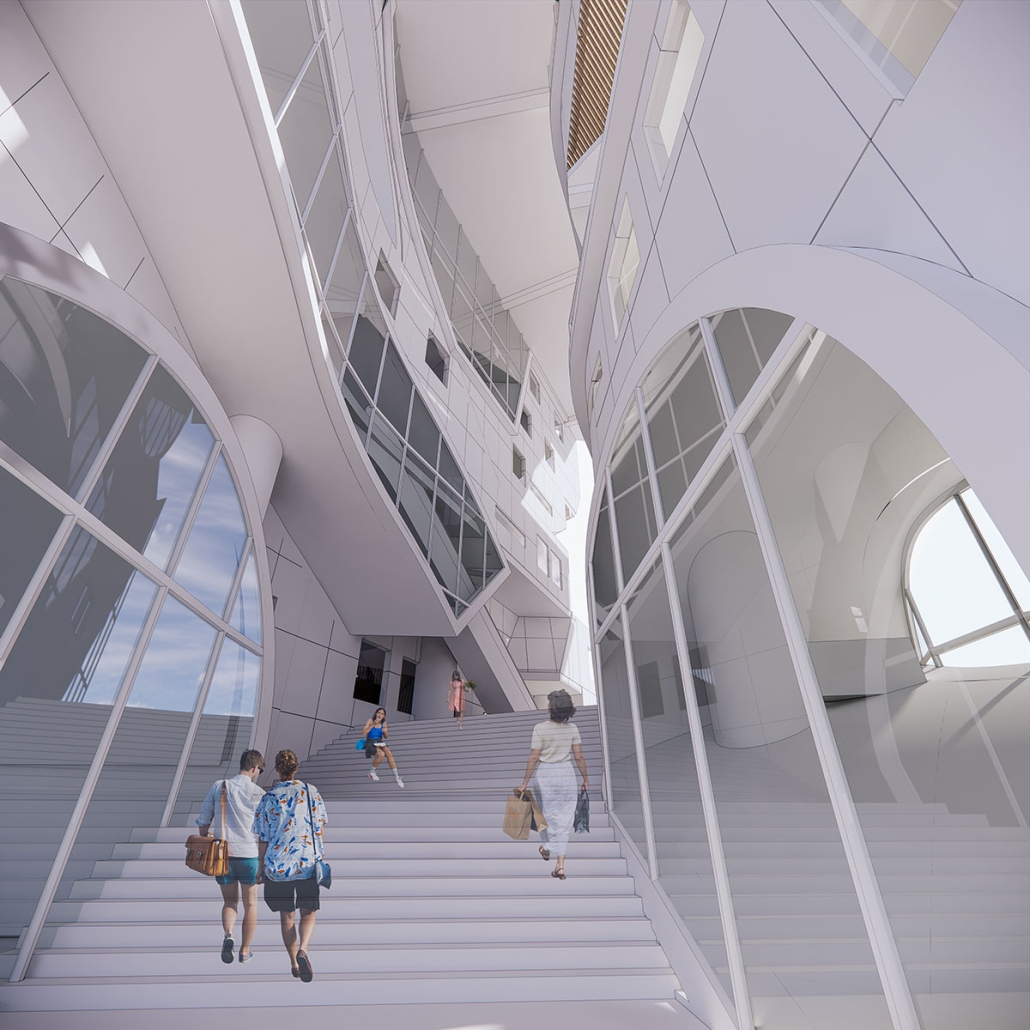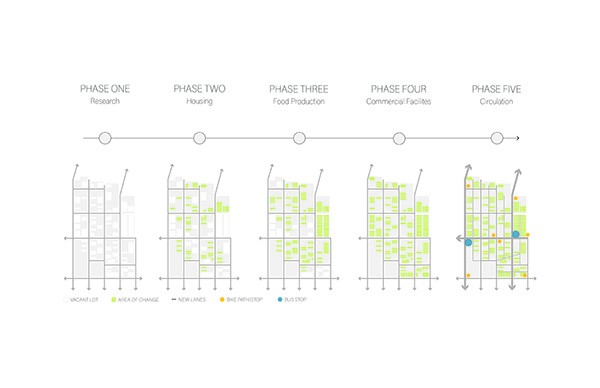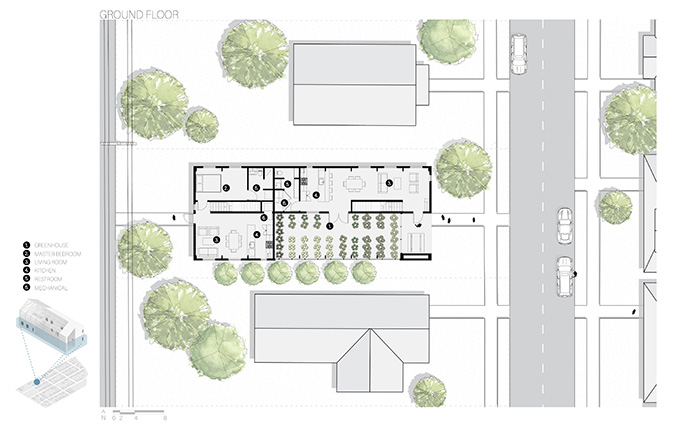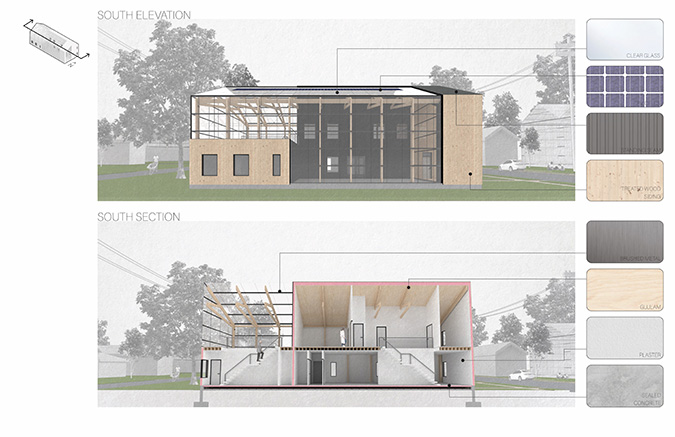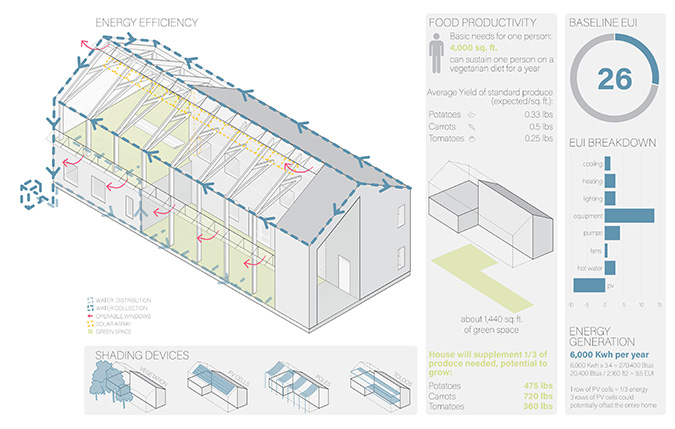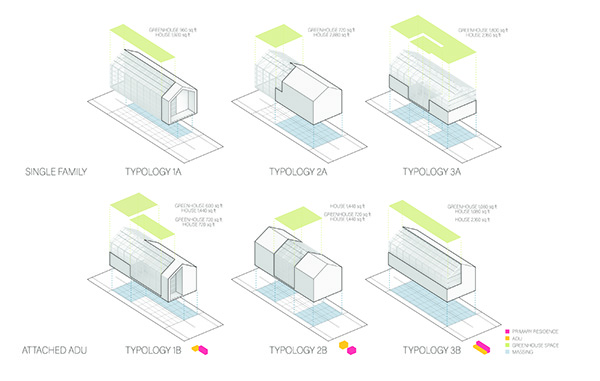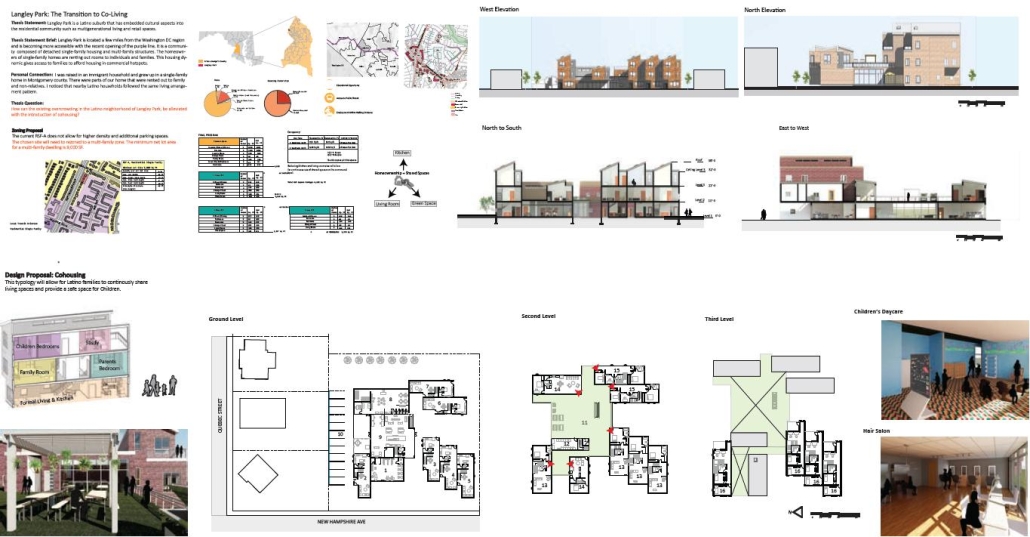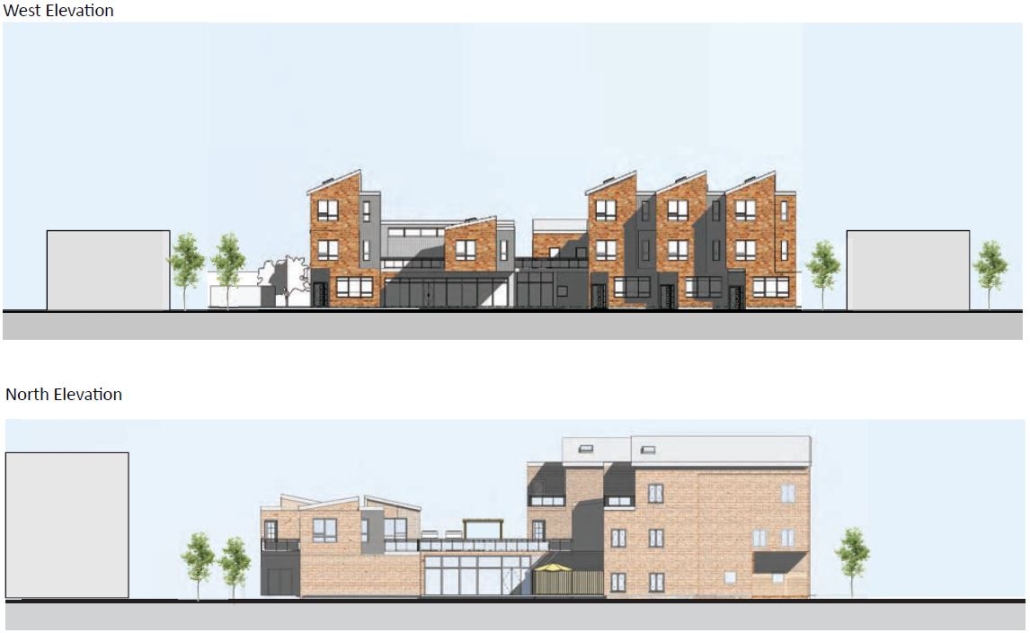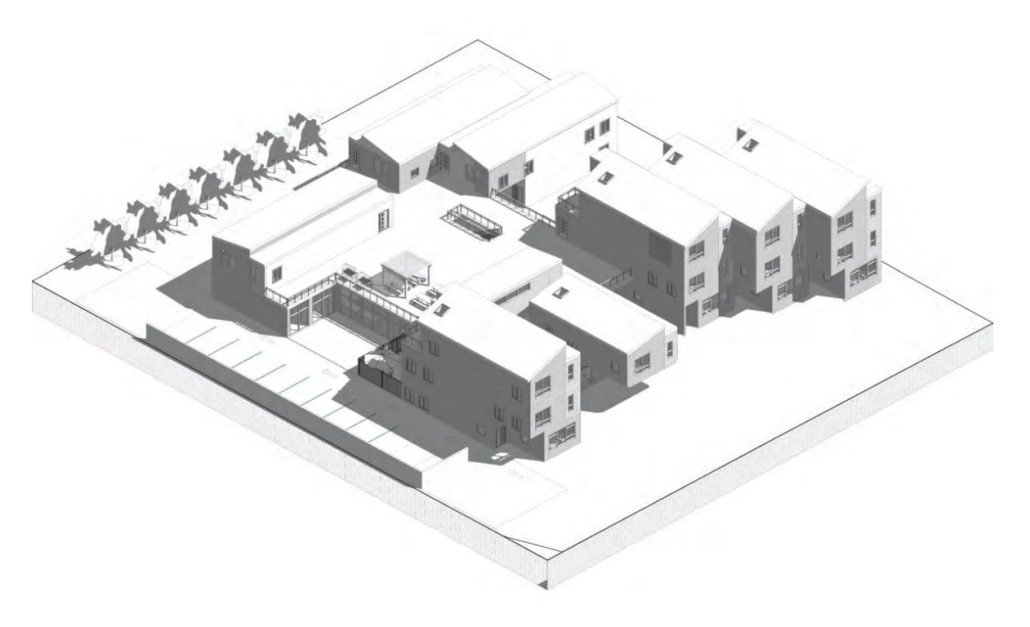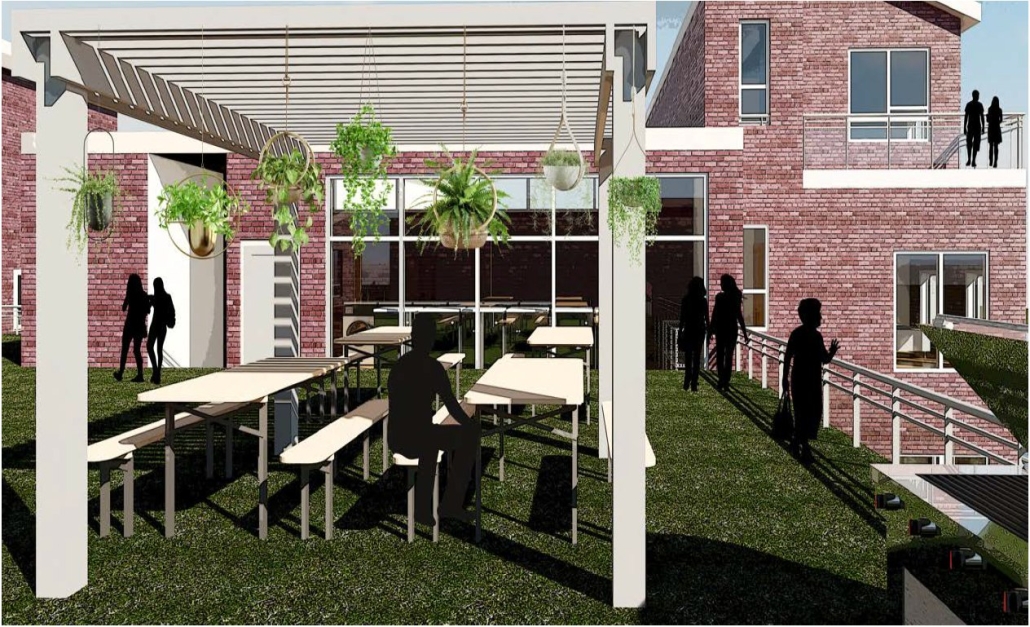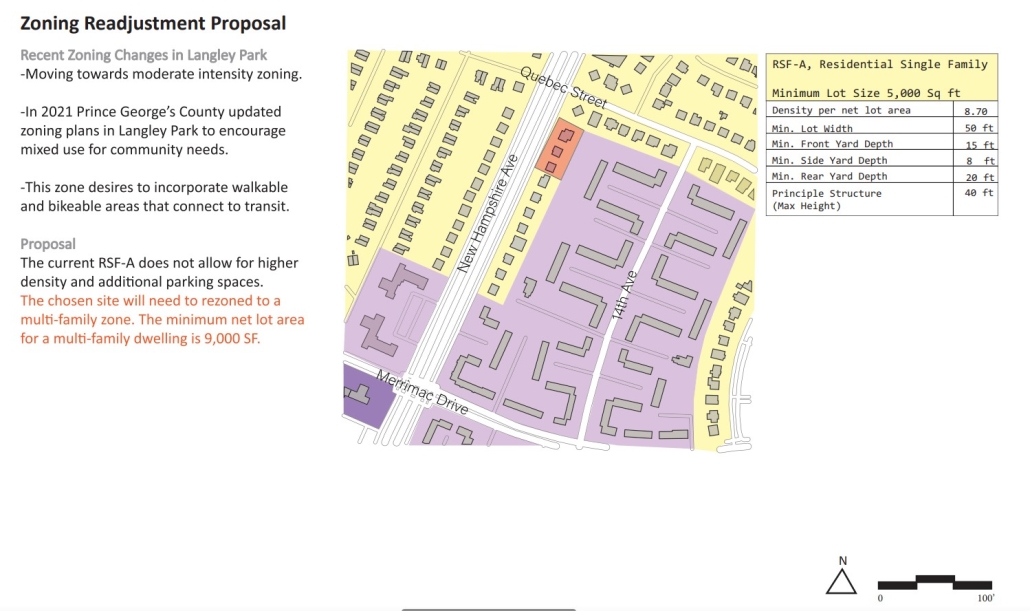15 Design + Build Architecture Programs Across the United States
The academic world is evolving— today’s leading architecture schools are embracing the “pracademics” approach, where theoretical knowledge is deeply intertwined with practical application. This shift is particularly evident at schools that have adopted Design + Build programs. These aren’t just trendy offerings; they’re a direct response to students’ hunger for experiential learning—internships, practicals, and real-world projects that translate into tangible skills. The impact of these programs is undeniable: a recent National Association of Colleges and Employers (NACE) survey highlights that students in these programs enjoy greater post-graduate job satisfaction, accelerated career development, and higher starting salaries.
To help you explore this exciting frontier of architectural education and find the program that best aligns with your ambitions and interests, we’ve compiled a list of 15 Design-Build architecture programs across the United States. This list is non-exhaustive (and in no particular order), but each of these institutions demonstrates a strong commitment to advancing practical education, offering students like you unparalleled opportunities to gain real-world experience and shape the built environment.
1. Auburn University
What truly sets Auburn University apart is its iconic Rural Studio, established in 1993. Rural Studio provides students with an immersive, hands-on experience, focusing on community-driven projects in the West Alabama region. This unique program emphasizes social responsibility and sustainable design, offering students unparalleled opportunities to translate theoretical knowledge into tangible, impactful built works.
Learn more: https://cadc.auburn.edu/architecture/architecture-degrees-programs/program-of-architecture/rural-studio/.
(Lions Park Scouts / Auburn University Rural Studio, Image Credit: ArchDaily)
2. University of Kansas
A cornerstone of the University of Kansas’s practical education is Studio 804, an internationally acclaimed and award-winning design-build program. This unique, year-long capstone experience for graduate students allows them to design and construct a sophisticated building from start to finish. Studio 804 is renowned for its commitment to sustainable, affordable, and inventive building solutions, frequently achieving LEED Platinum certification for its projects and providing students with unparalleled hands-on experience in every aspect of the construction process.
Learn more: https://designbuild.ku.edu/.
(436 Indiana Street House 2024, Image Credit: Corey Gaffer)
3. Louisiana Tech University
The School of Design at Louisiana Tech University places a strong emphasis on hands-on learning, notably through its ongoing partnership with North Central Louisiana Habitat for Humanity and the MedCamps of Louisiana. This collaboration provides students with invaluable design-build experience, allowing them to contribute directly to community development by designing and constructing homes for families in need. This commitment to practical application and social responsibility ensures that Louisiana Tech graduates are well-prepared to make a tangible impact in the built environment.
Learn more: http://design.latech.edu.
(Pavilion at Louisiana MedCamps built by Lousiana Tech University students, Image Credit: Louisiana Tech University)
4. University of Nebraska—Lincoln
The University of Nebraska–Lincoln is deeply committed to fostering social responsibility and promoting sustainable building practices through its partnerships with local non-profits. Central to this mission are two distinct design-build studios: FACT (Fabrication and Construction Team) and PLAIN. FACT, led by Professor Jeffrey L. Day, has garnered significant recognition, including the prestigious distinction of winning the ACSA’s first-ever national Design/Build Award in 2013. PLAIN’s main focus is on using renewable timber as the primary material for their designs. The choice of material connects with the broader scope of the project to promote sustainable designs and engage with the circular community. Both studios provide students with invaluable hands-on experience, bridging the gap between design conceptualization and tangible construction, all while contributing to community needs and advancing sustainable design principles.
Learn more: https://architecture.unl.edu/designbuild-studios/ and https://plaindesignbuild.com/ .
(FACT 26 Solar Mobility Hubs 2022, Image Credit: University of Nebraska–Lincoln)
5. University of Utah
The University of Utah is home to the highly regarded DesignBLUFF program, a flagship initiative within its College of Architecture + Planning. This immersive design-build experience sends graduate architecture students to the remote town of Bluff, Utah, adjacent to the Navajo Nation. Here, students engage in a unique cross-cultural collaboration, designing and constructing full-scale architectural projects, often single-family homes or community buildings, in partnership with local Navajo communities. DesignBLUFF emphasizes sustainable building practices, respect for unique social and cultural needs, and the utilization of local, often salvaged, materials. The program offers an unparalleled opportunity for students to translate their designs into tangible structures, gaining vital hands-on construction skills while fostering a deep understanding of community-engaged design.
Learn more: https://bluff.designbuildutah.org/
(Four Peaks Flexibility as Design Equity 2020, Image Credit: University of Utah)
6. Yale University
Yale University’s esteemed Master of Architecture (M.ARCH.) program boasts a truly unique and enduring design/build tradition: the Jim Vlock First Year Building Project. A required component of the curriculum for all first-year M.ARCH. I students, this project has been an annual undertaking since its inception in 1967. Students work collaboratively to design and construct a full-scale building, typically a dwelling or community-focused structure, for underserved populations in New Haven. This hands-on experience provides an unparalleled opportunity to engage with every stage of the architectural process, from conceptual design and client interaction to construction and project management. The Jim Vlock Building Project is renowned for its commitment to social responsibility, often focusing on affordable housing solutions and contributing to the local community.
Learn more: https://www.architecture.yale.edu/academics/building-project.
(2024 Jim Vlock First Year Building Project, Image Credit: Bohan Chen and Deming Haines)
7. Parsons School of Design
Parsons School of Design, a part of The New School, offers dynamic design/build opportunities primarily through dedicated courses open to both juniors and seniors. A notable example is their “Design Build: Street Seats” elective, which partners with the New York City Department of Transportation (DOT). In this program, students are tasked with designing and constructing public urban spaces, often in the form of “Street Seats” – temporary installations that transform underutilized street areas into vibrant social hubs. This hands-on experience provides students with a holistic understanding of the design process, from conceptualization and client interaction to material sourcing, fabrication within Parsons’ Making Center, and on-site installation. The program emphasizes urban social and environmental sustainability, encouraging students to consider material lifecycles and community impact. This practical approach allows students to directly engage with real-world urban challenges and contribute tangible solutions to the cityscape.
Find out more information by searching “design+build” in their course catalog here.
(2017 New School Parsons School of Design & NY Department of Transportation Street Seats , Image Credit: The New School and students Finnegan Harries and Alyson Thompson)
8. University of Tennessee—Knoxville
UTK’s College of Architecture and Design has built a national reputation for its deeply integrated, community-focused Design-Build Program, making it one of the oldest in the country. The program’s impact is evident in its extensive project portfolio, with over 200 completed structures—from public pavilions to community centers. One recent example includes the Trillium pavilion, a biologically inspired 3D-printed structure designed and built by students in 2022. The Trillium pavilion showcases the potential of recycled polymers to create lightweight, high-strength forms inspired by nature, pointing to a future where architecture draws lessons from biological structures and fosters sustainable building practices.
Learn more: https://archdesign.utk.edu/academics/school-of-architecture/
(2022 Trilium Pavilion , Image Credit: University of Tennessee—Knoxville)
9. University of North Carolina—Charlotte
The University of North Carolina at Charlotte offers a comprehensive suite of architectural and urban design degrees. A key component of its practical education is the City.Building.Lab, which serves as a hub for action-based research and community engagement. Beyond this dedicated lab, the School of Architecture integrates design-build experiences through various seminars, providing students with direct, hands-on opportunities to apply their skills to real-world challenges. UNCC students have notably engaged in impactful projects in both Salisbury and Chicago, collaborating with urban planners to develop tangible solutions for urban environments. This emphasis on community-engaged design and interdisciplinary partnerships prepares graduates to be effective and socially responsible practitioners.
Learn more: https://citybuildinglab.charlotte.edu/
(City.Building.Lab Parklets, Image Credit: University of North Carolina—Charlotte)
10. University of Washington
The University of Washington offers a diverse range of degrees within the built environment. While the university is home to the Design Machine Group, which explores digital fabrication and smart environments, its most prominent design-build presence for hands-on construction is within the Landscape Architecture program. This robust design/build initiative was notably established in 1995 by Professor Daniel Winterbottom and provides both undergraduate and graduate students with unique opportunities to engage in the full cycle of design and construction. Projects often involve creating community amenities, emphasizing sustainable practices, and working collaboratively with local groups, both domestically and internationally. This approach ensures students develop a deep understanding of the relationship between design, materials, and real-world impact.
Learn more: https://larch.be.uw.edu/portfolio/designbuild/.
(University of Washington Summer Design Build 2022 in Traena, Norway, Image Credit: Maron Bernardino, Heather Fortunato, Jenna Simpson)
11. Drury University
Drury University stands out with its distinctive “Whole-School” approach to design-build projects, a method believed to be unique in the United States. This integrated curriculum ensures that design-build is not just an elective or a single studio, but a pervasive element throughout the architectural education, involving numerous students and often a broad base of volunteers. The program consistently engages with cutting-edge technology and community needs. For instance, a current initiative sees Drury students working at full-scale with a concrete 3D printer, pioneering the development of low-income housing. This ambitious project is made possible through a partnership with The Gathering Tree, a local nonprofit dedicated to combating homelessness. With this partnership, Drury showcases its commitment to innovation, practical application, and social impact in addressing real-world challenges.
Learn more: https://www.drury.edu/architecture/design-build/.
( 2023 Design-Build Project: Stomp the Blues Out of Homelessness: Cottage for the Unsheltered, Image Credit: Drury University)
12. University of Miami
A notable component of The University of Miami’s practical education is their Design/Build Program, which focuses on developing leaders for complex building projects with an emphasis on resiliency, sustainability, and innovative project delivery. This approach underscores the idea that architecture is a civic endeavor, fostering a strong sense of community and collaboration. The School of Architecture has showcased nine featured projects undertaken by students, demonstrating their commitment to translating design concepts into tangible, impactful built works.
Learn more: https://www.arc.miami.edu/academics/graduate/design-build/index.html and see featured projects here: https://issuu.com/umsoa/docs/designbuild-book-10.15.18.
( 2012 Everglades Eco Tent Project, Image Credit: University of Miami)
13. North Carolina State University
North Carolina State University’s College of Design offers a long-standing and public-serving Design + Build program that actively engages students in real-world projects for community clients. The Summer Design + Build Studio is particularly notable, leading student teams through an intensive eleven-week process from inception to completion, encompassing client relations, site planning, design development, construction documentation, permitting, budgeting, and actual construction. This “design-make-design” cycle, as lead instructor Randy Lanou describes it, allows students to immediately experience the tangible consequences of their design decisions, fostering a deeper understanding of the built environment. This dedication to practical, impactful work has garnered significant recognition, including a prestigious Sir Walter Raleigh Award for Community Appearance in the Landscape Design category for their Syme Hall landscape project. NCSU’s Design + Build program is celebrated for its ability to transform conceptual ideas into award-winning, functional, and beautiful spaces that serve the community.
Learn more: https://design.ncsu.edu/student-enrichment/design-build/ .
( 2019 Syme Hall Landscape Design, Image Credit: North Carolina State University)
14. University of Idaho
The University of Idaho provides valuable design/build opportunities through a multifaceted approach within its architecture program. Students can gain hands-on experience through a dedicated six-credit upper-division and graduate-level studio course, where they work with real clients on real-world projects. Examples of their work include the Hat Ranch Winery and the Moose Creek Warming Hut, demonstrating a commitment to impactful community projects across Idaho. Complementing this, the Idaho Architecture Collaborative, an internal organization within the architecture program, further incubates and facilitates projects that offer practical, tangible building experience. This collaborative spirit ensures that students are deeply involved in the process “from conception to construction,” as the university highlights, developing critical skills in budgeting, client interaction, and material assembly, all while contributing positively to local communities.
Learn more: https://www.uidaho.edu/caa/programs/architecture/student-opportunities/design-build-program
( 2023 Neuman Forest Environmental Learning Pavilions, Image Credit: University of Idaho)
15. Tulane University
Tulane University offers a unique and impactful design/build experience through its acclaimed URBANbuild program. Established in 2005 in the aftermath of Hurricane Katrina, this award-winning initiative allows students to gain firsthand experience designing and constructing homes for New Orleans’ neighborhoods. The two-semester program immerses students in the entire home-building process, from in-depth research and planning to full construction. URBANbuild emphasizes social responsibility, partnering with local non-profits to address critical housing needs for underserved communities, often focusing on sustainable and affordable solutions. Students learn to translate conceptual designs into tangible structures, gaining vital understanding of the construction process and the role of community engagement in architecture.
Learn more https://studyarchitecture.com/blog/program-spotlight-urbanbuild/ and https://urbanbuild.tulane.edu/.
( Tulane University Urban Build 20 5618 N Miro St, Image Credit: Tulane University)
Whether it’s the pursuit of perfection or the permanence of learned skills, the consistent thread in all these programs is the power of practice. As these 16 design-build programs across the U.S. demonstrate, practical education means getting your hands dirty, iterating, and building. It’s through this immersive, practical application that students not only hone their craft but also solidify the foundations of a successful and impactful career in the built environment.

